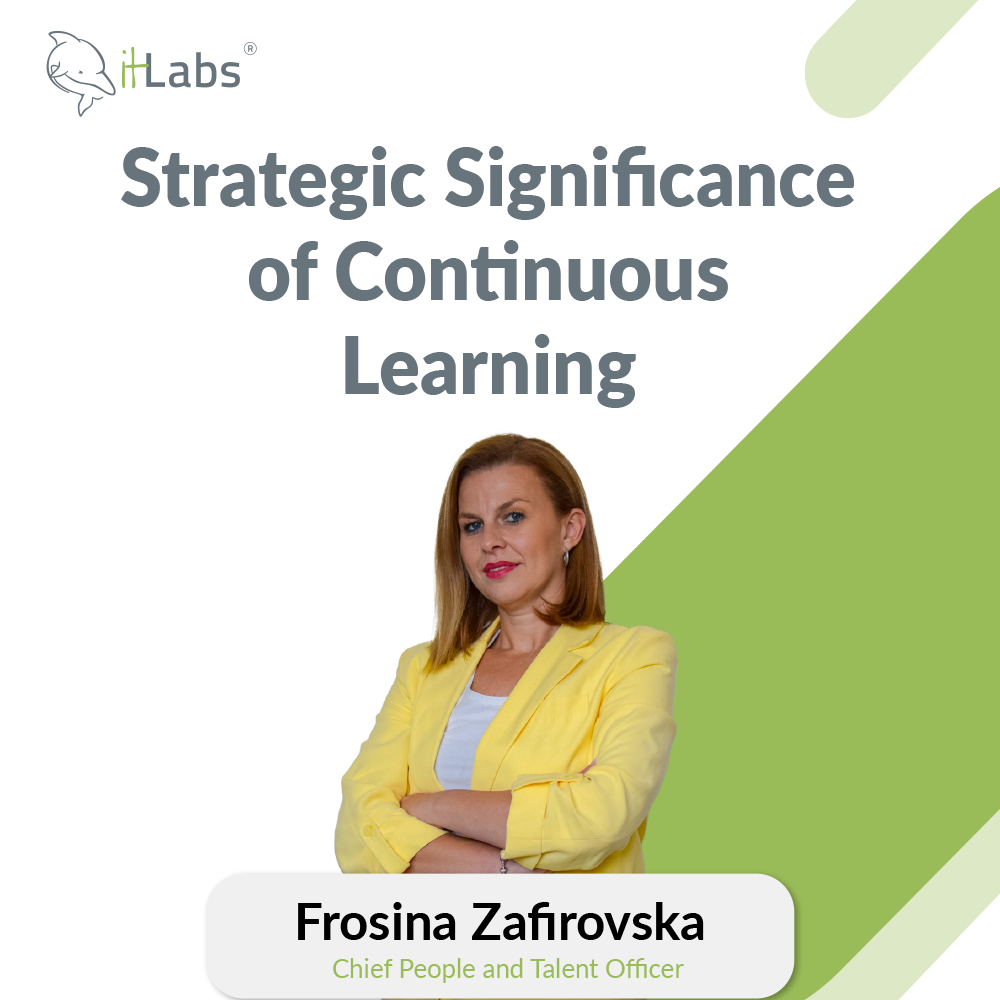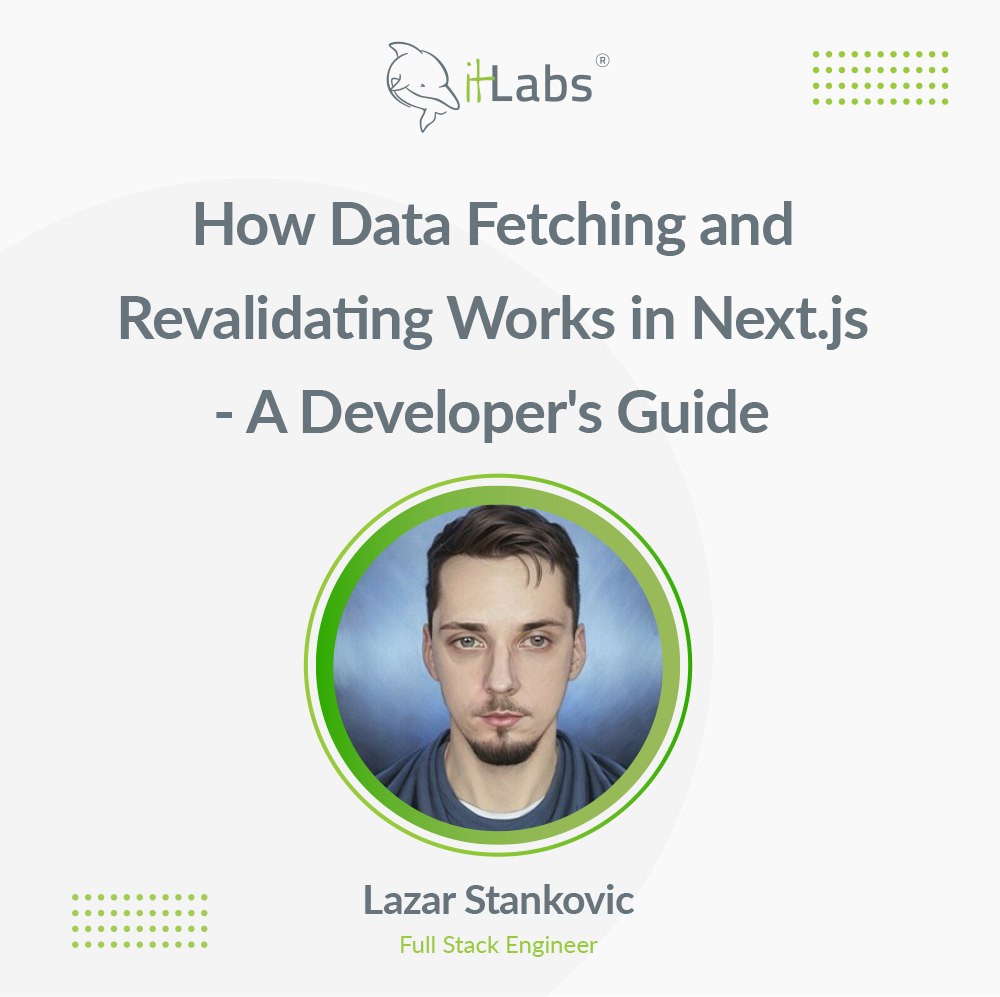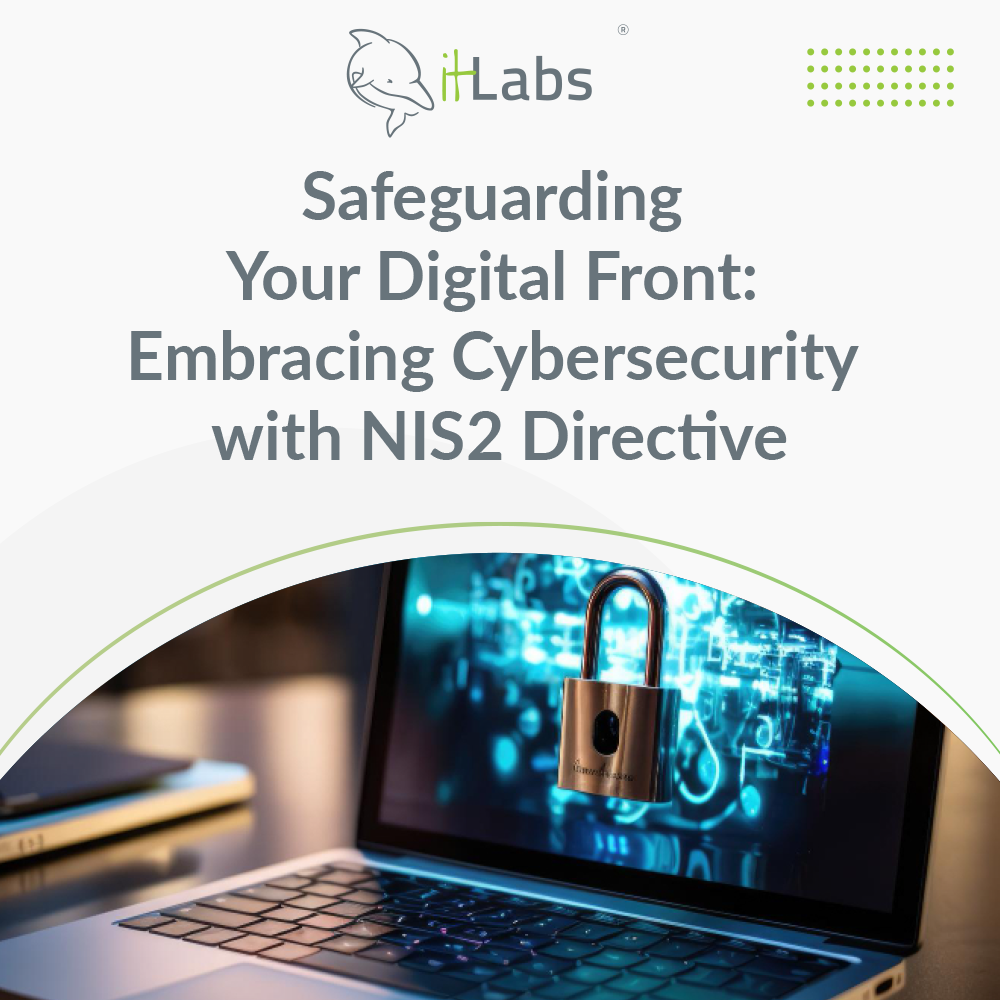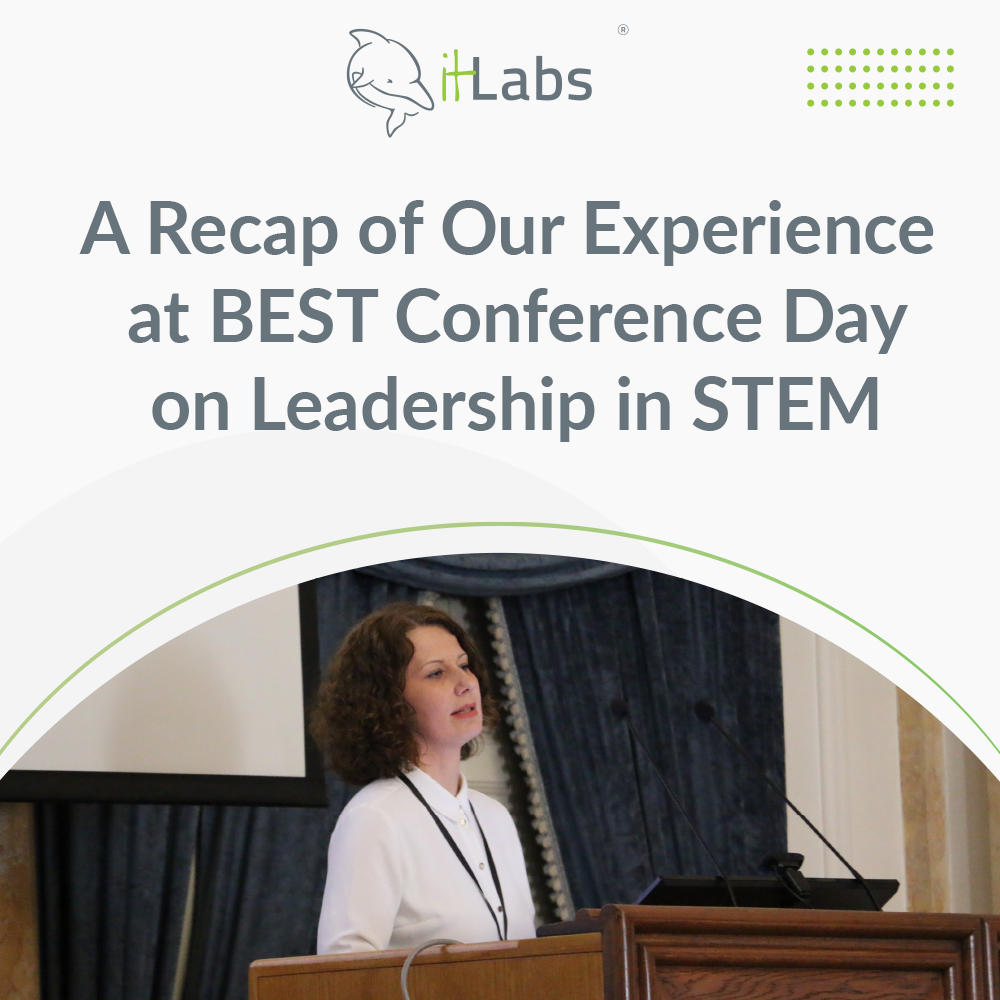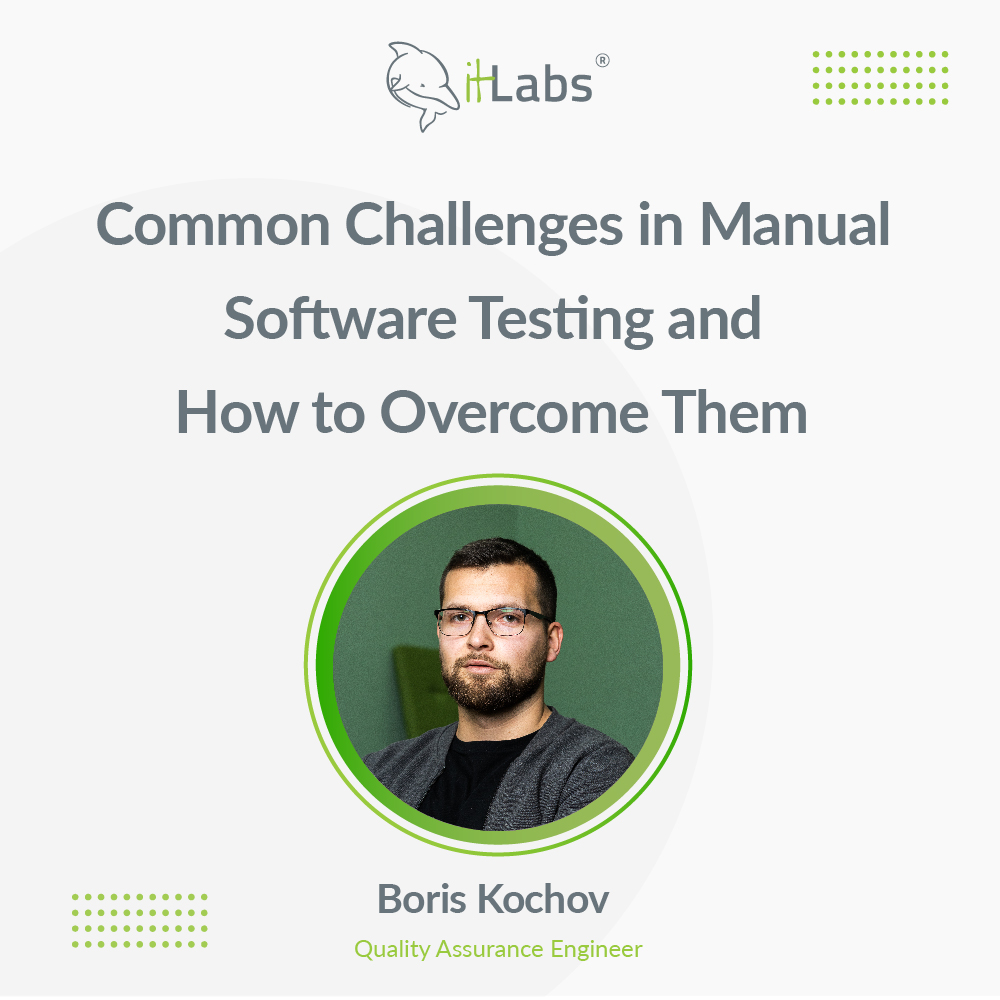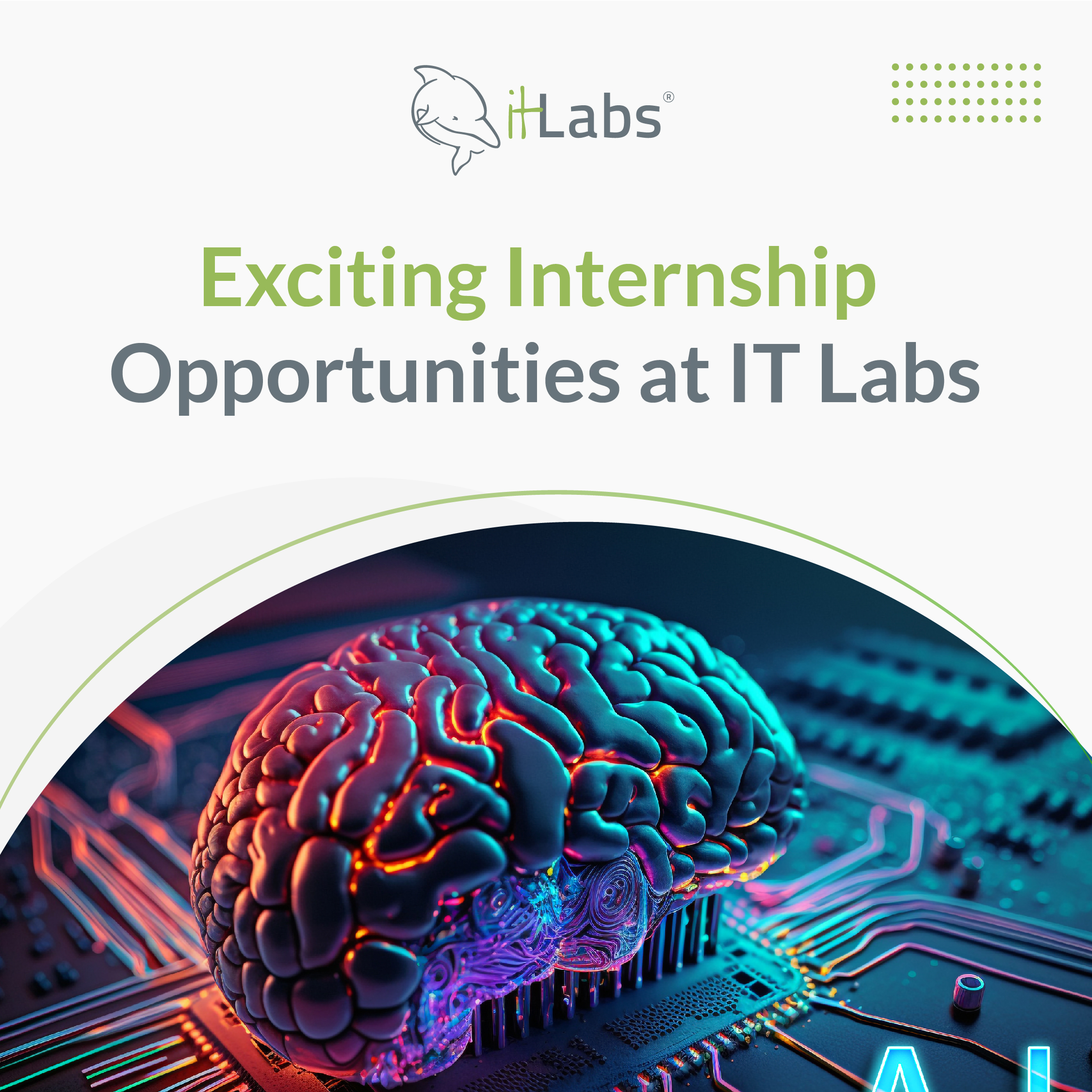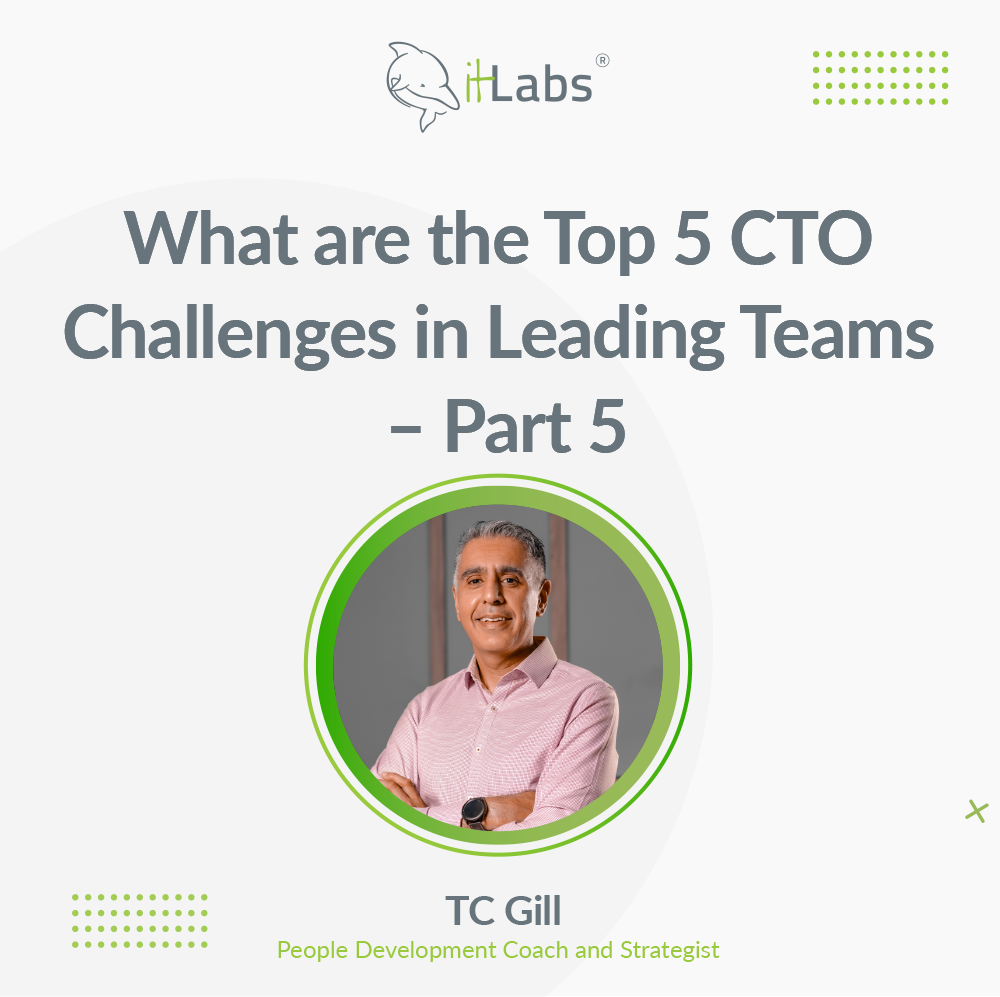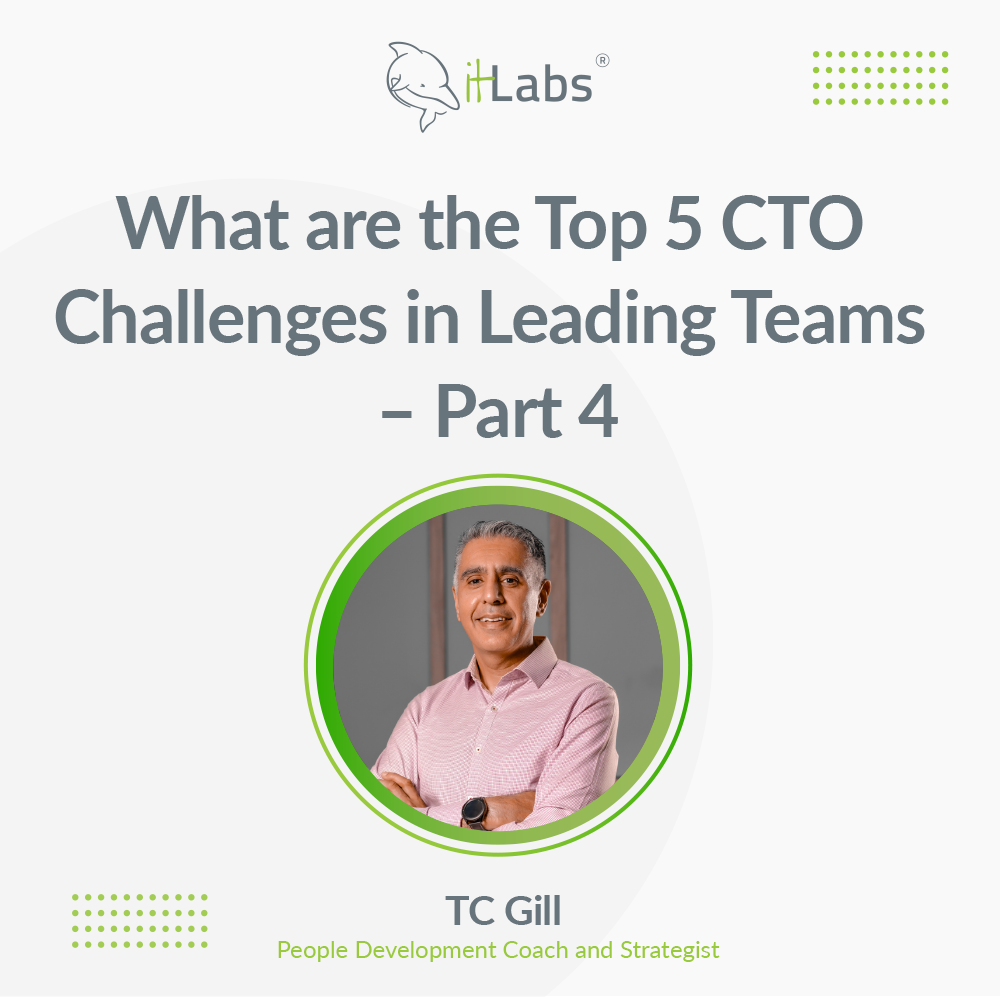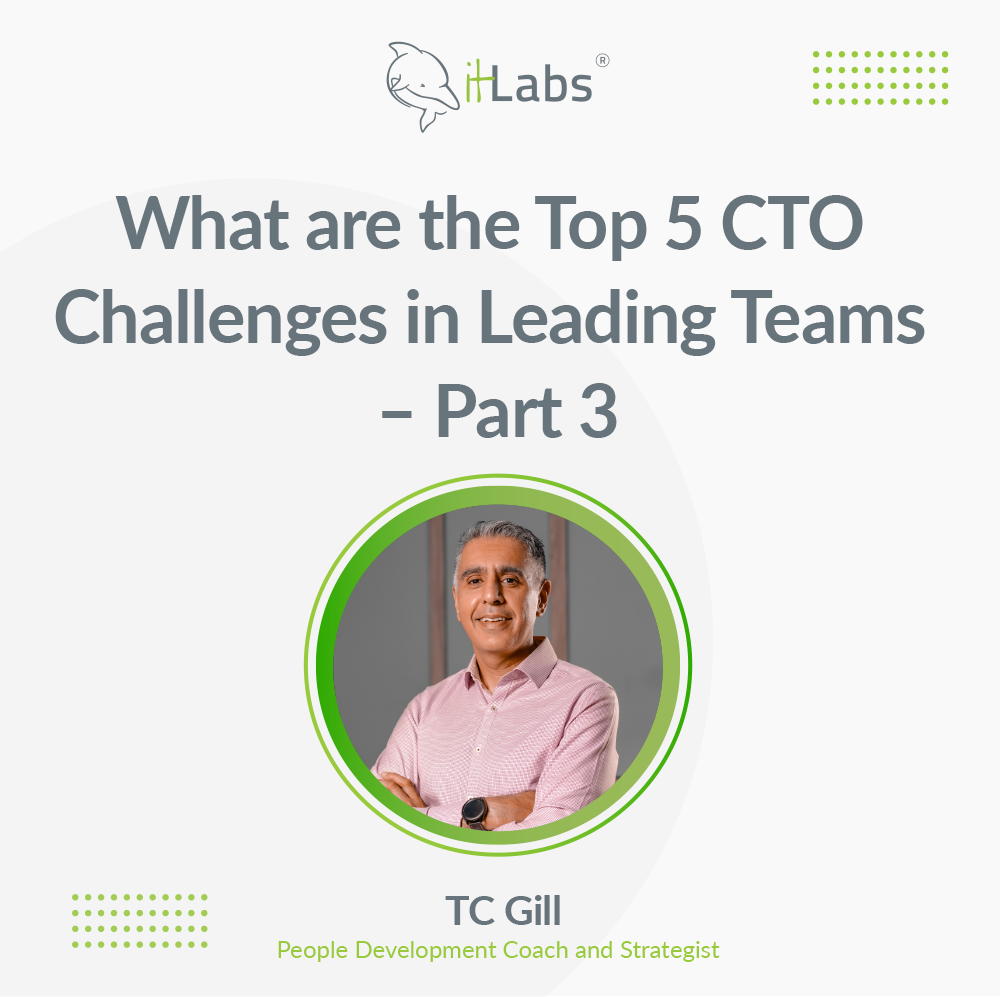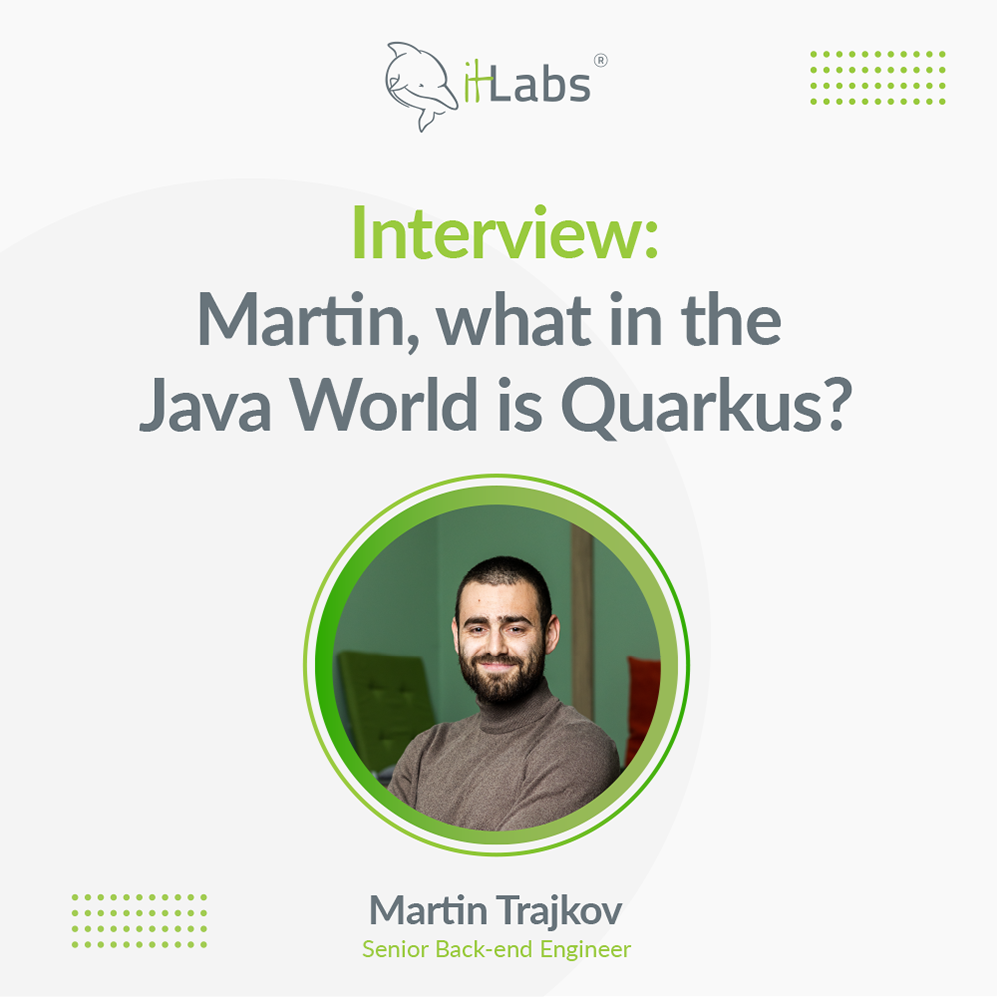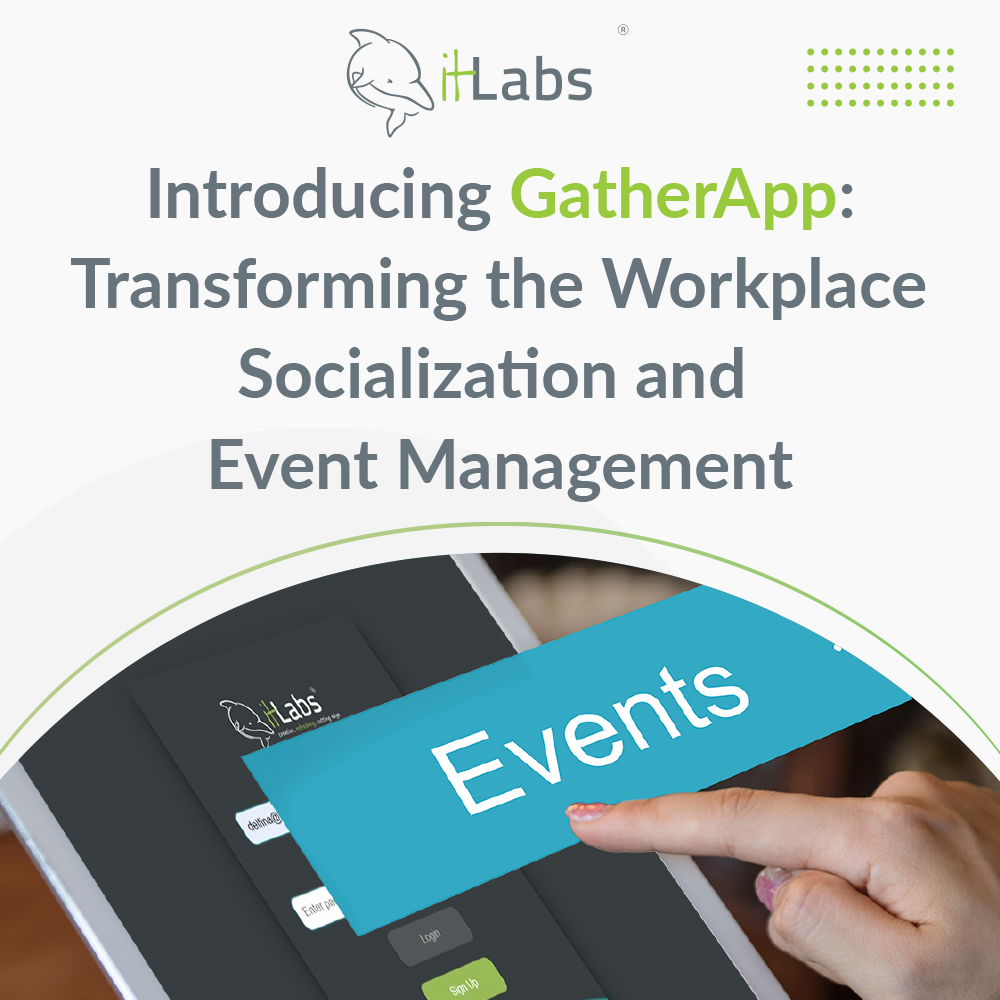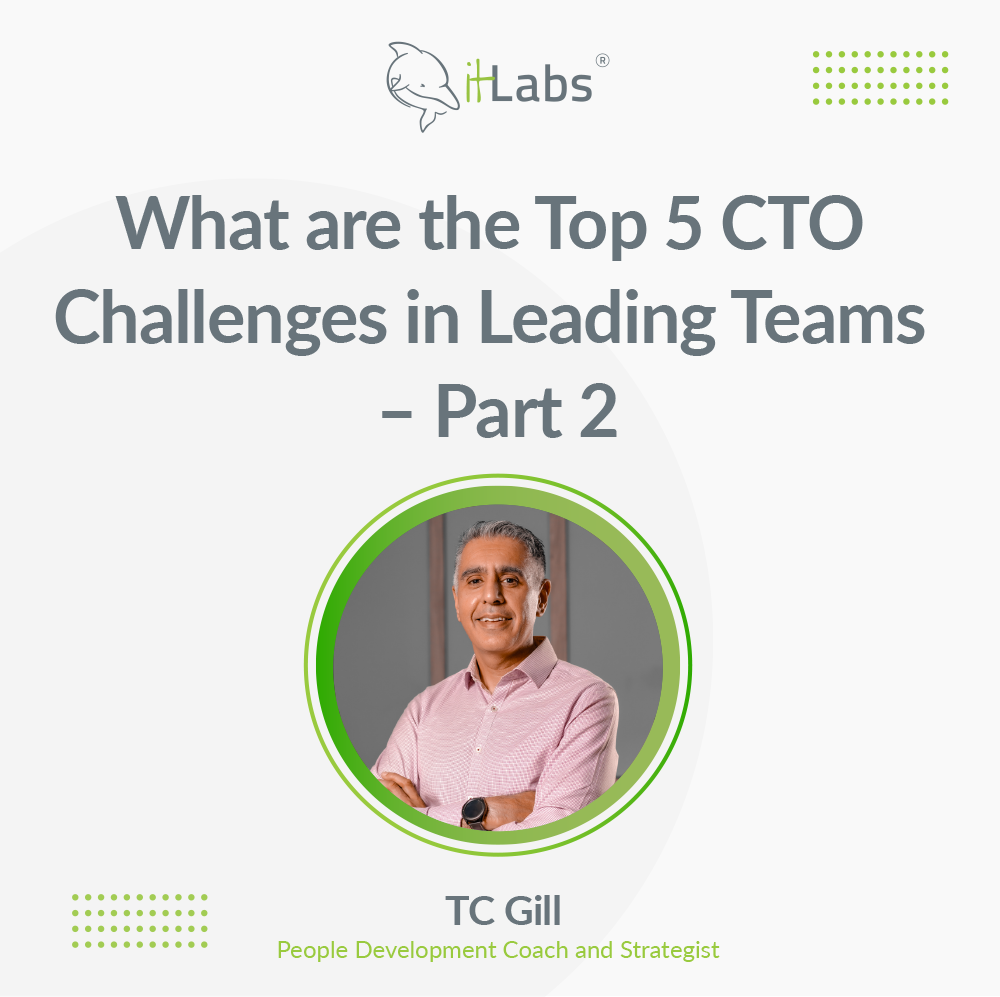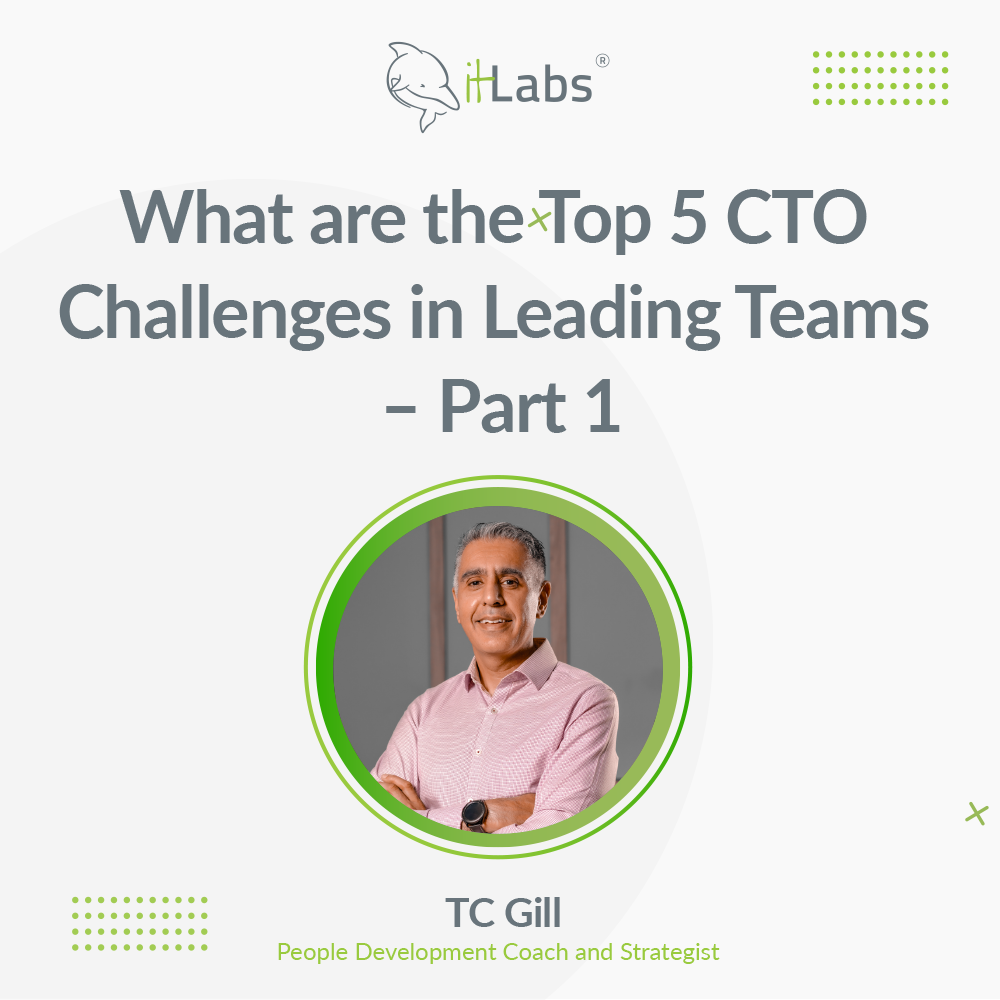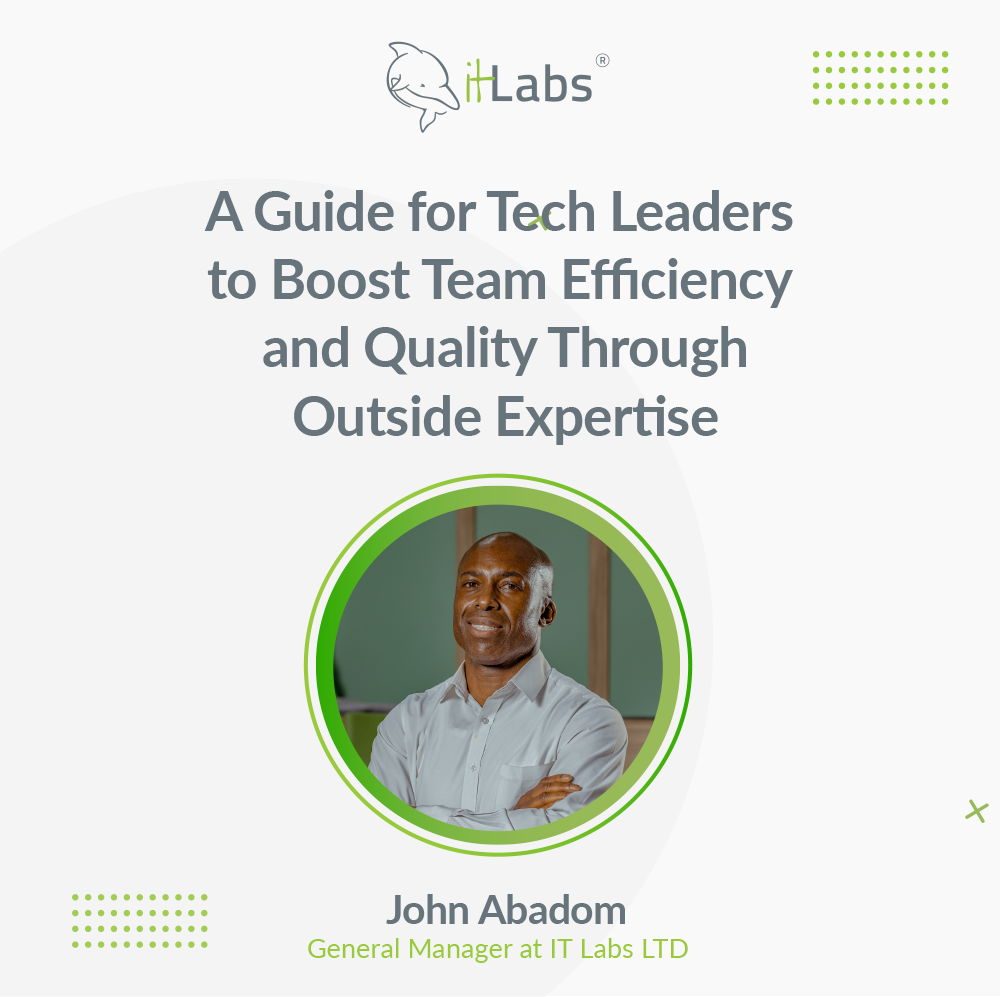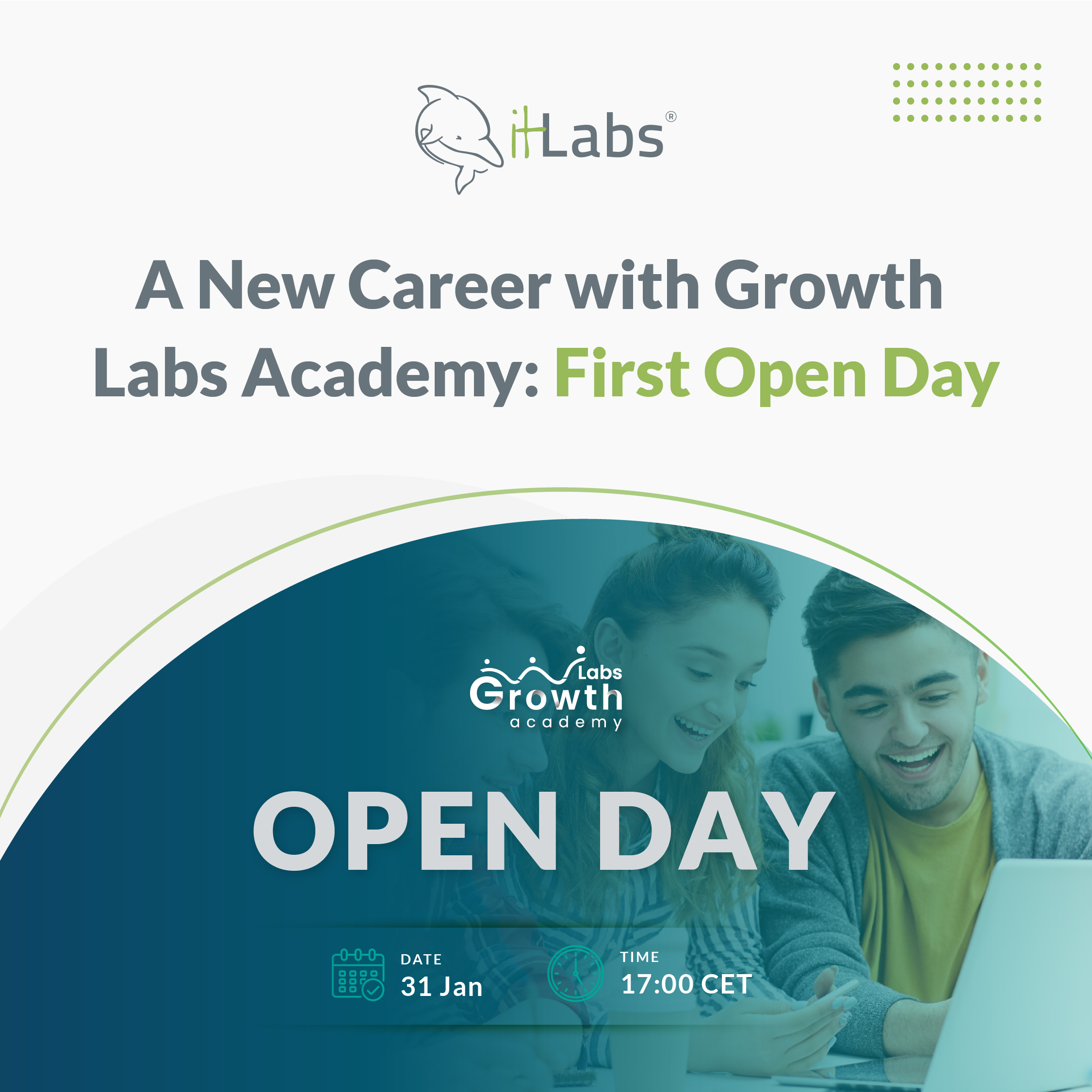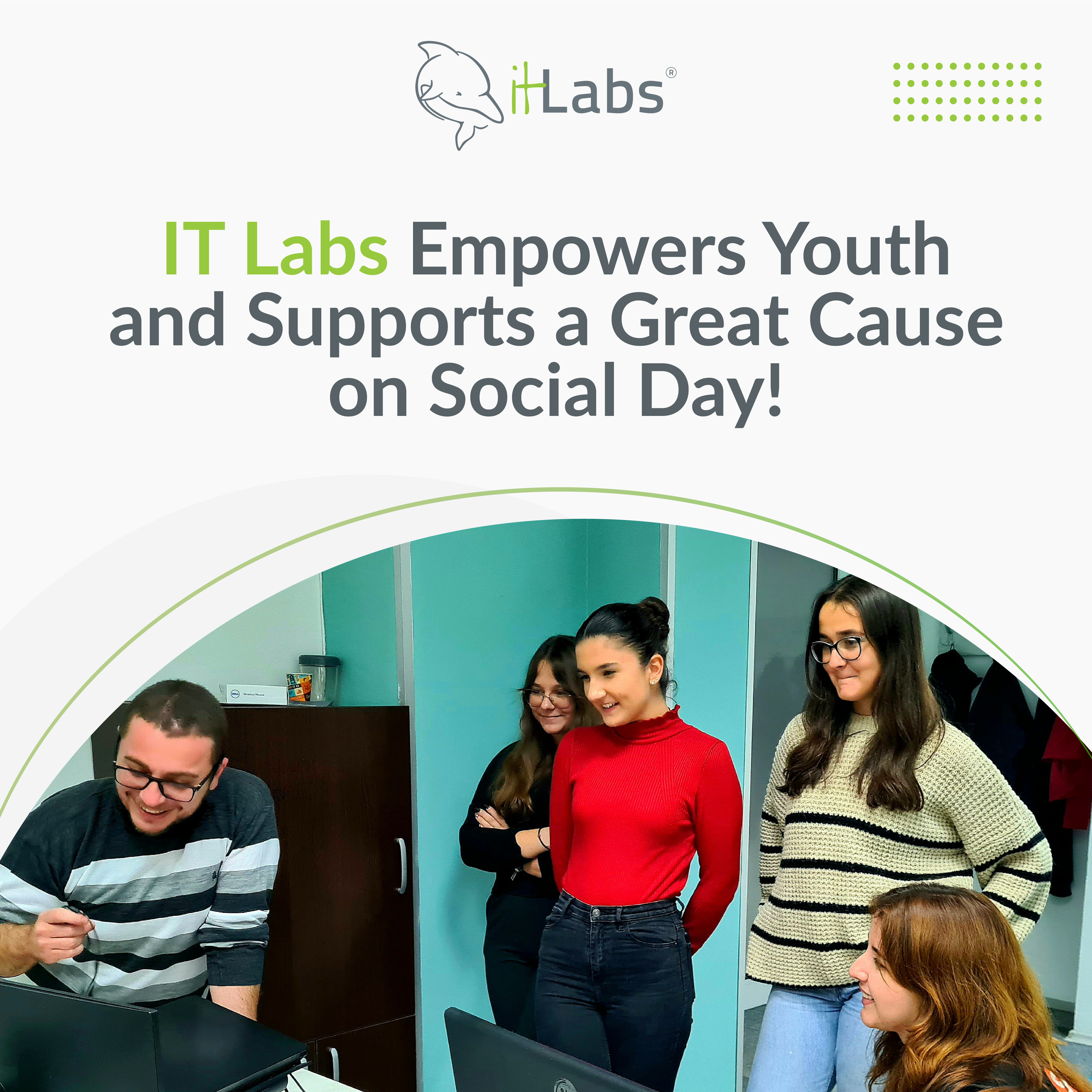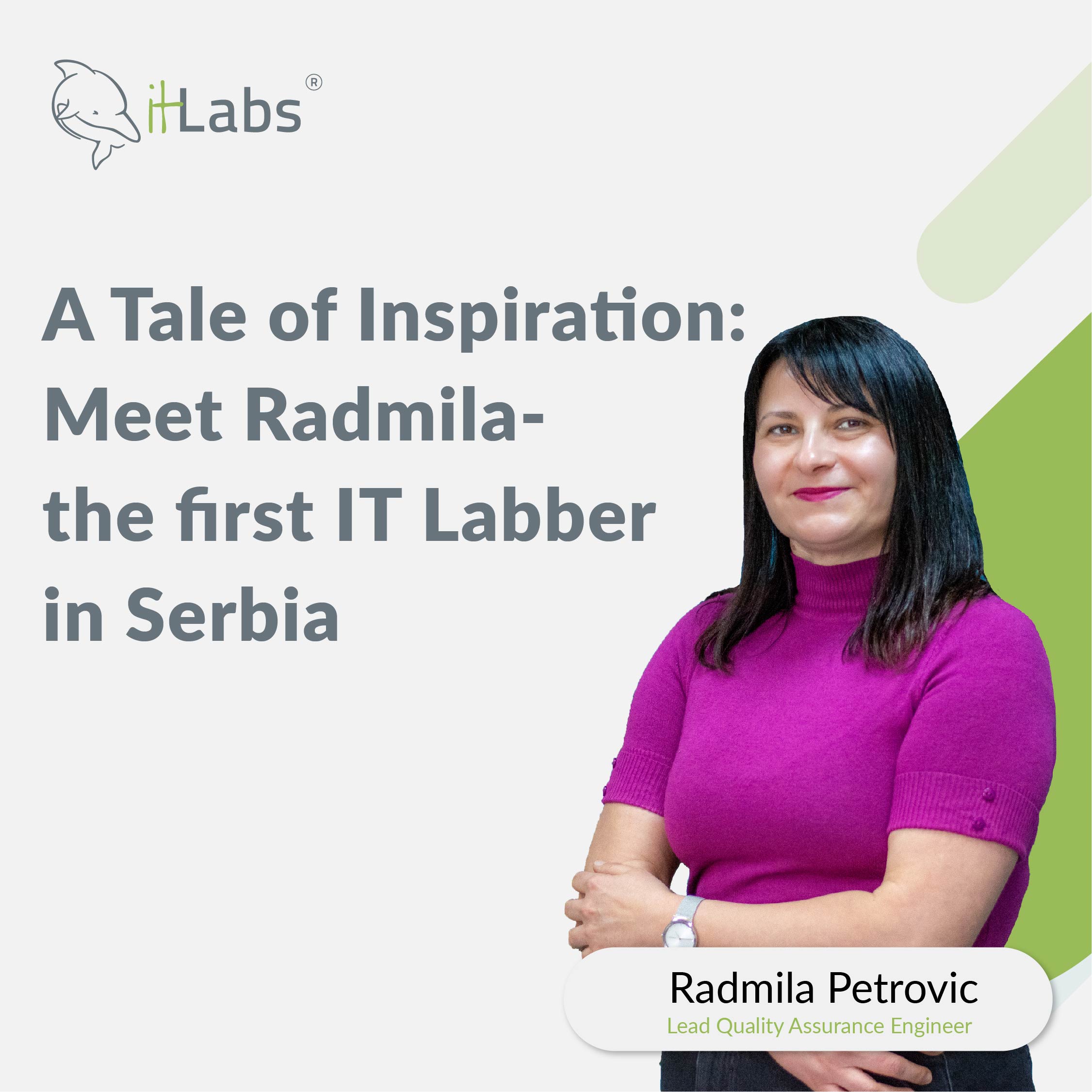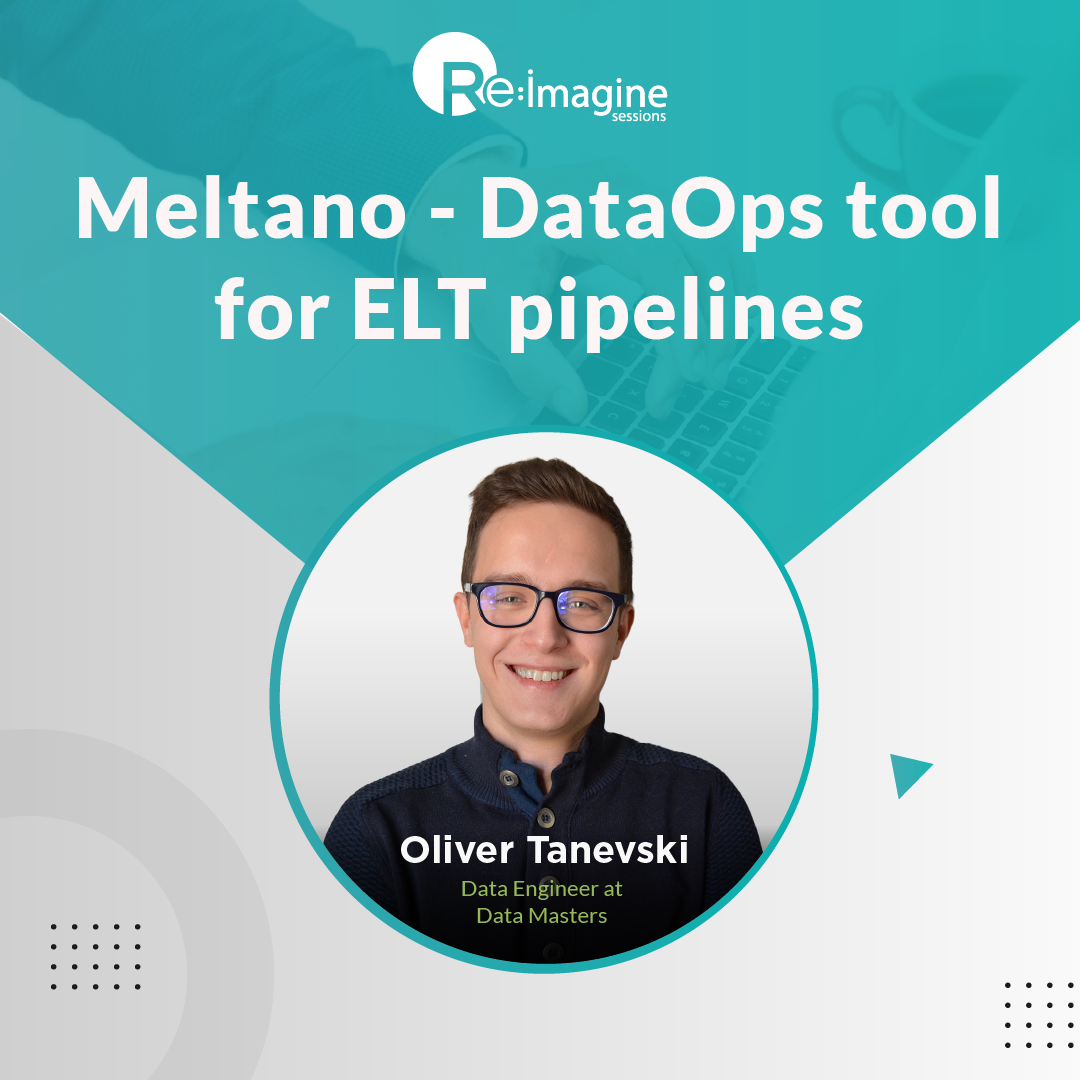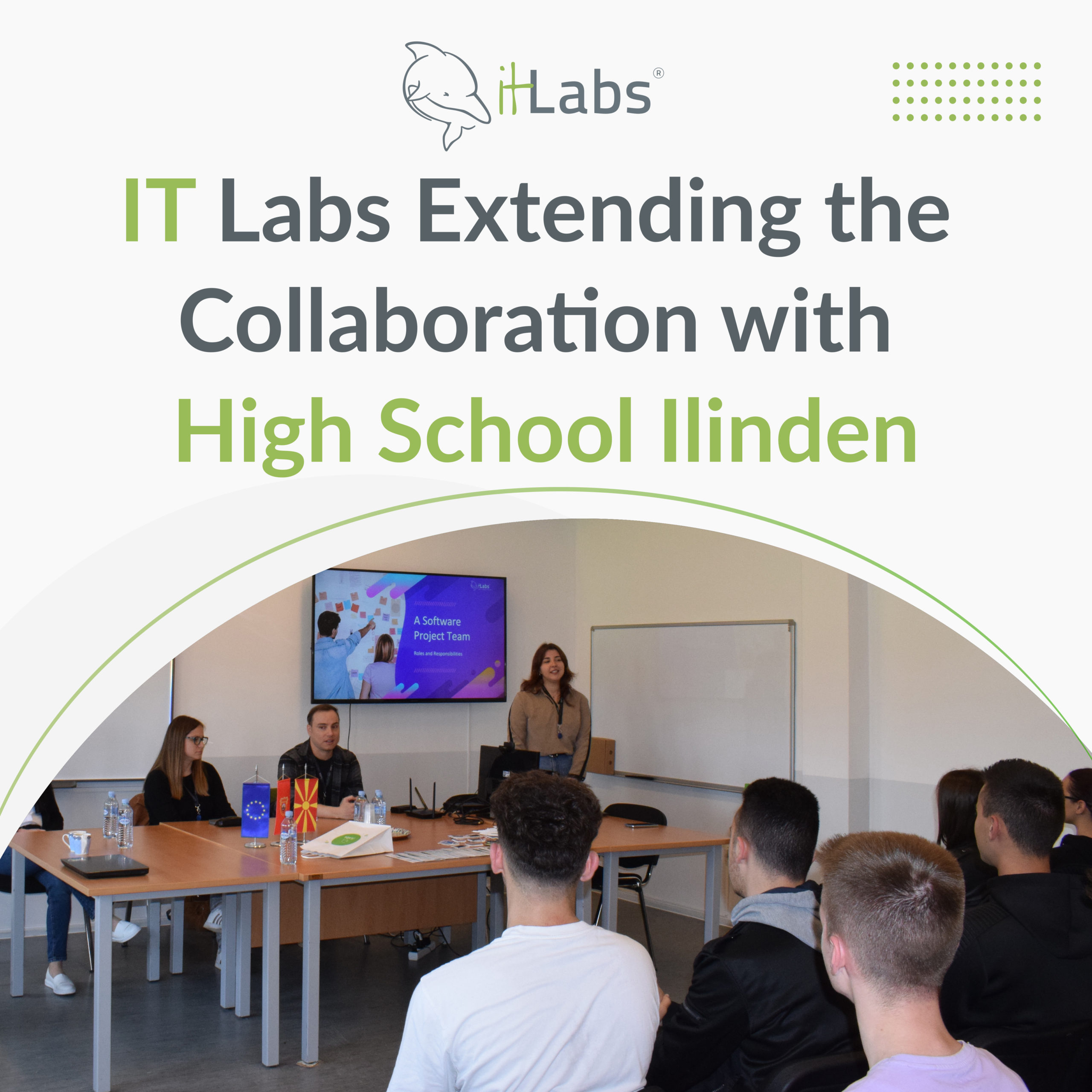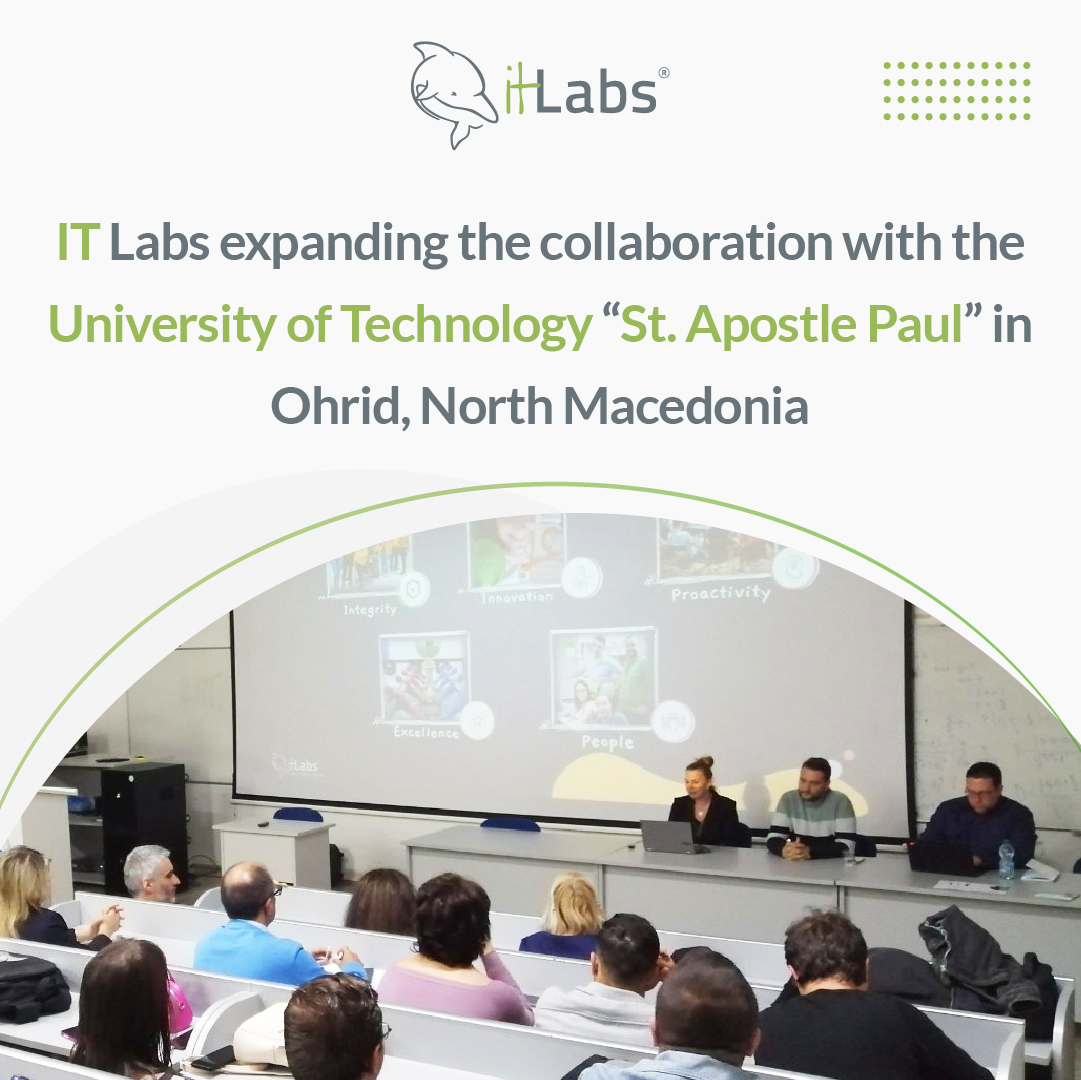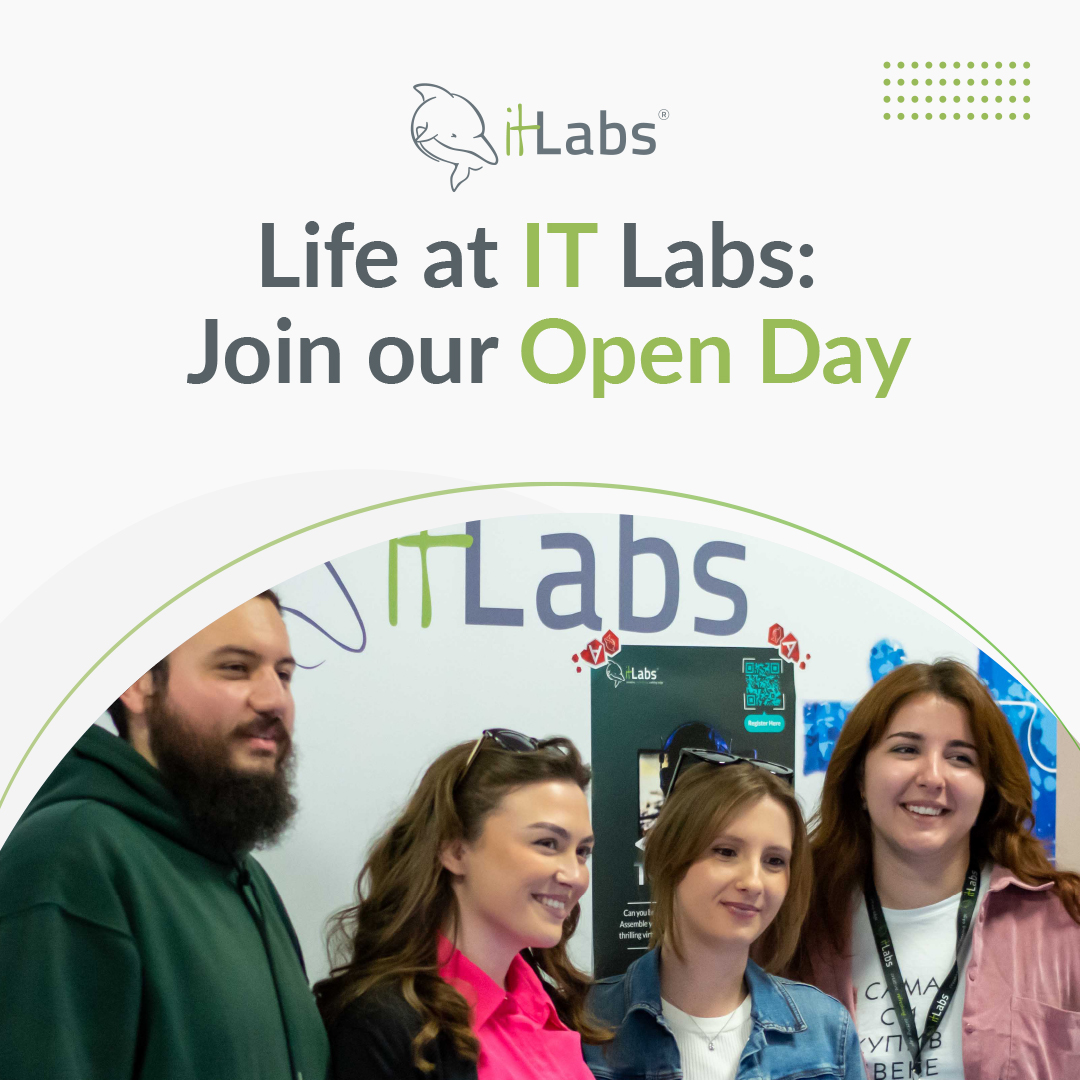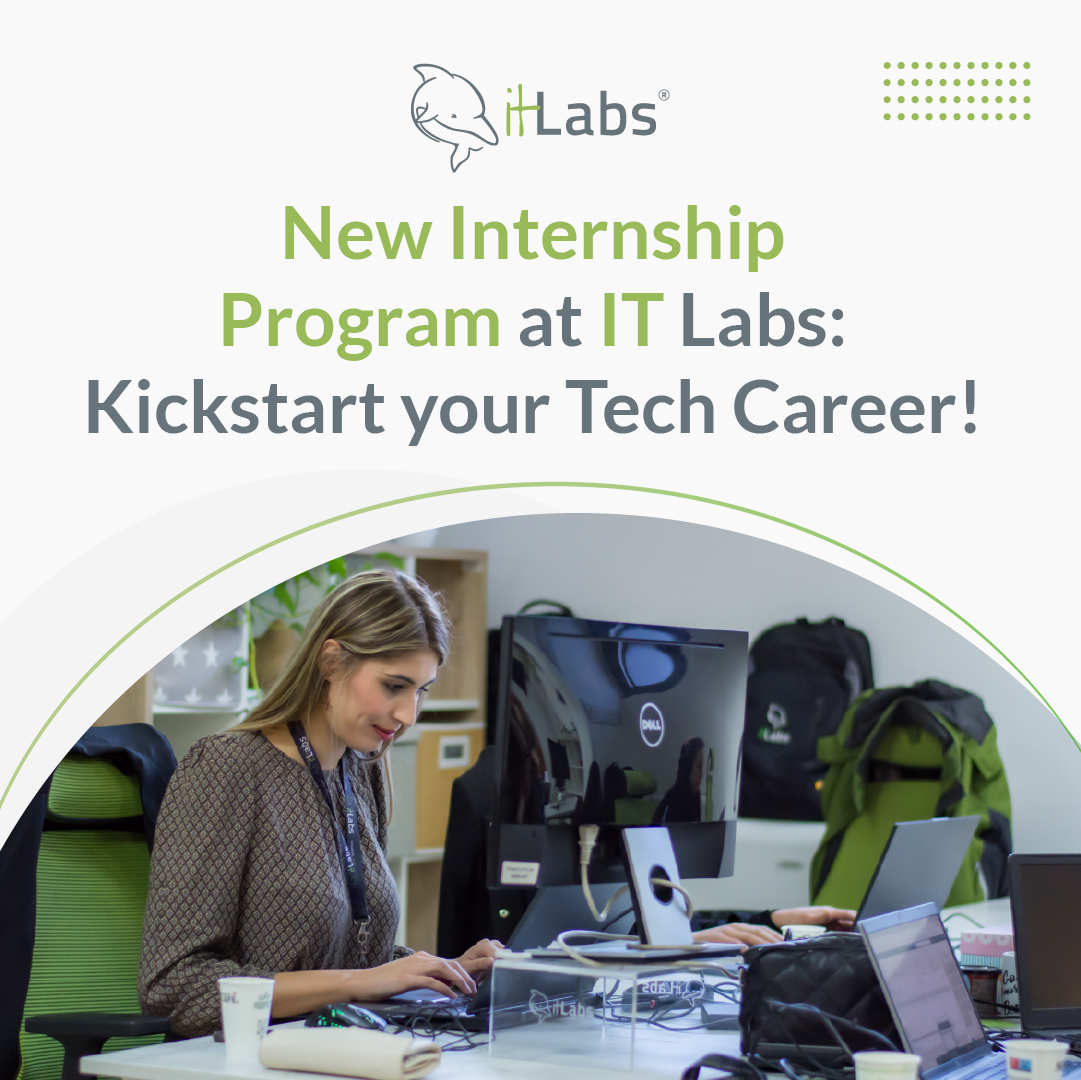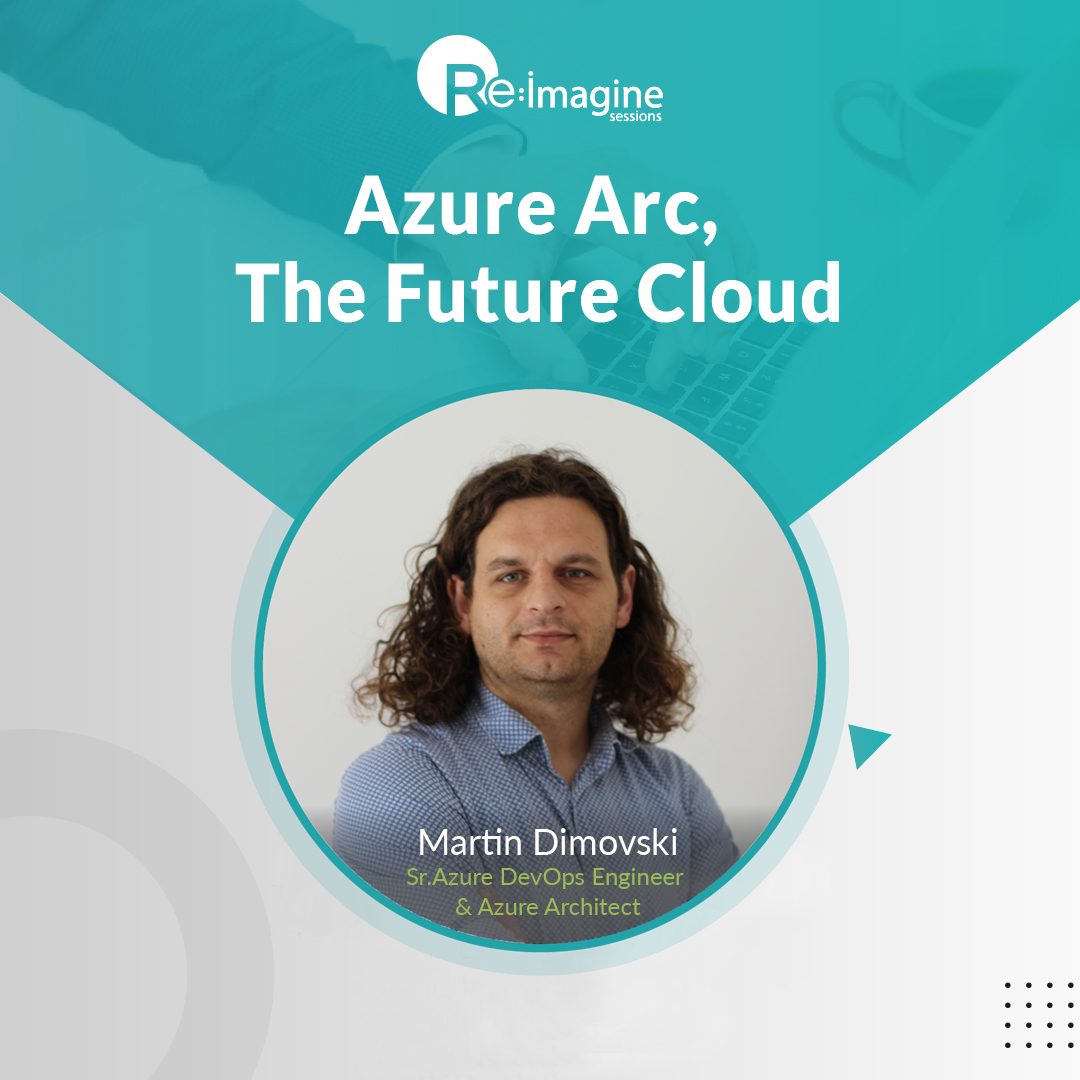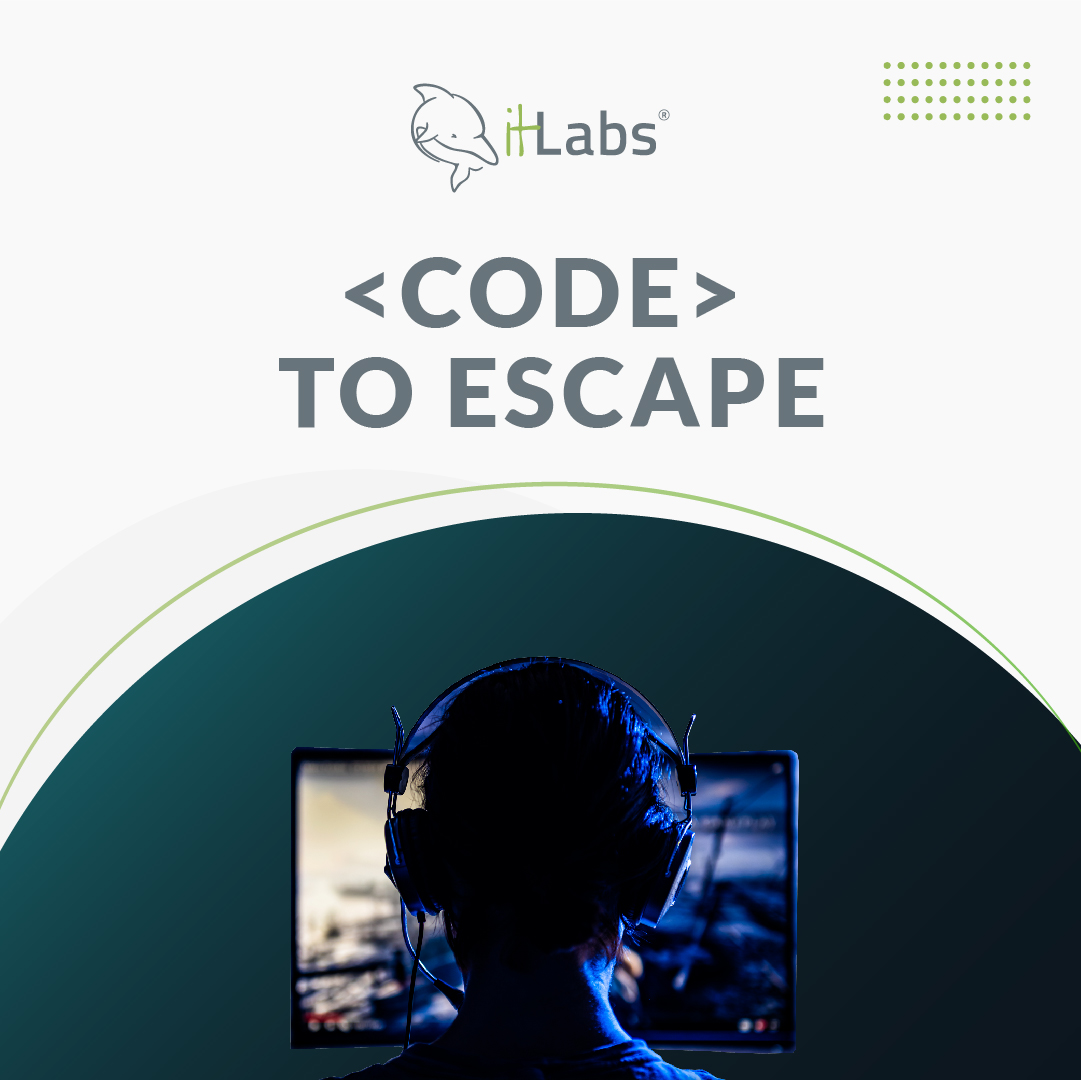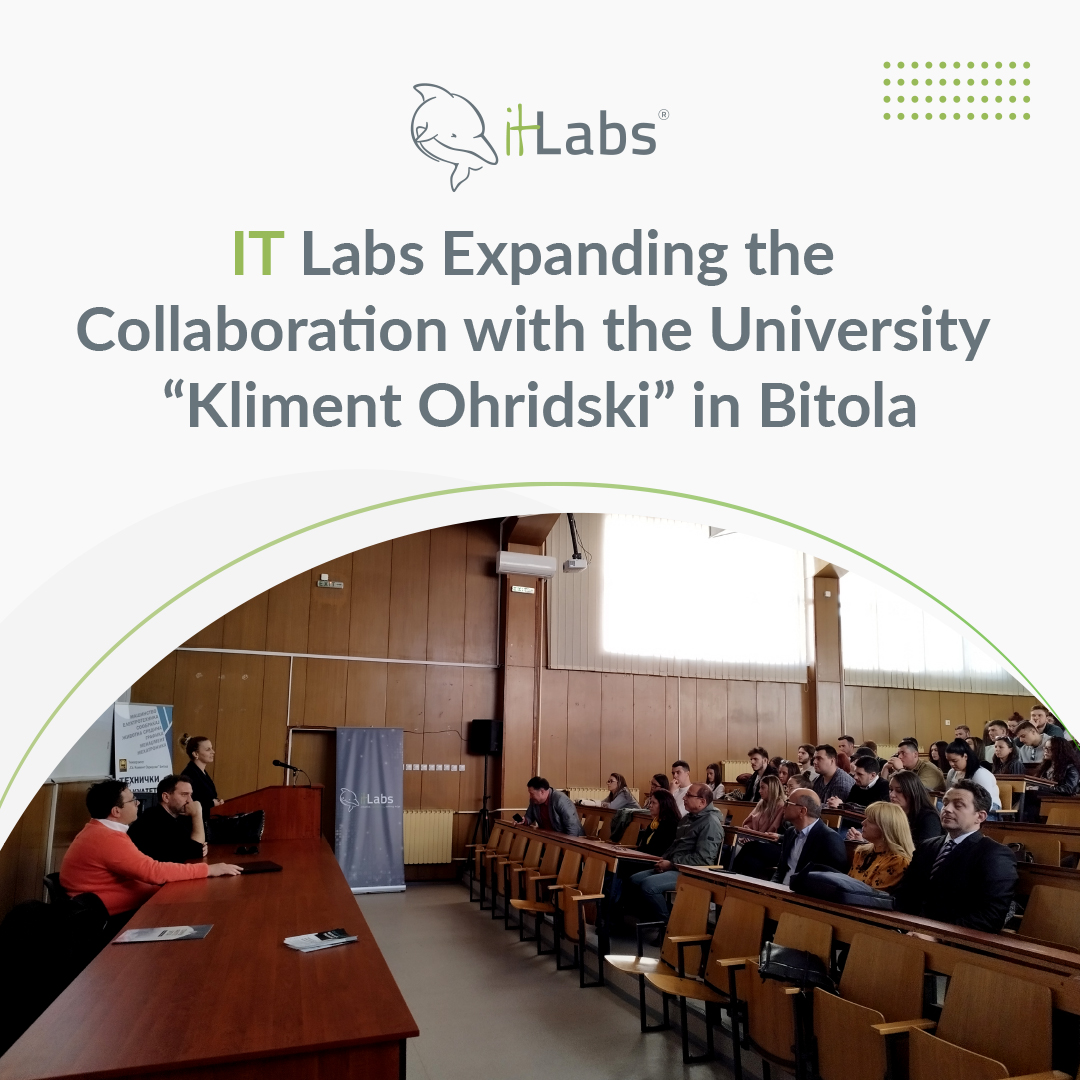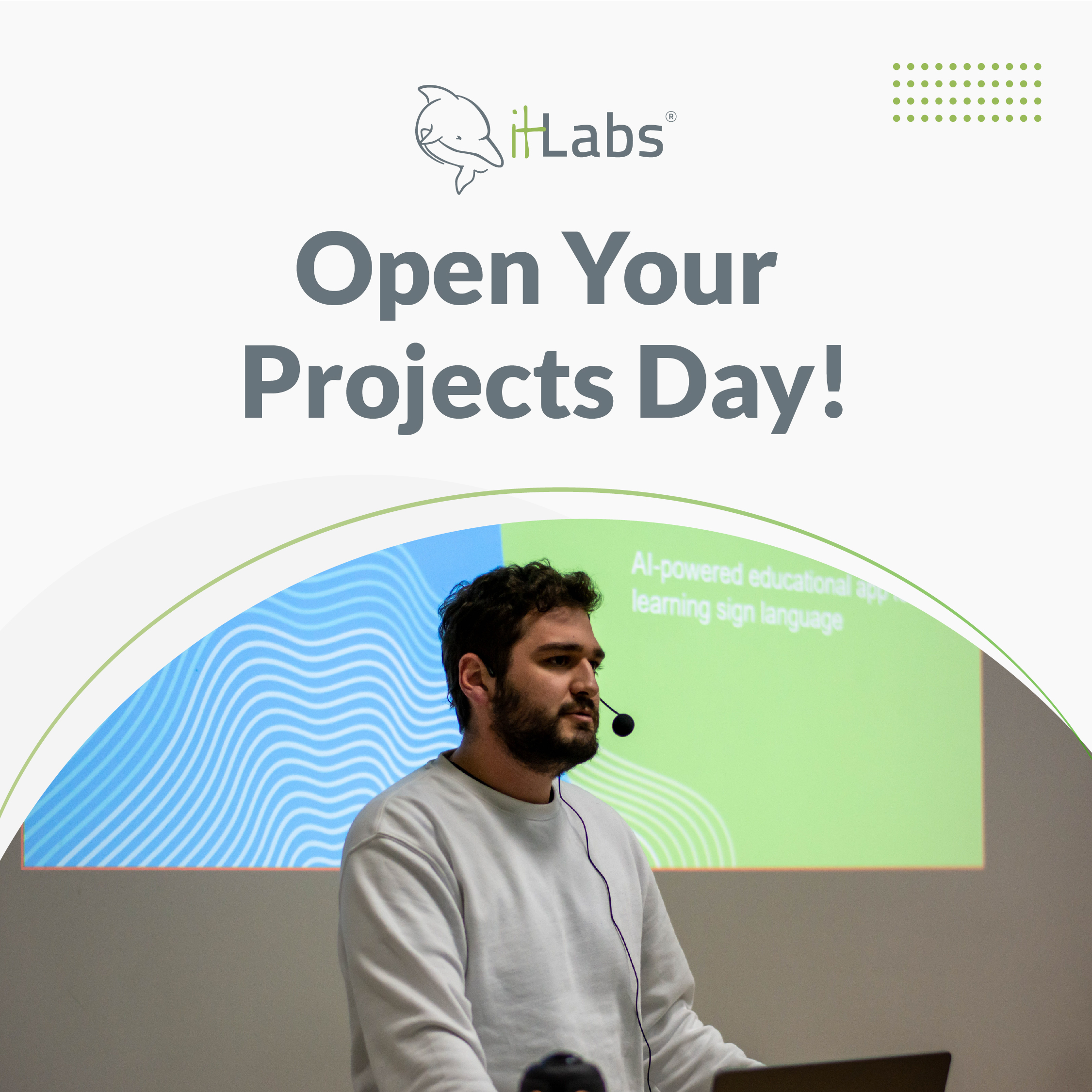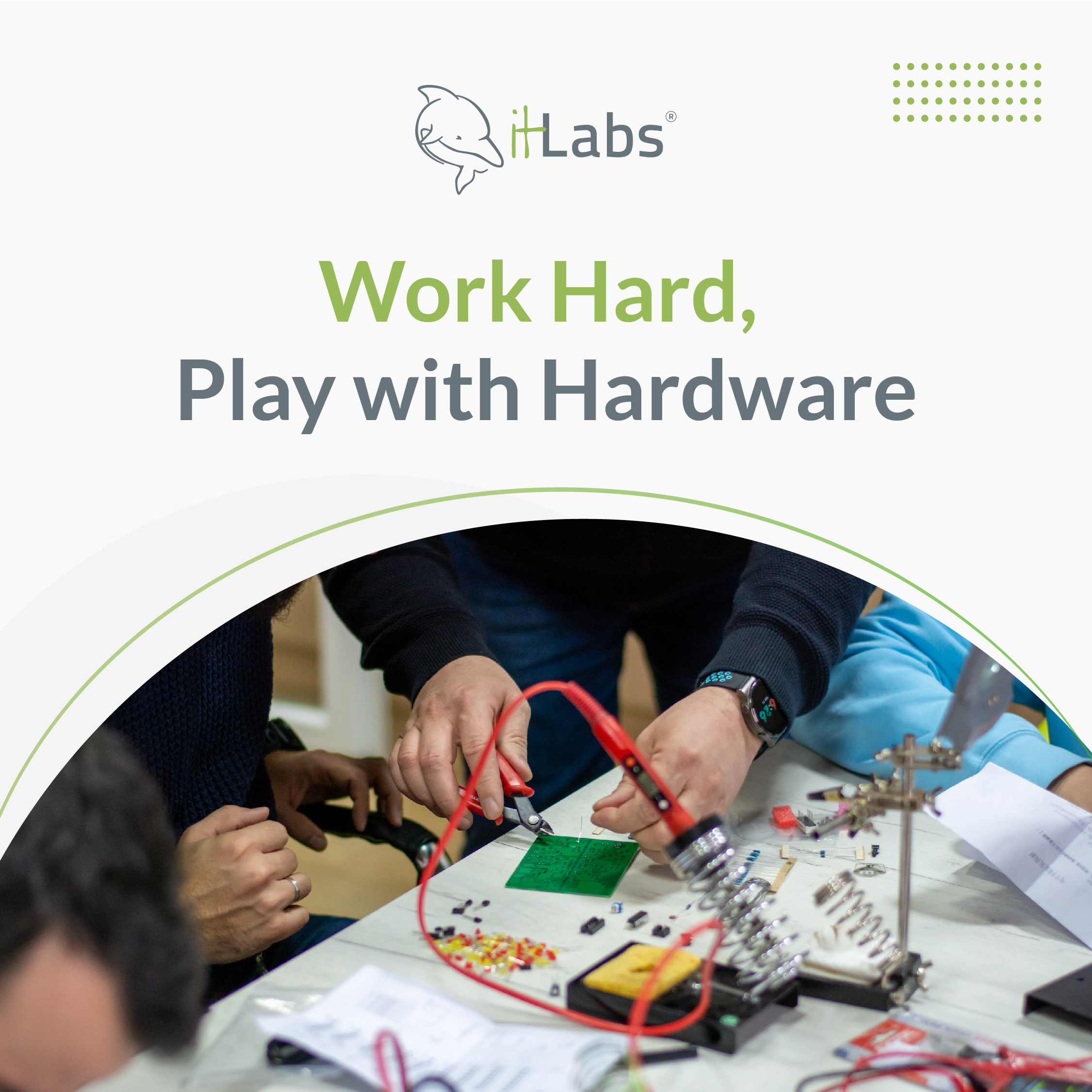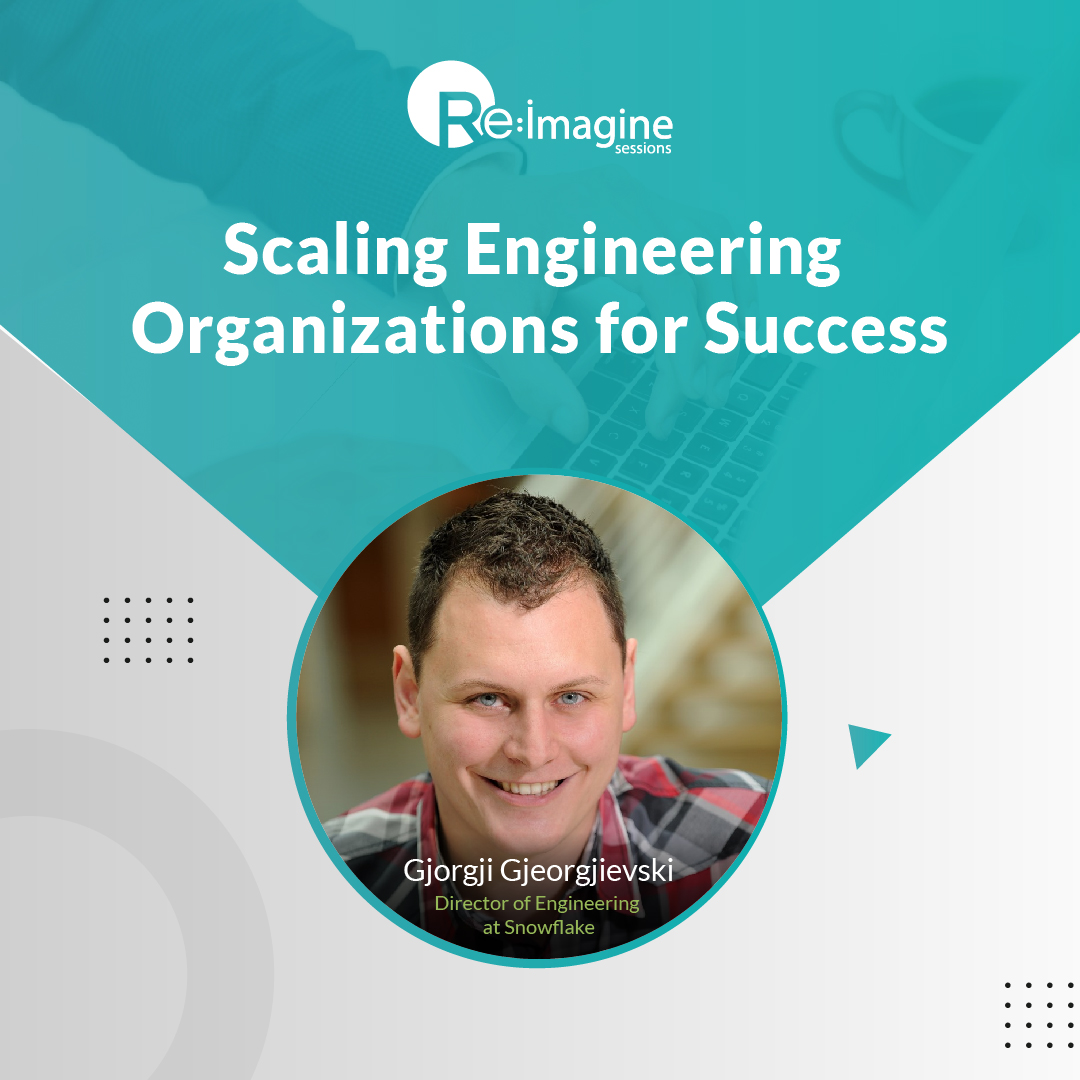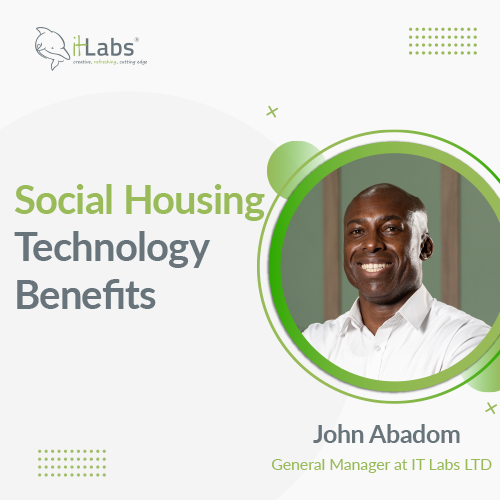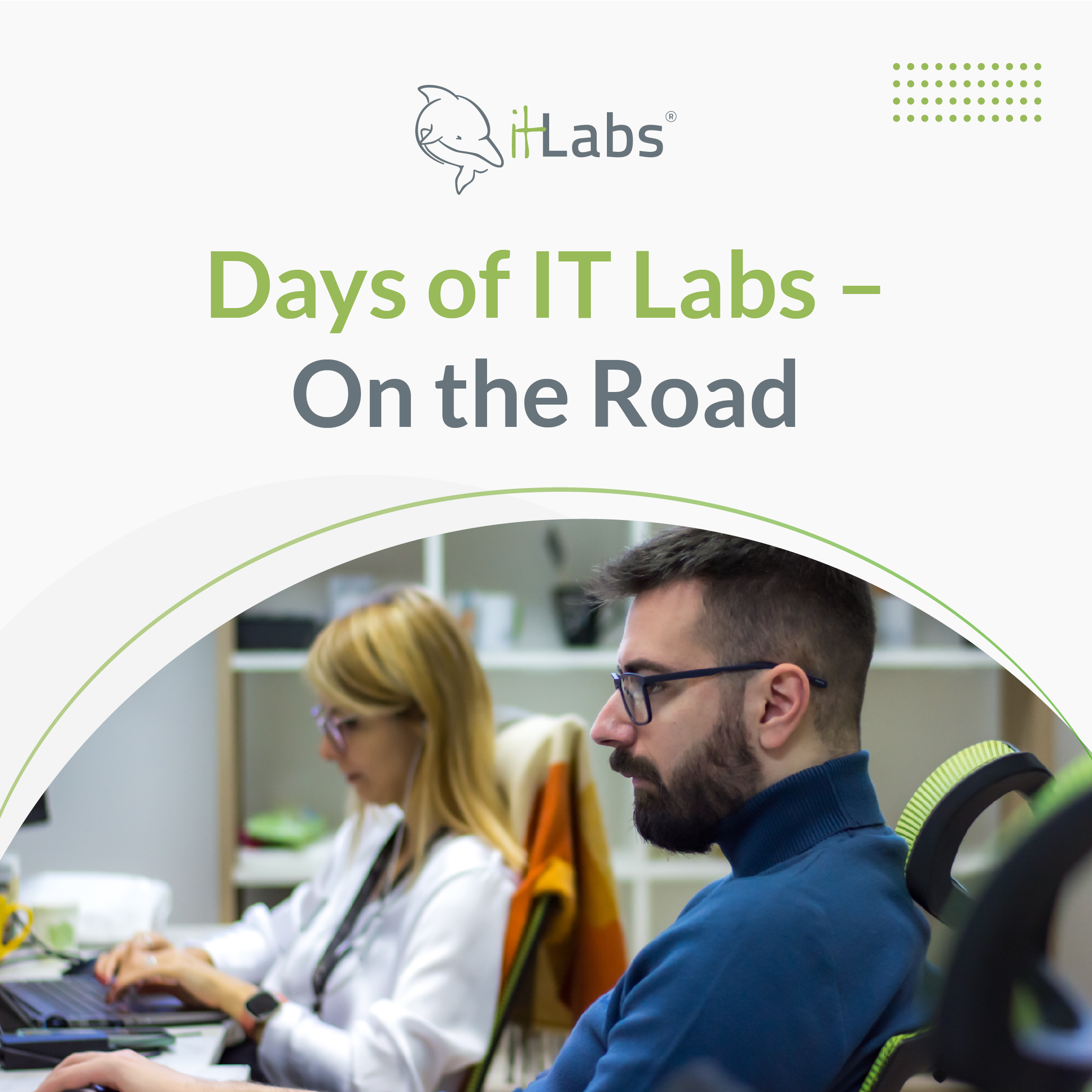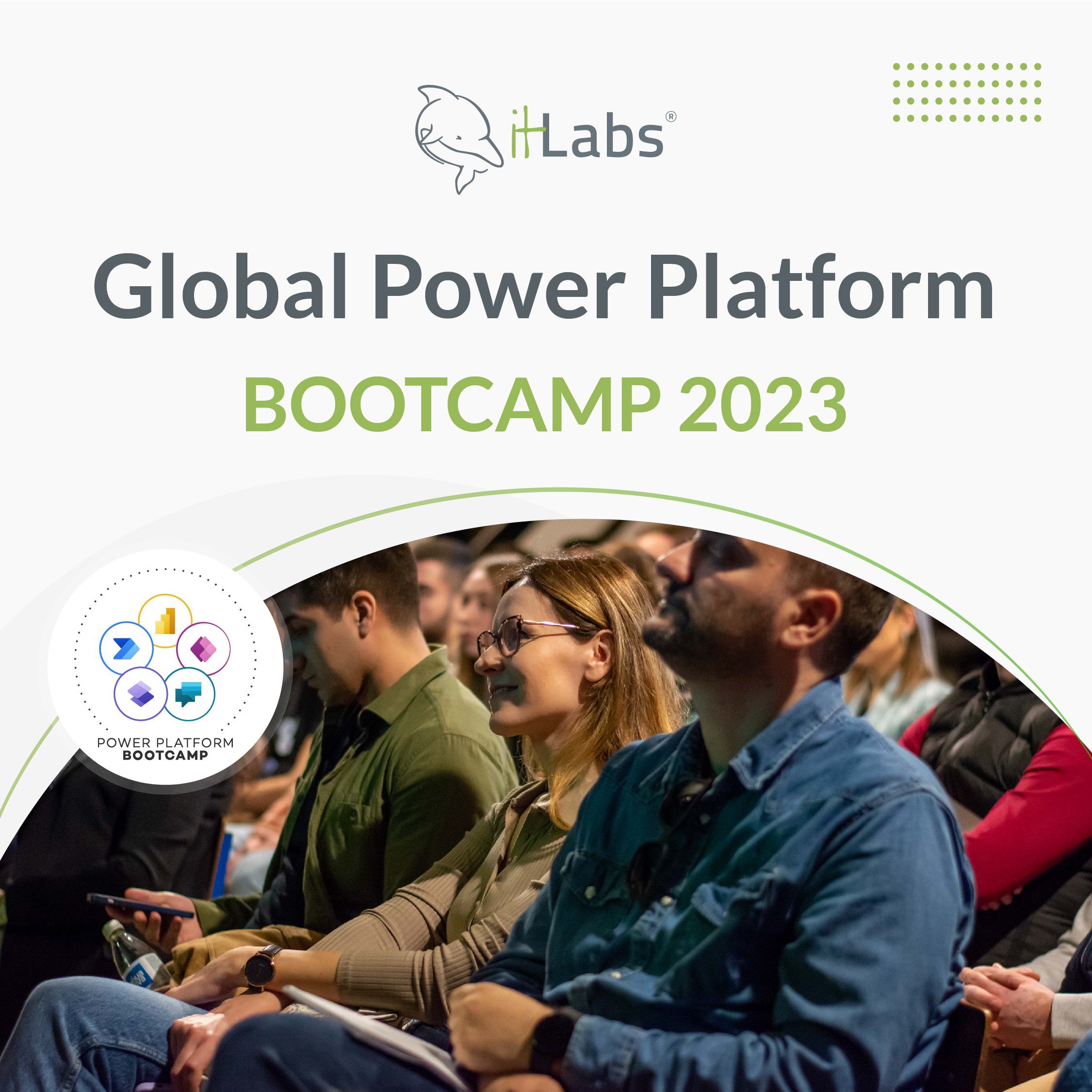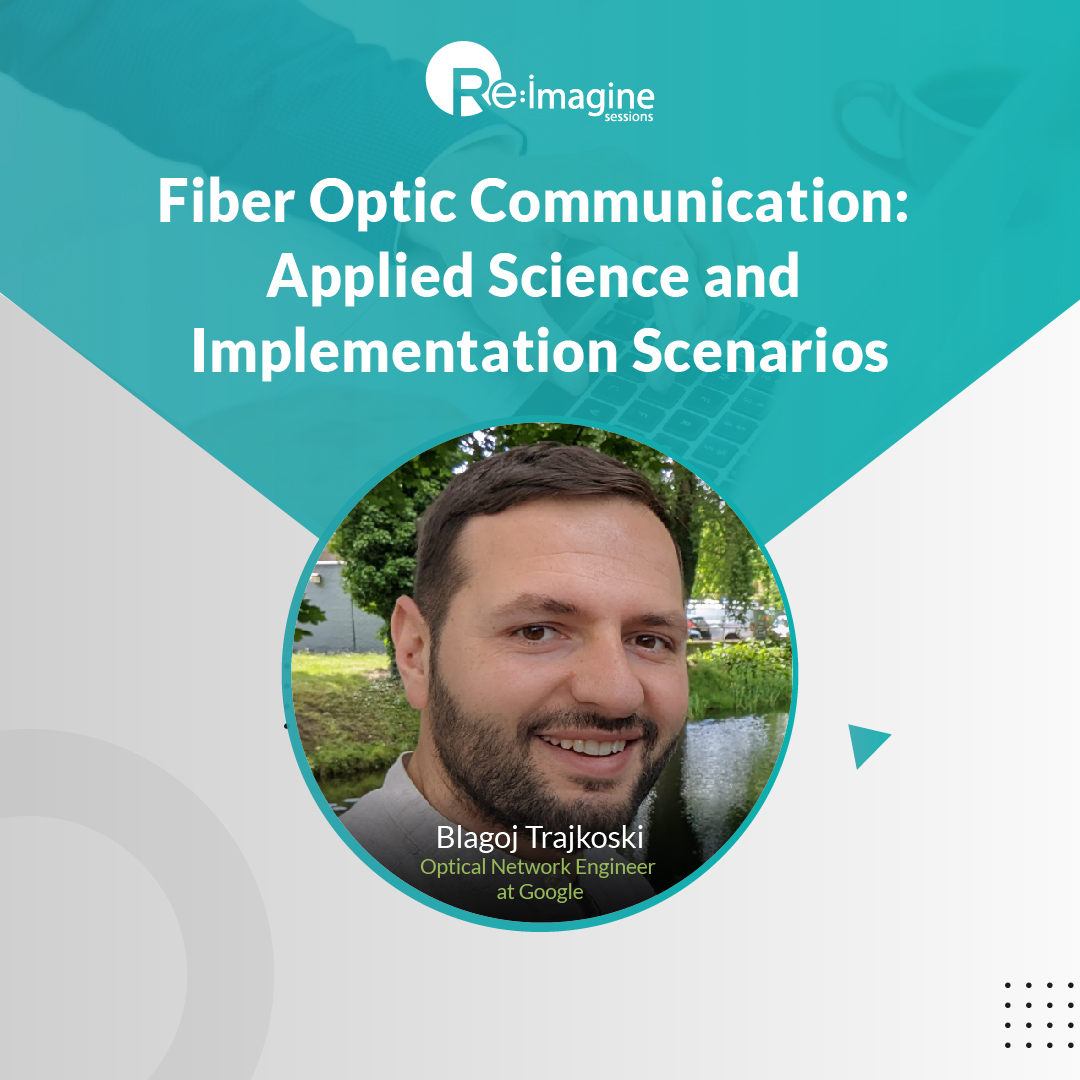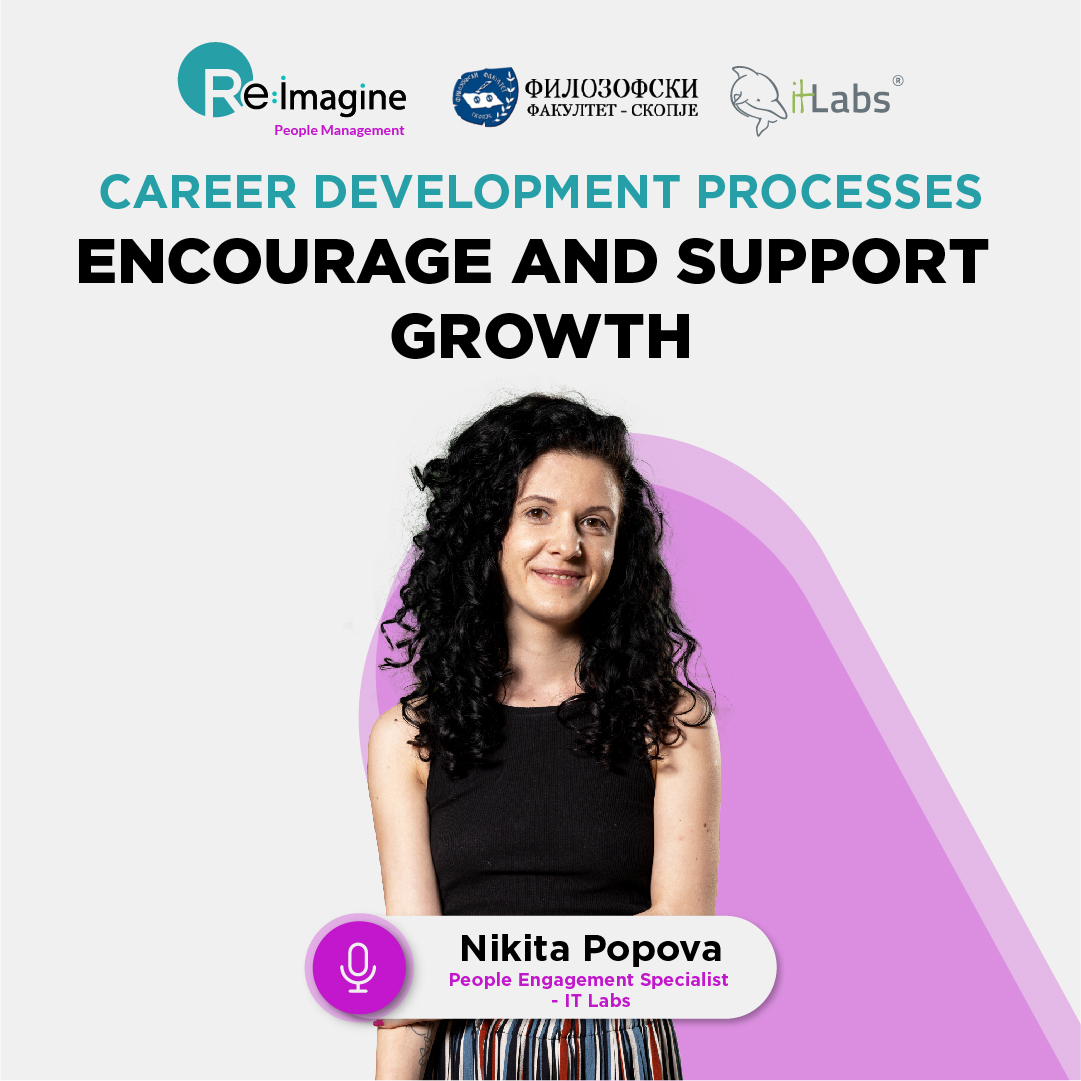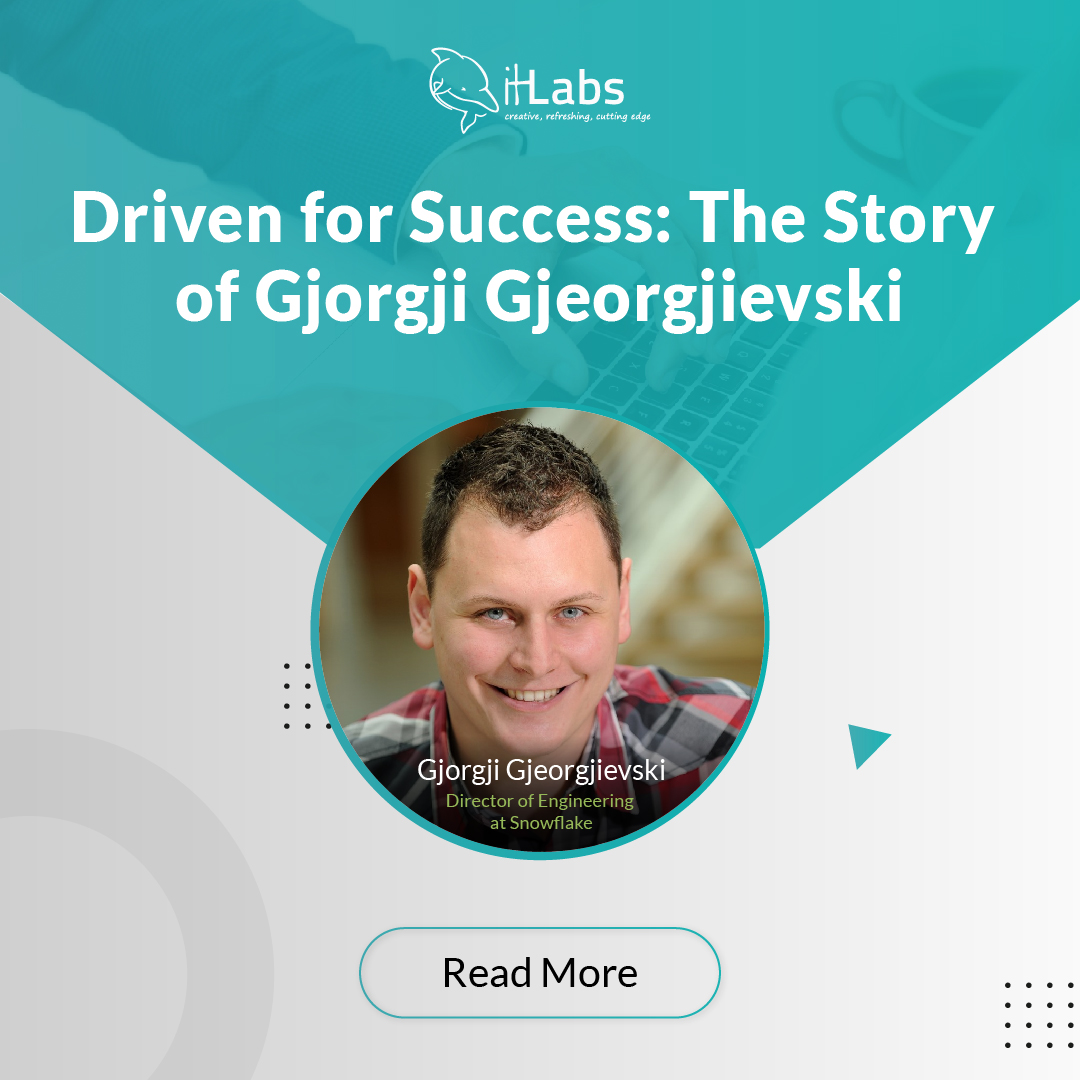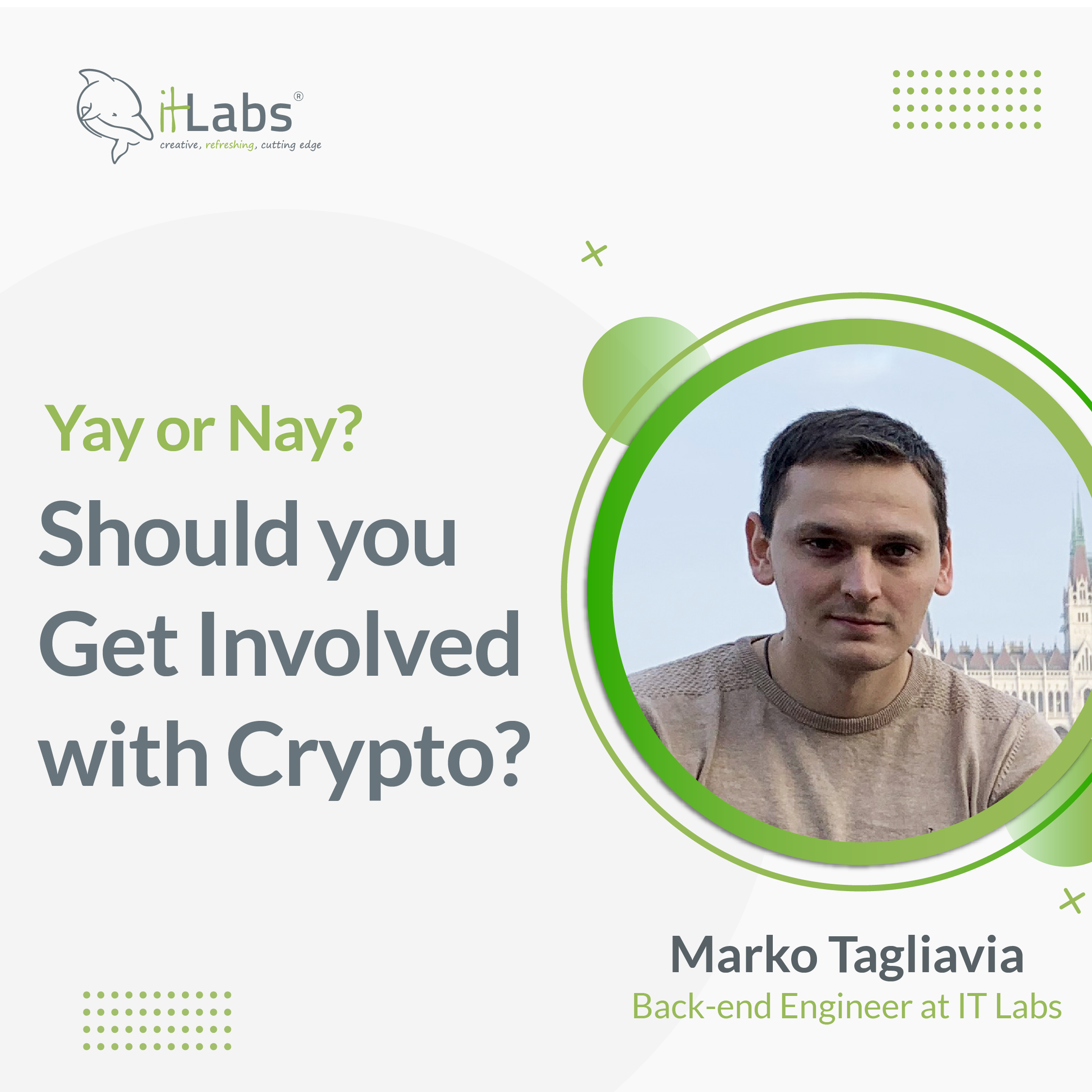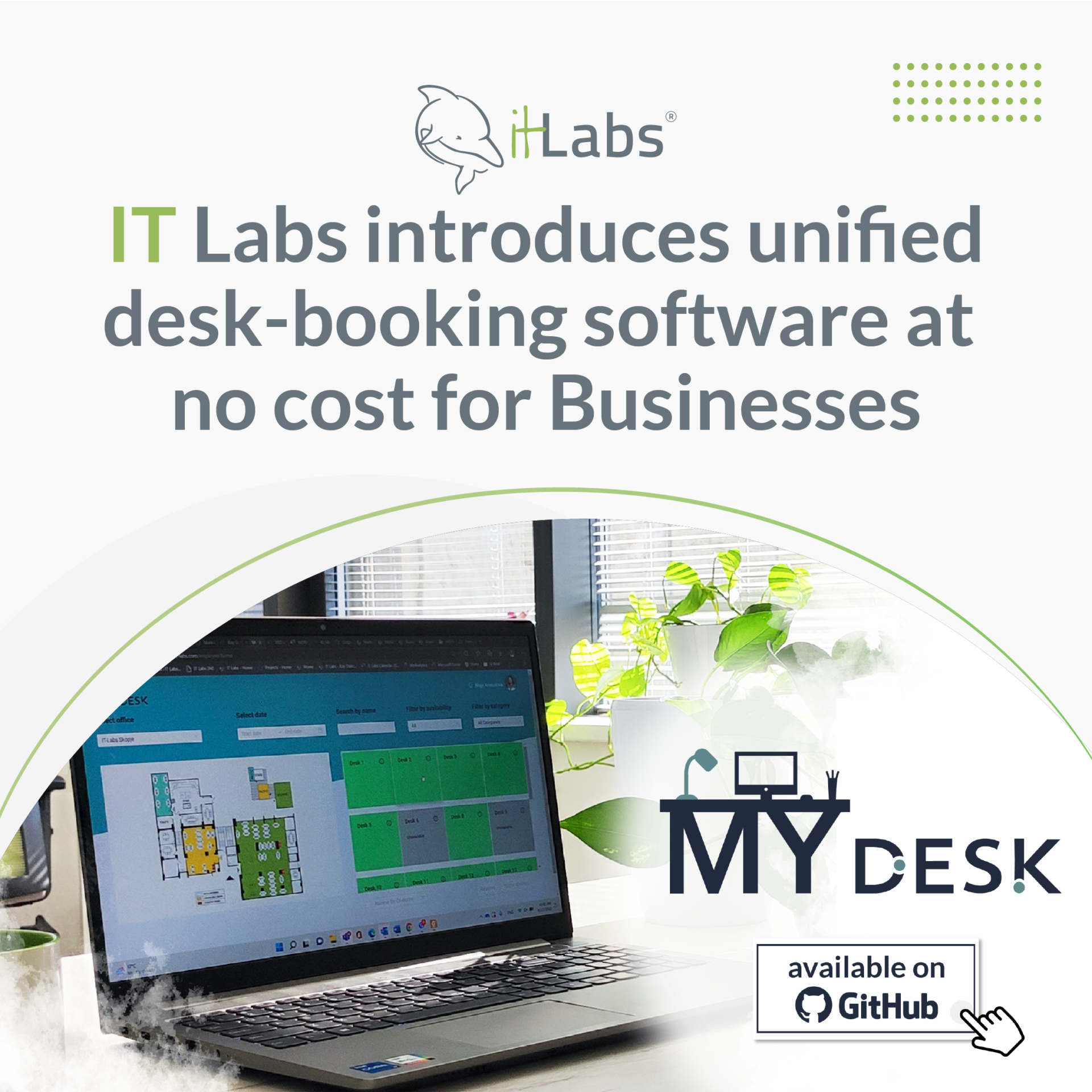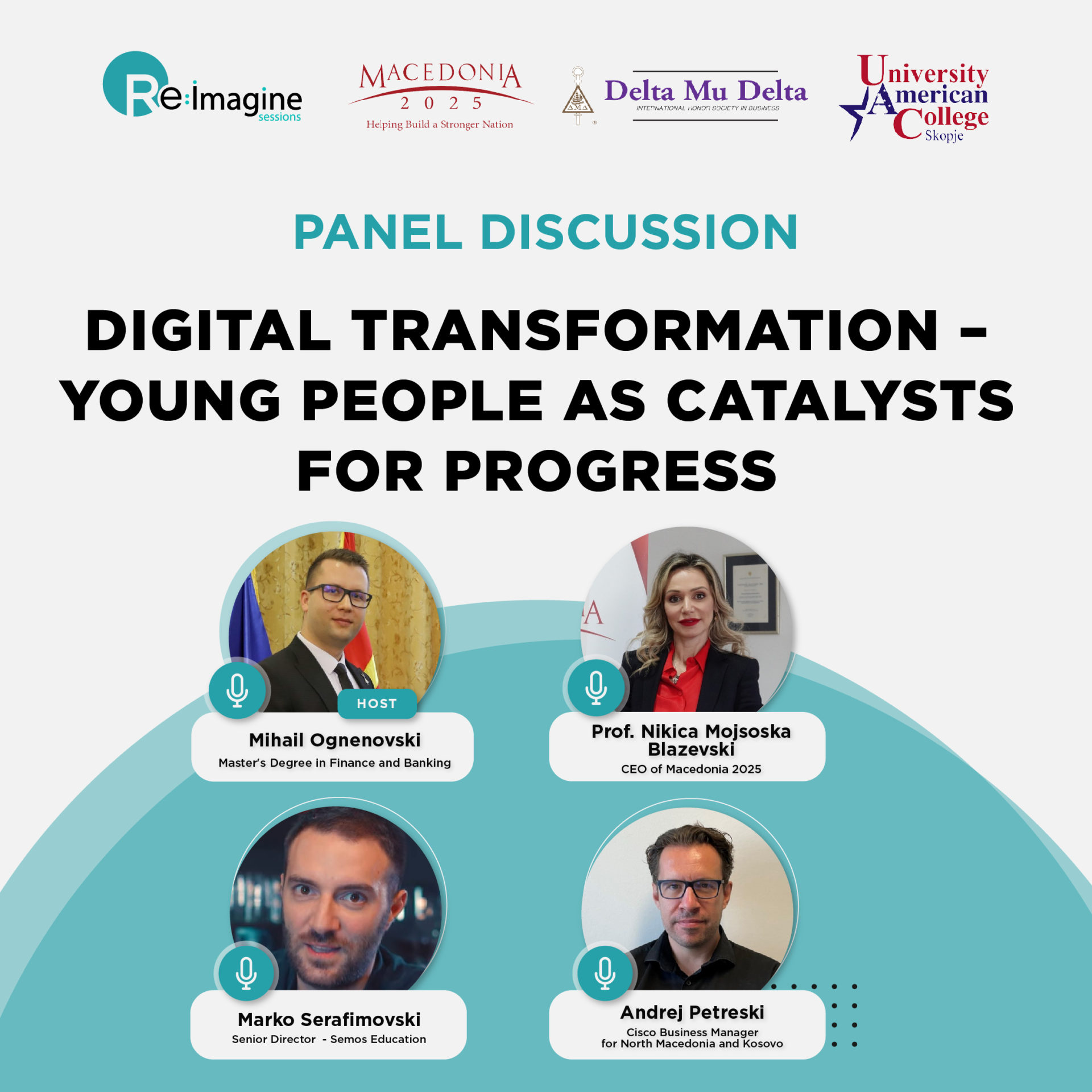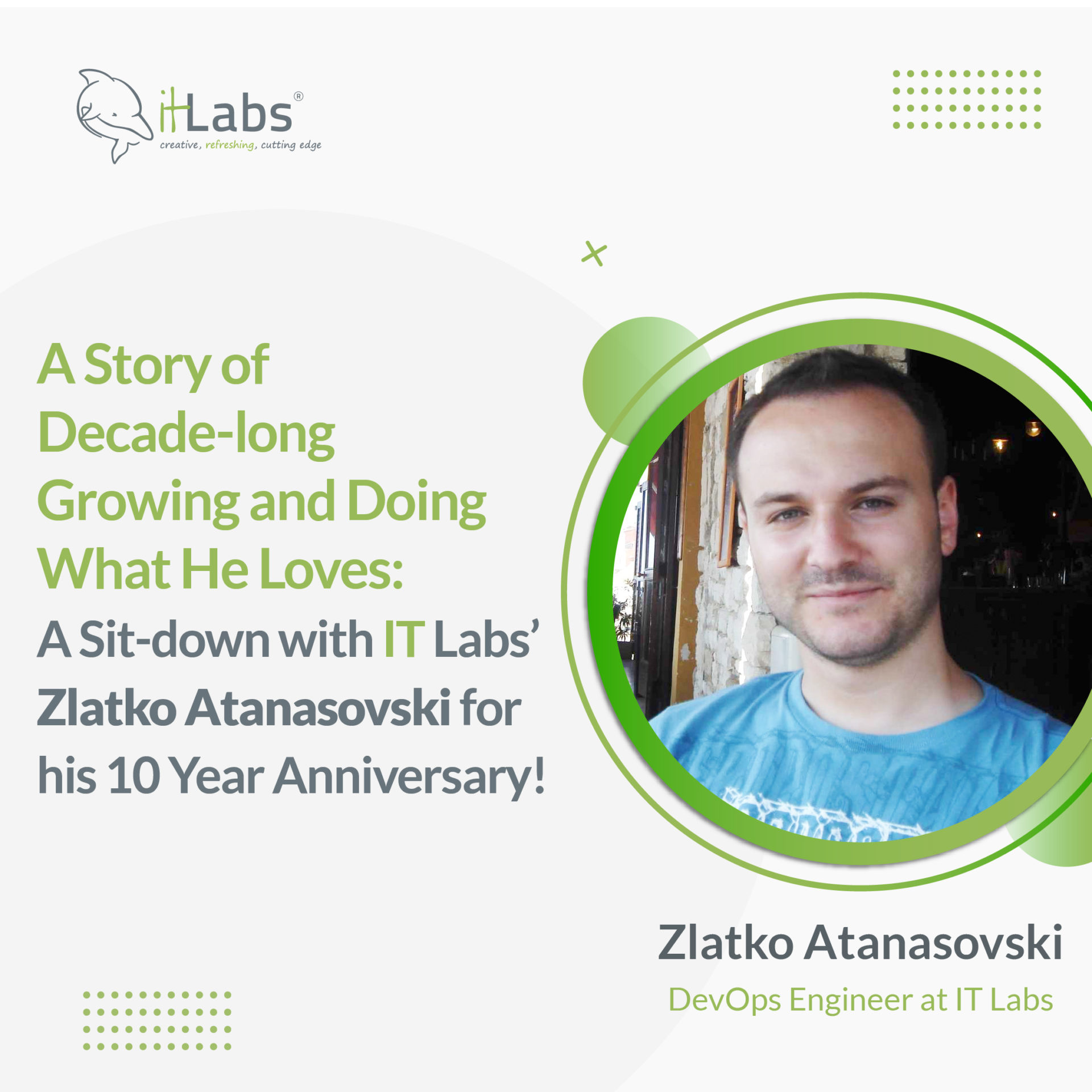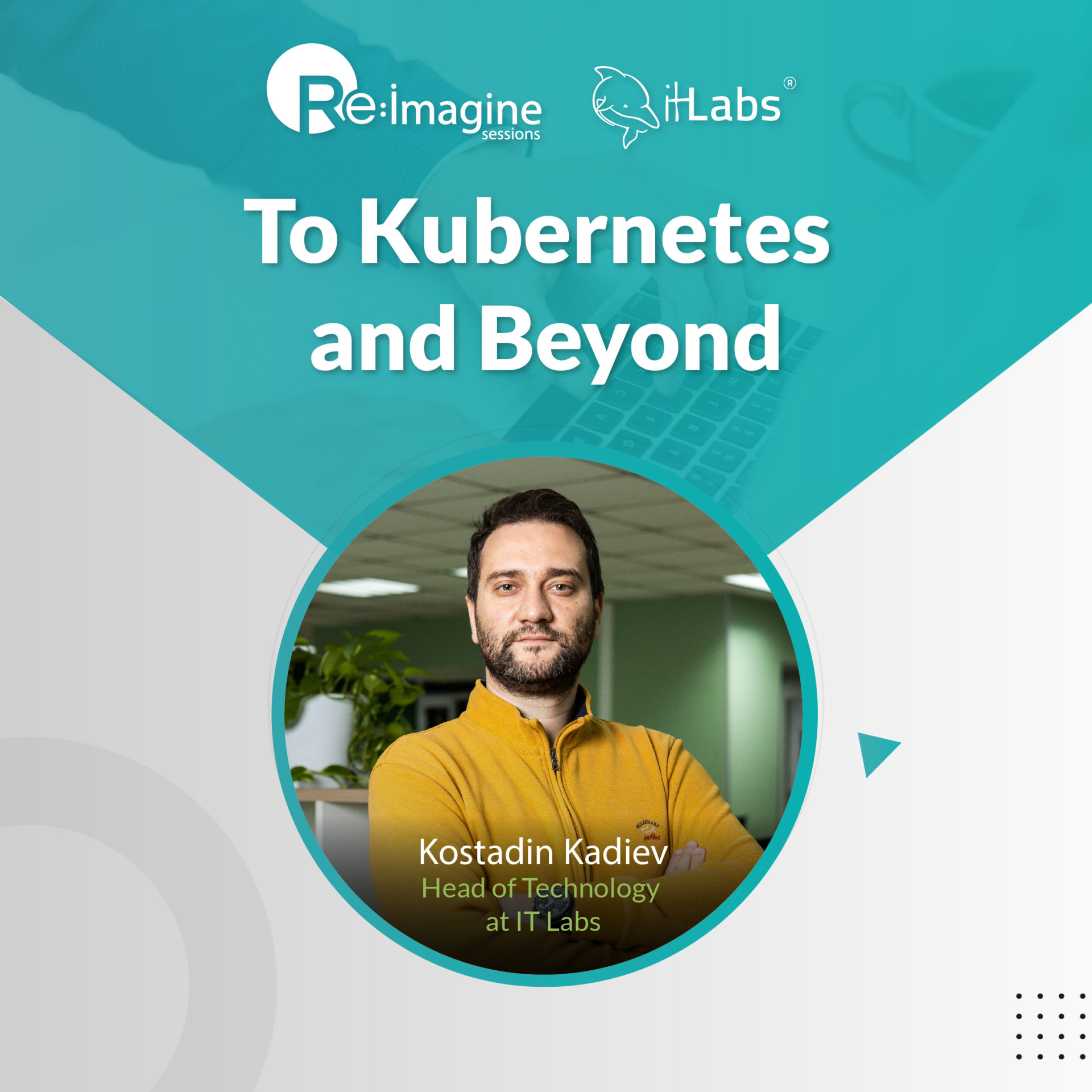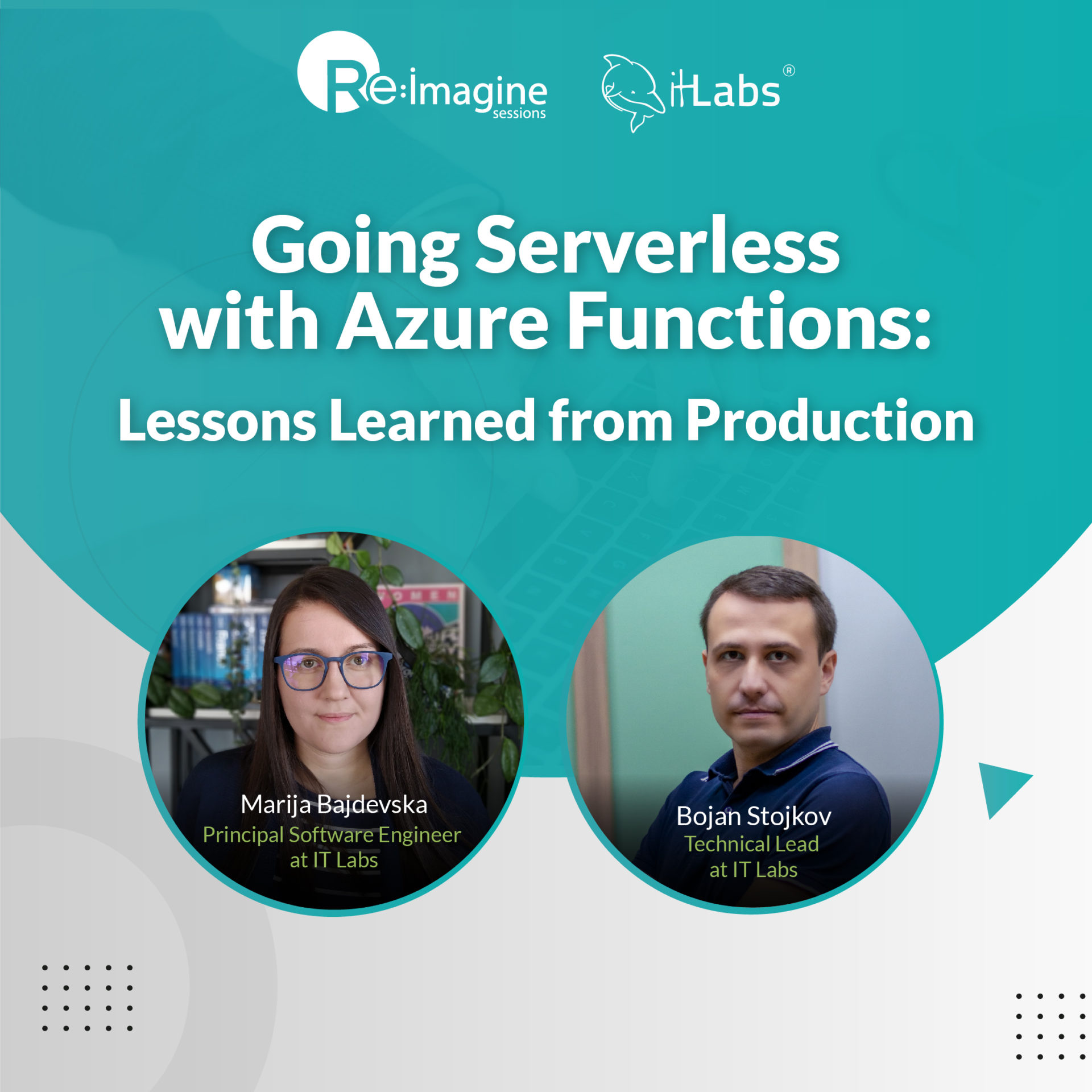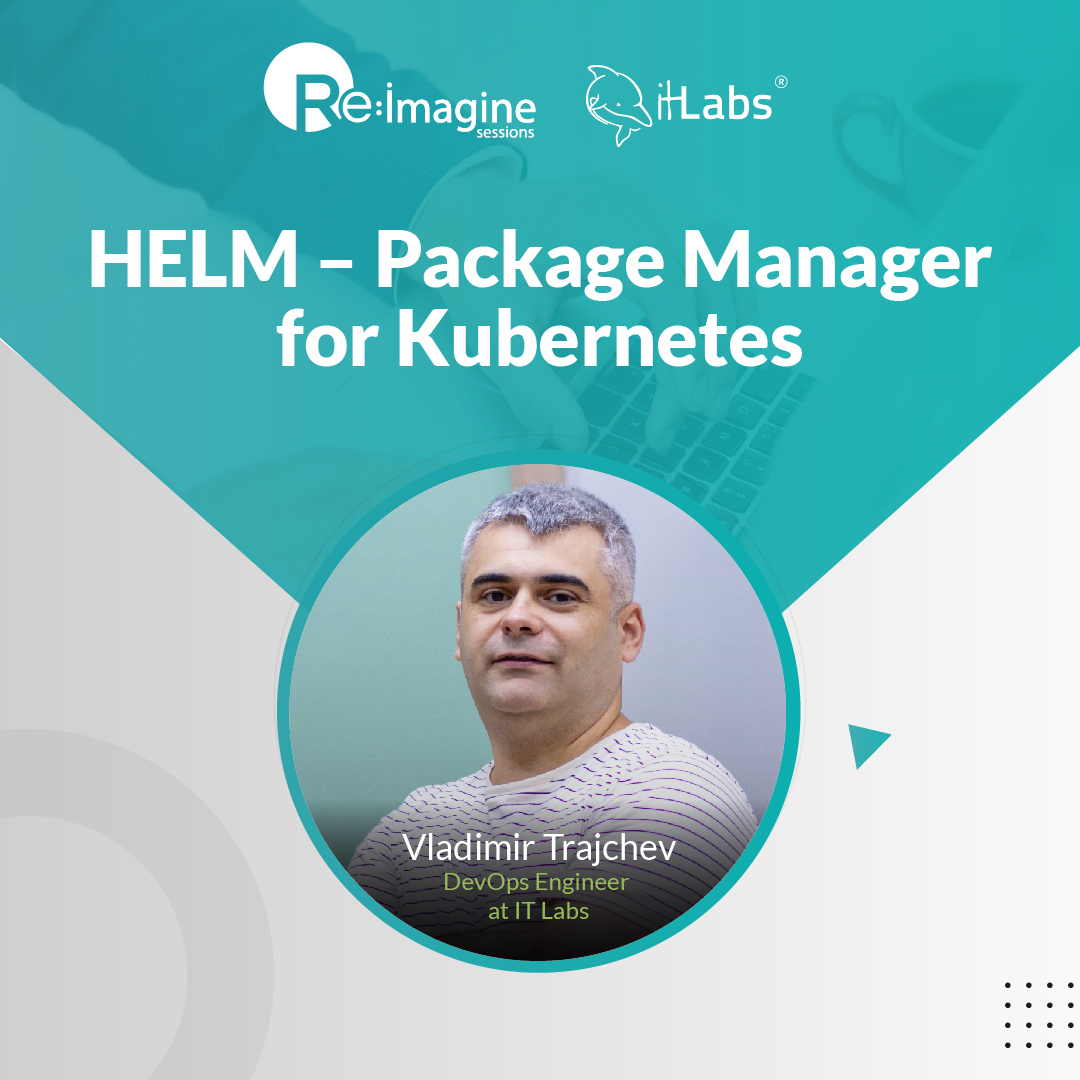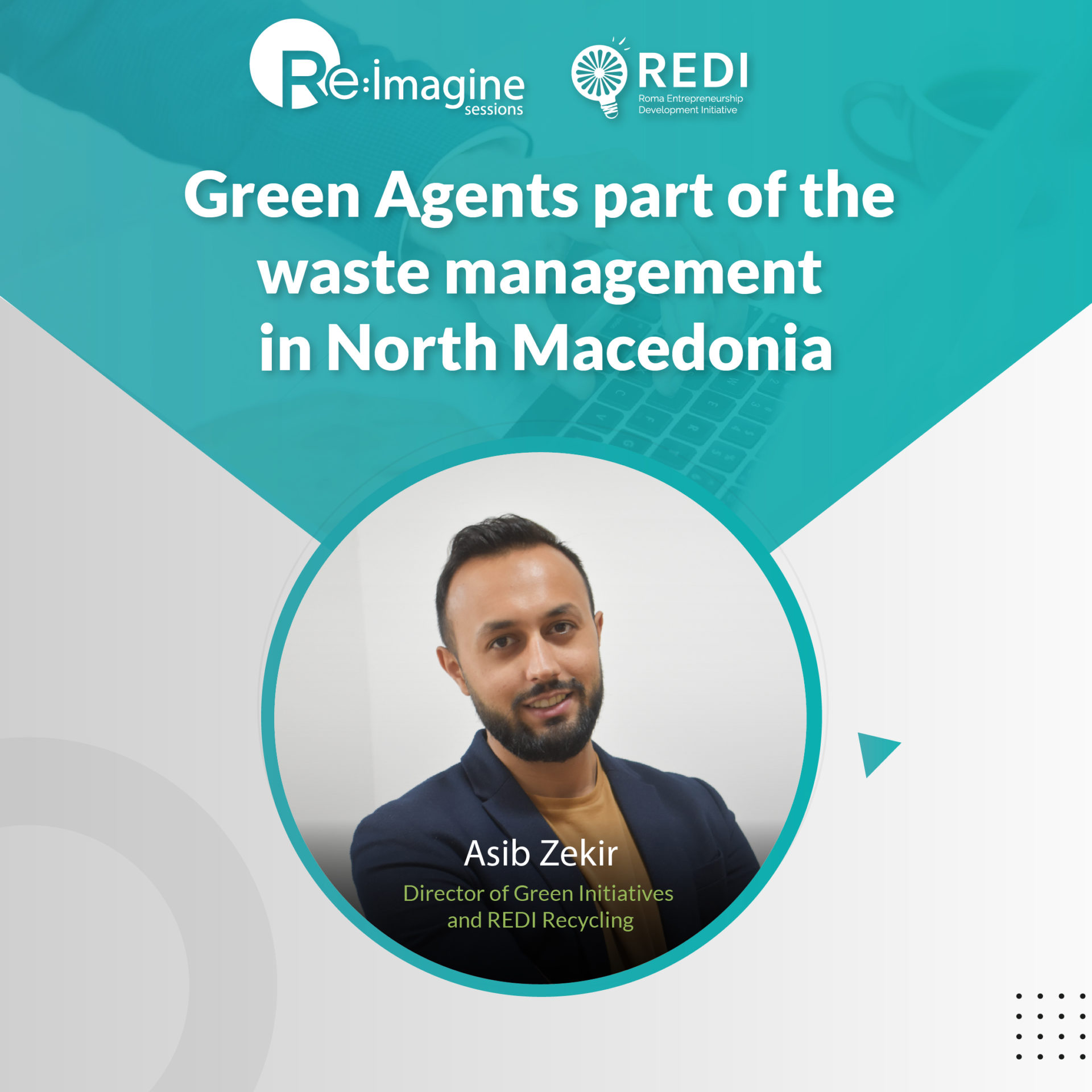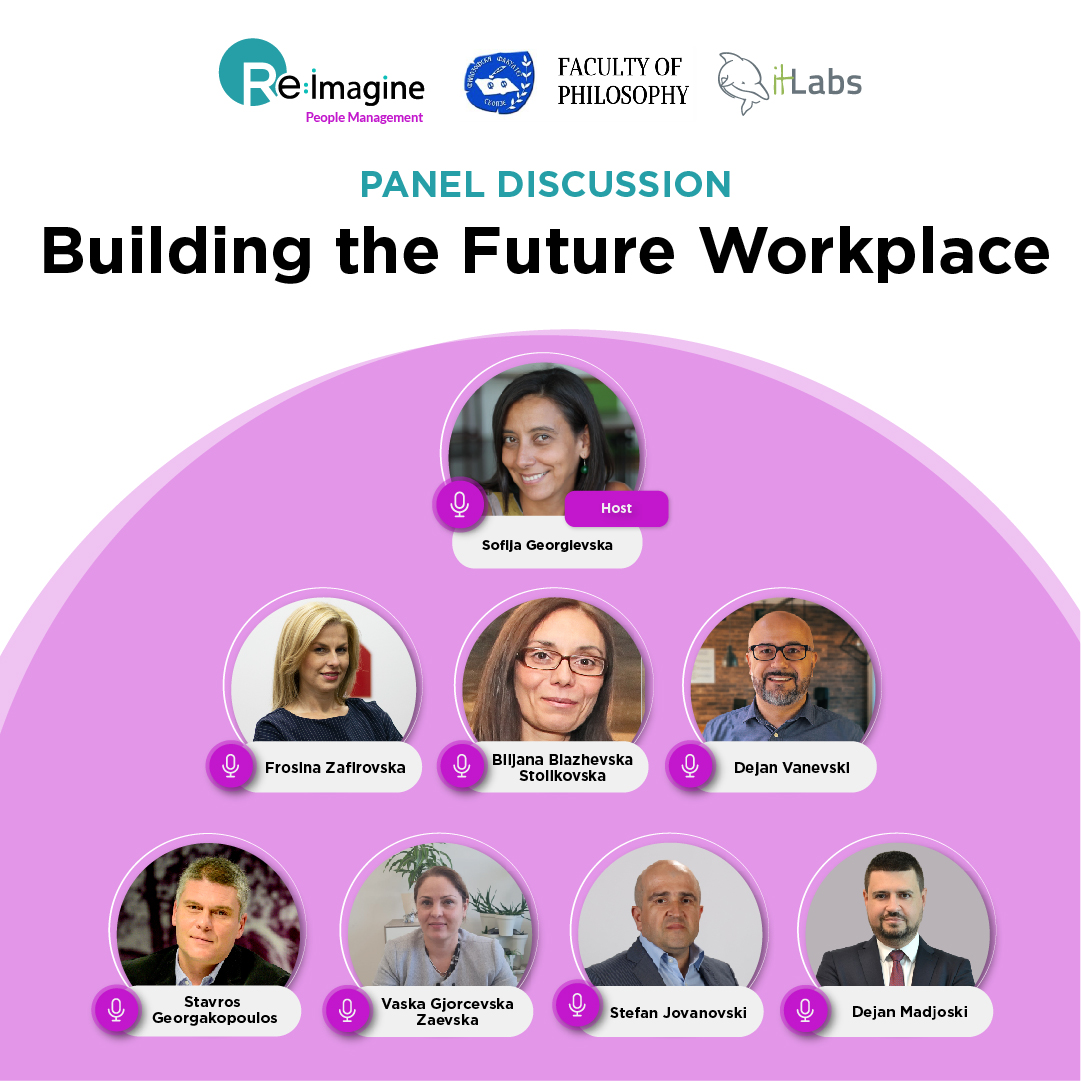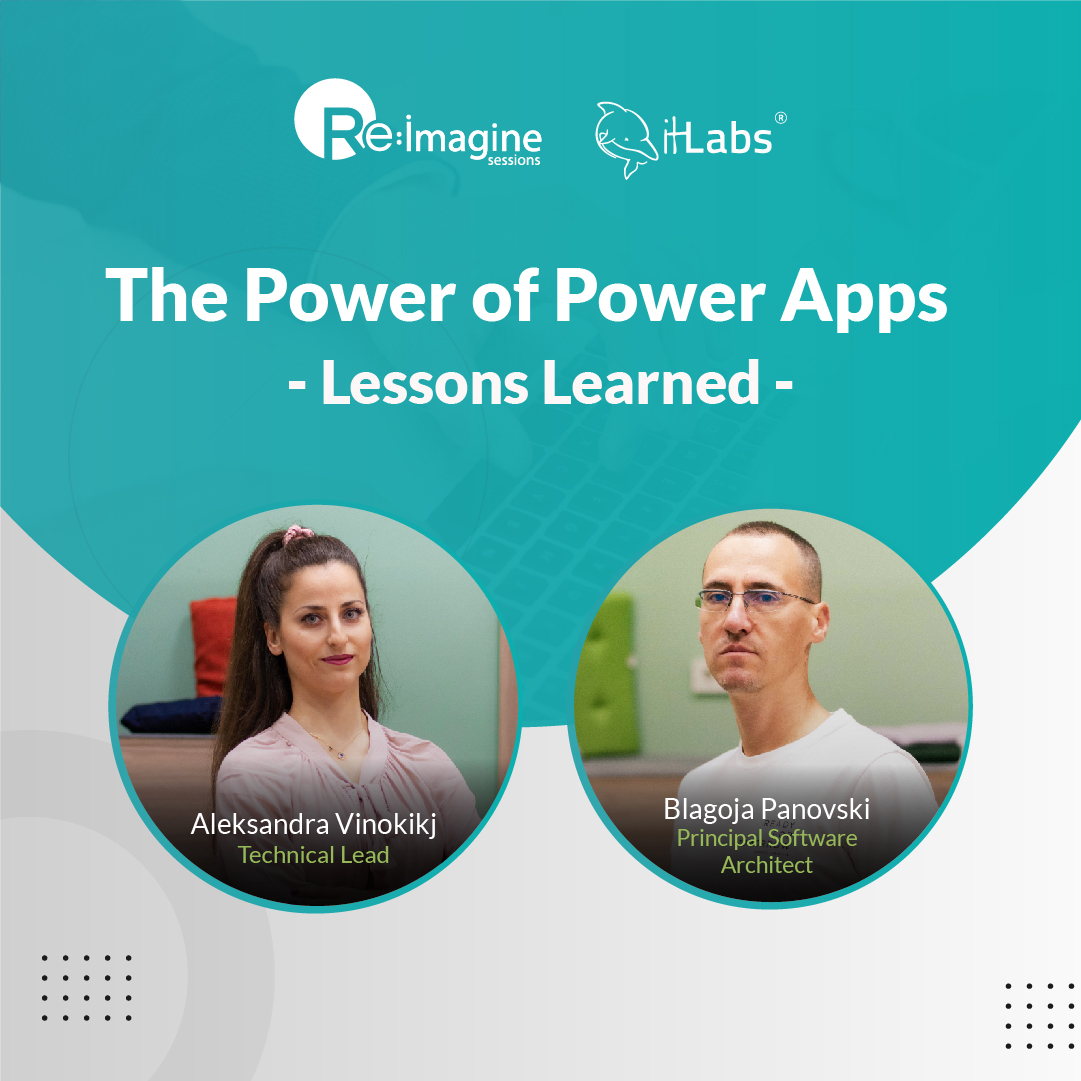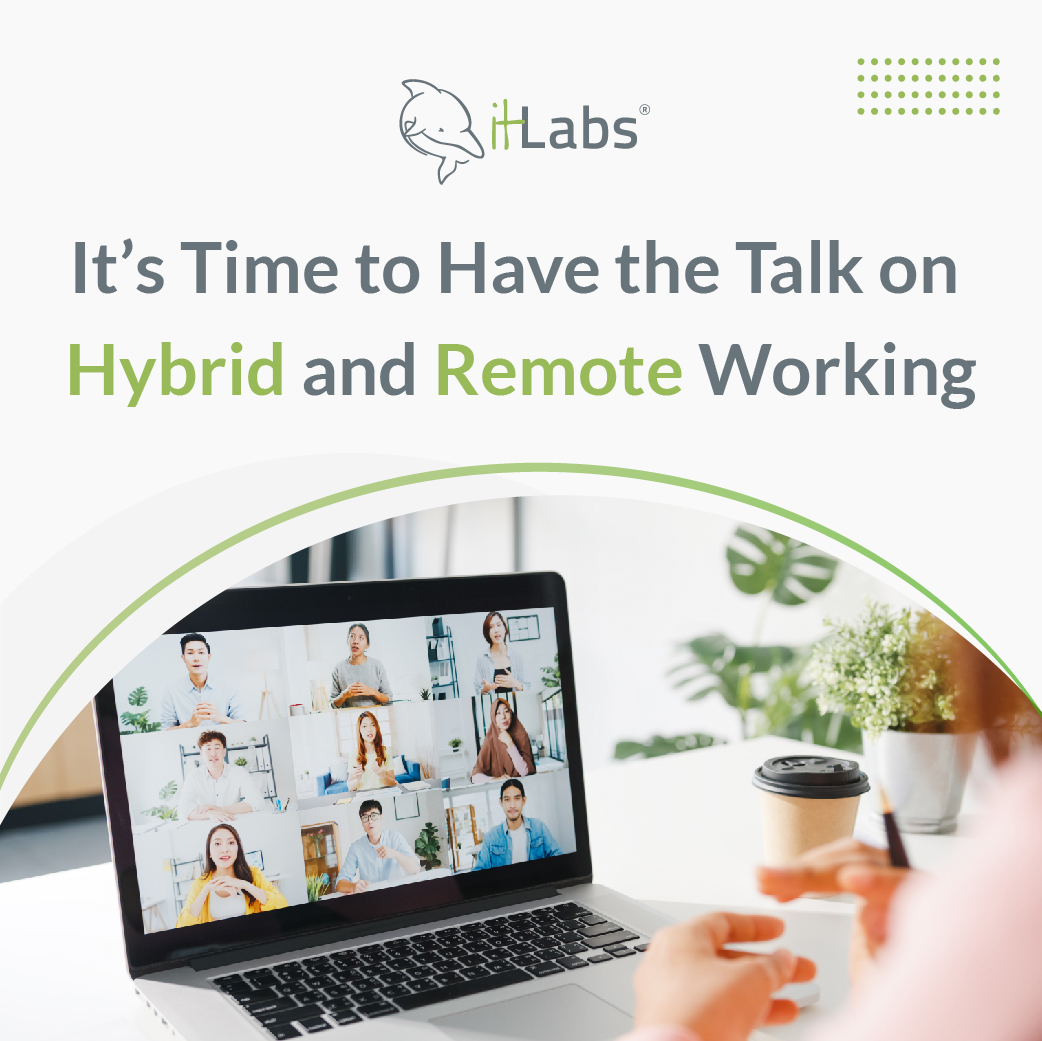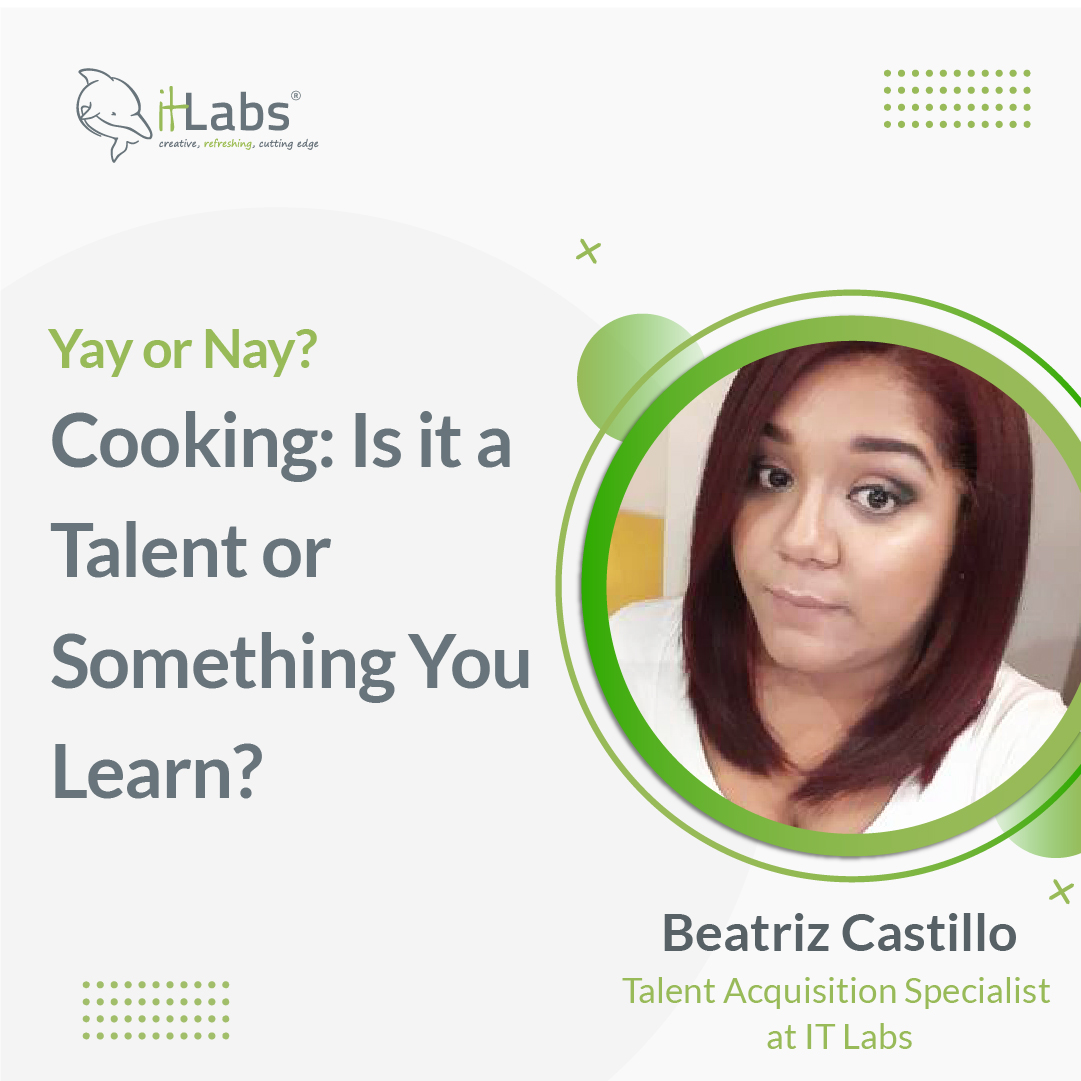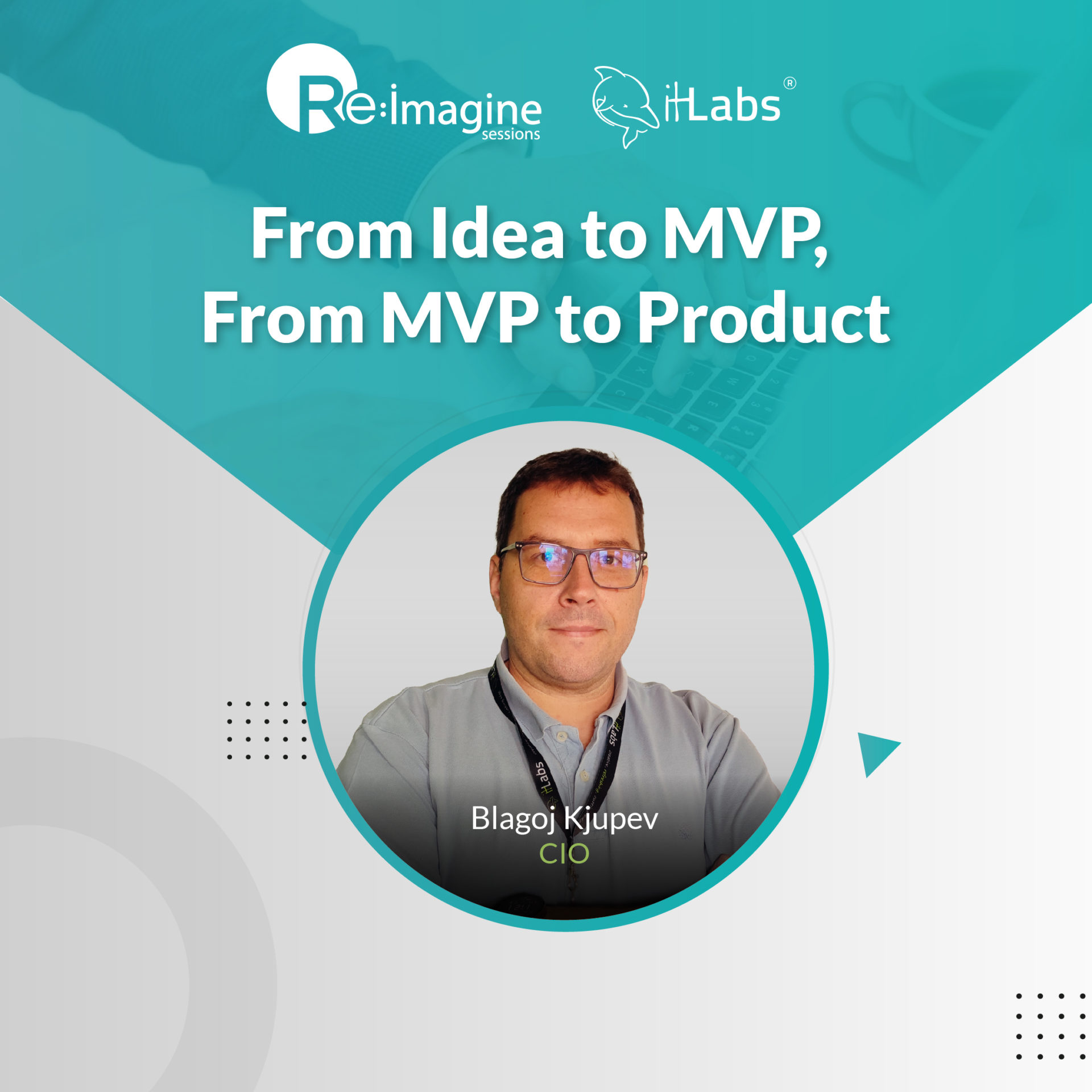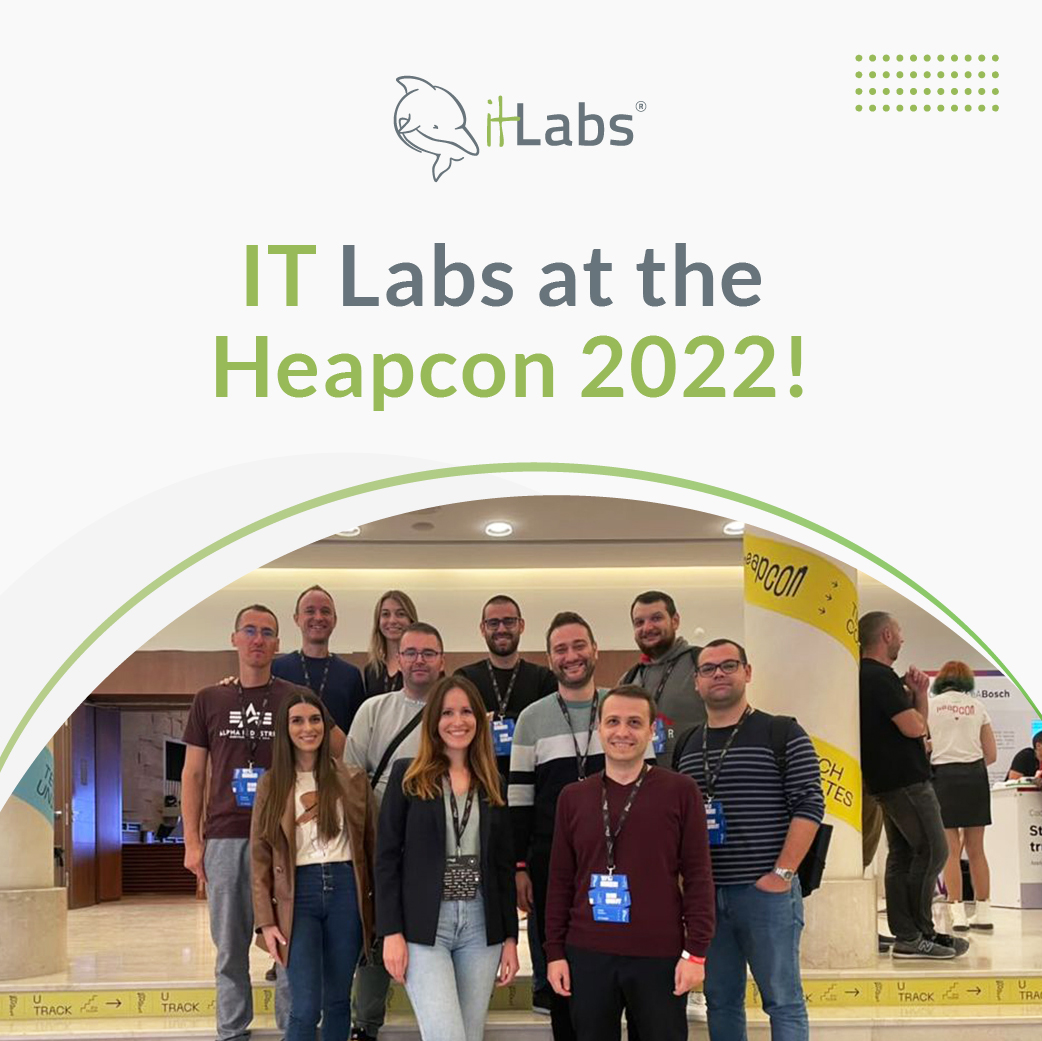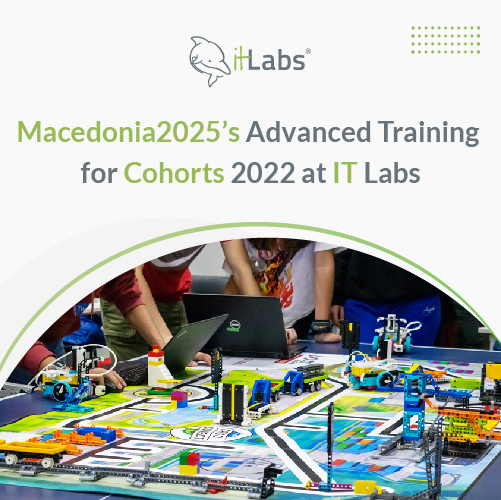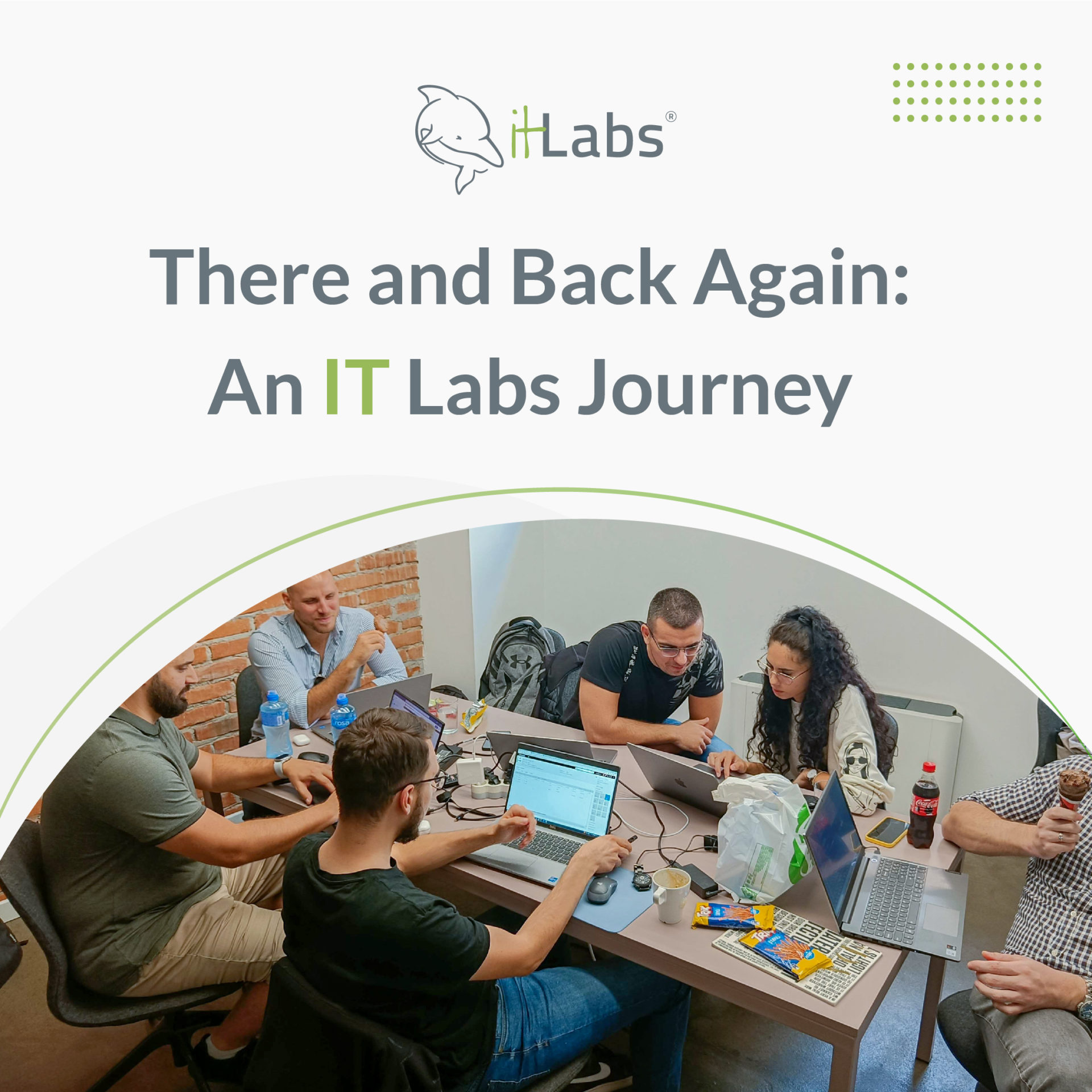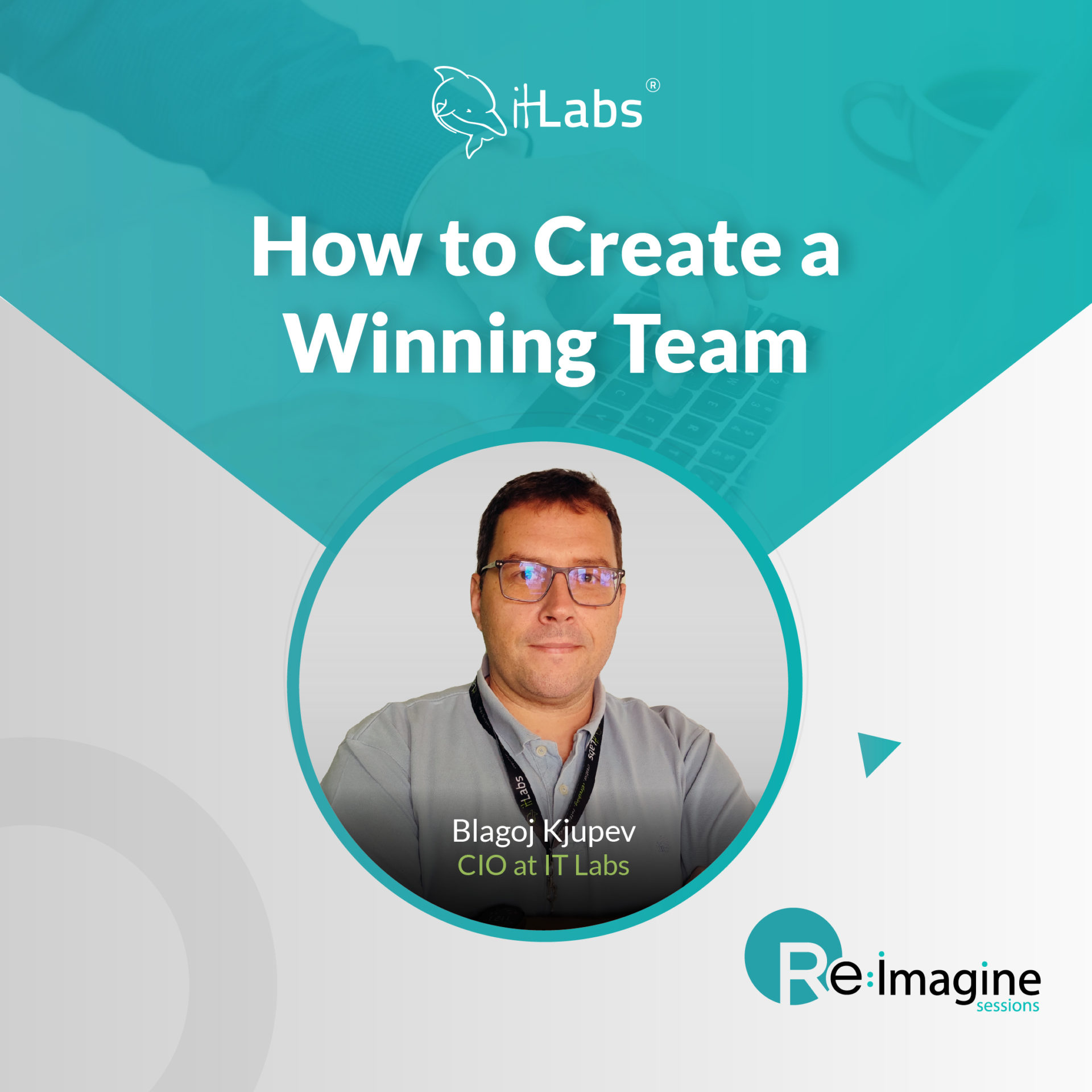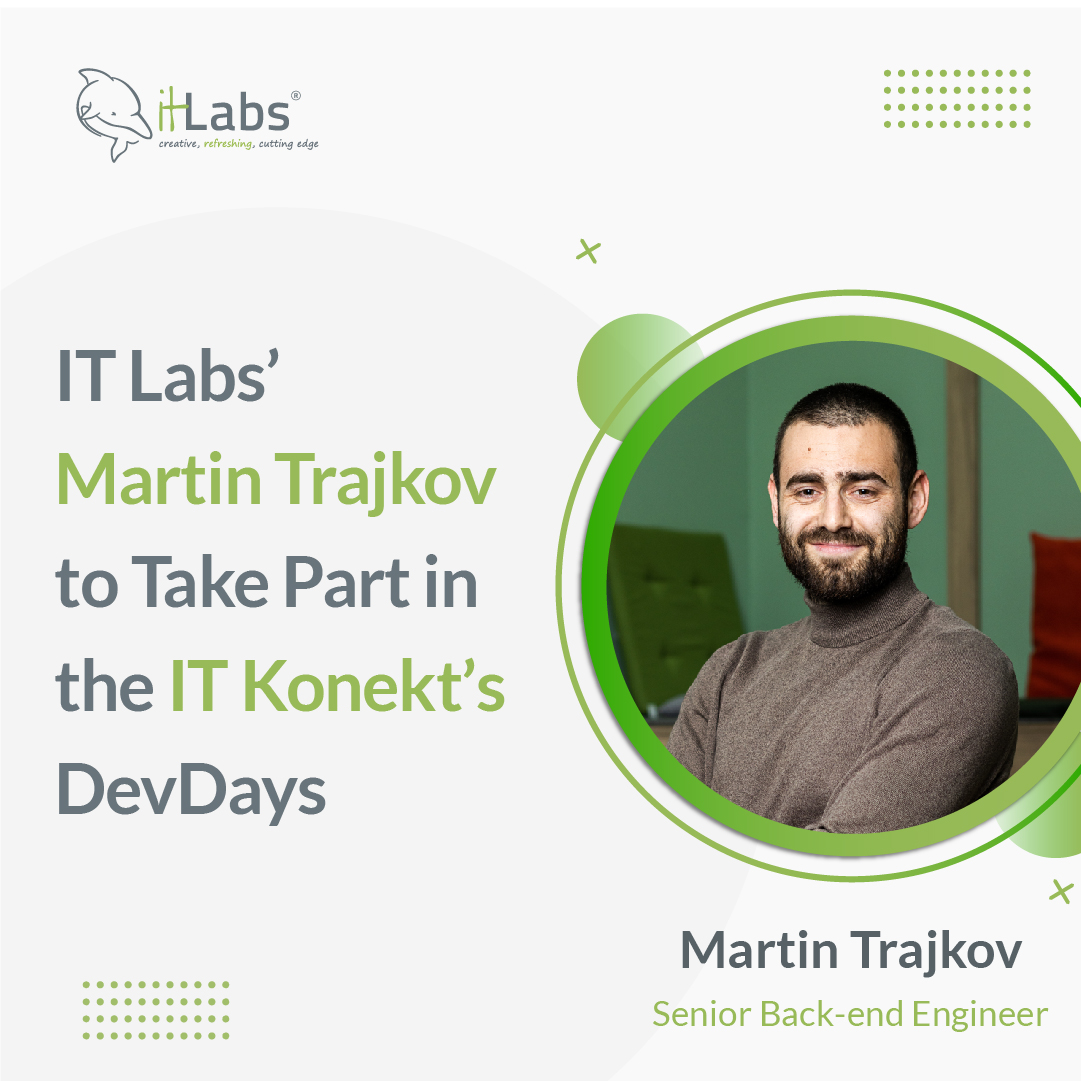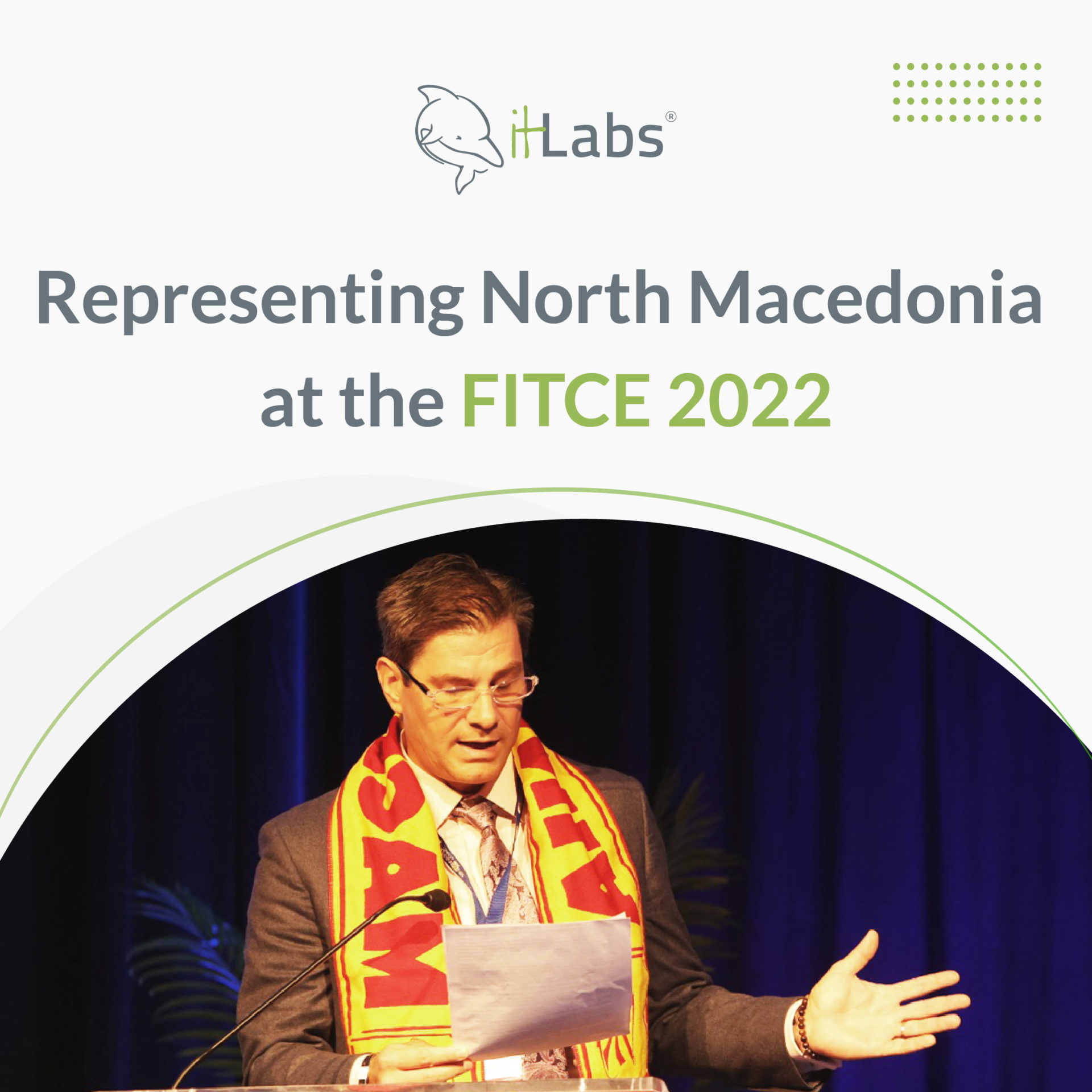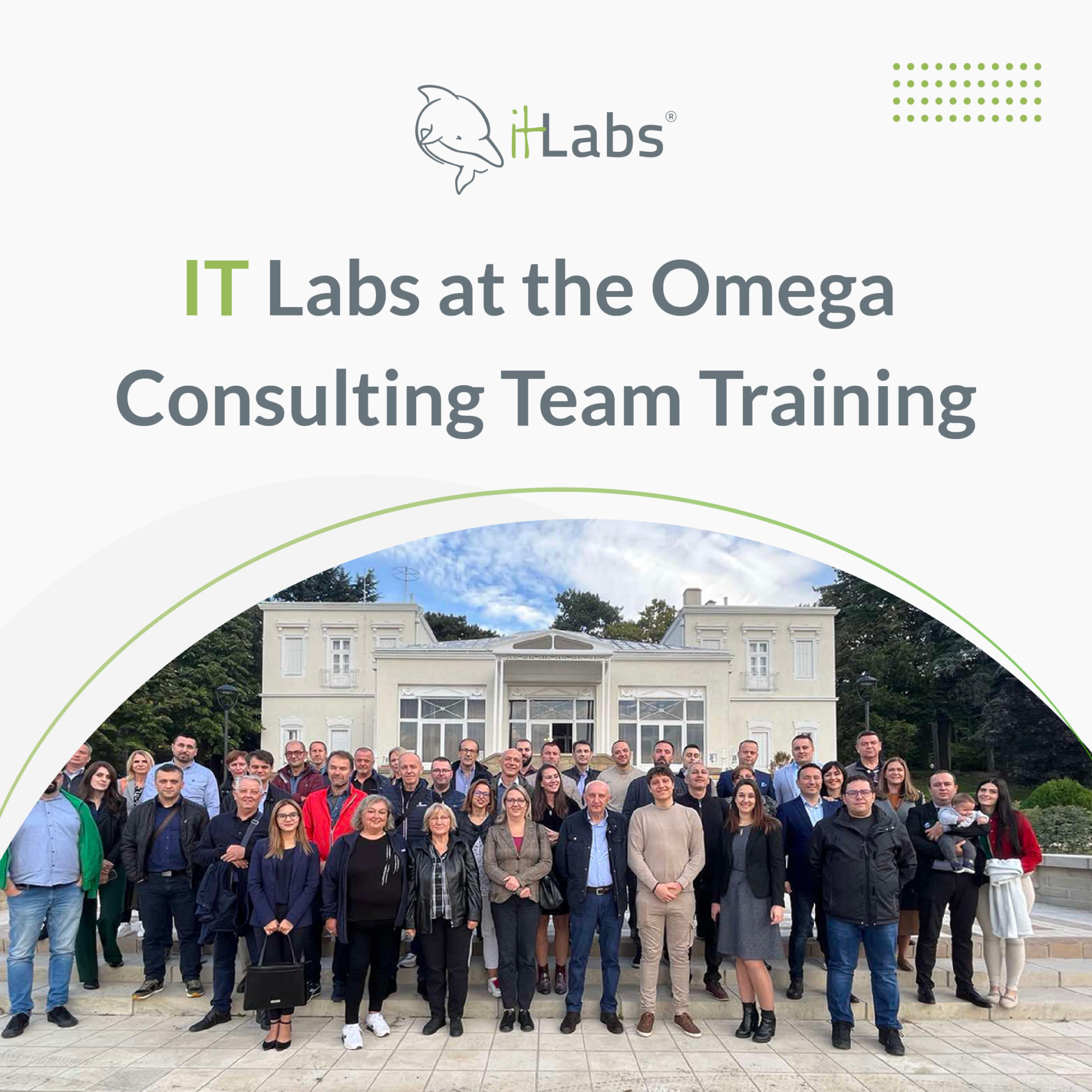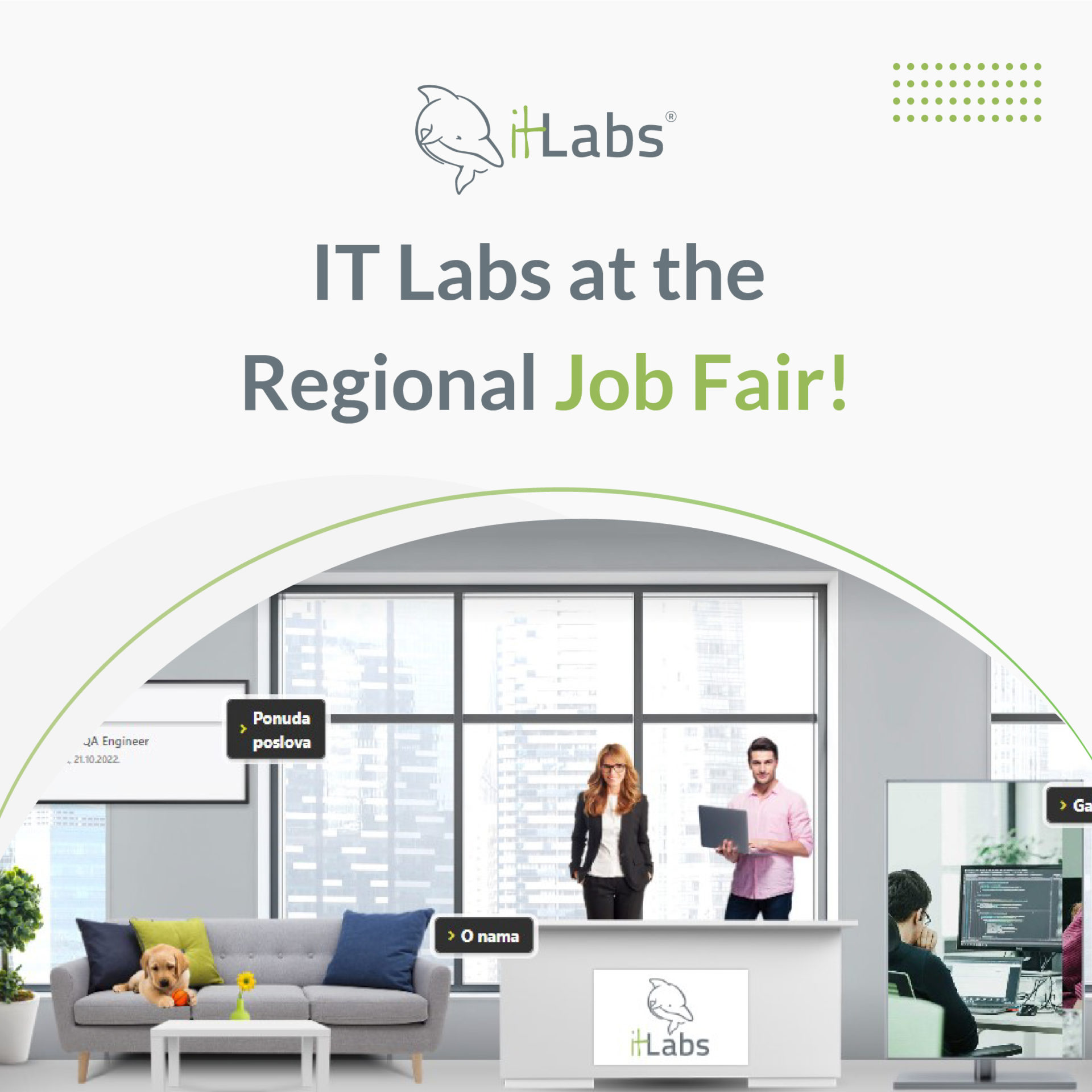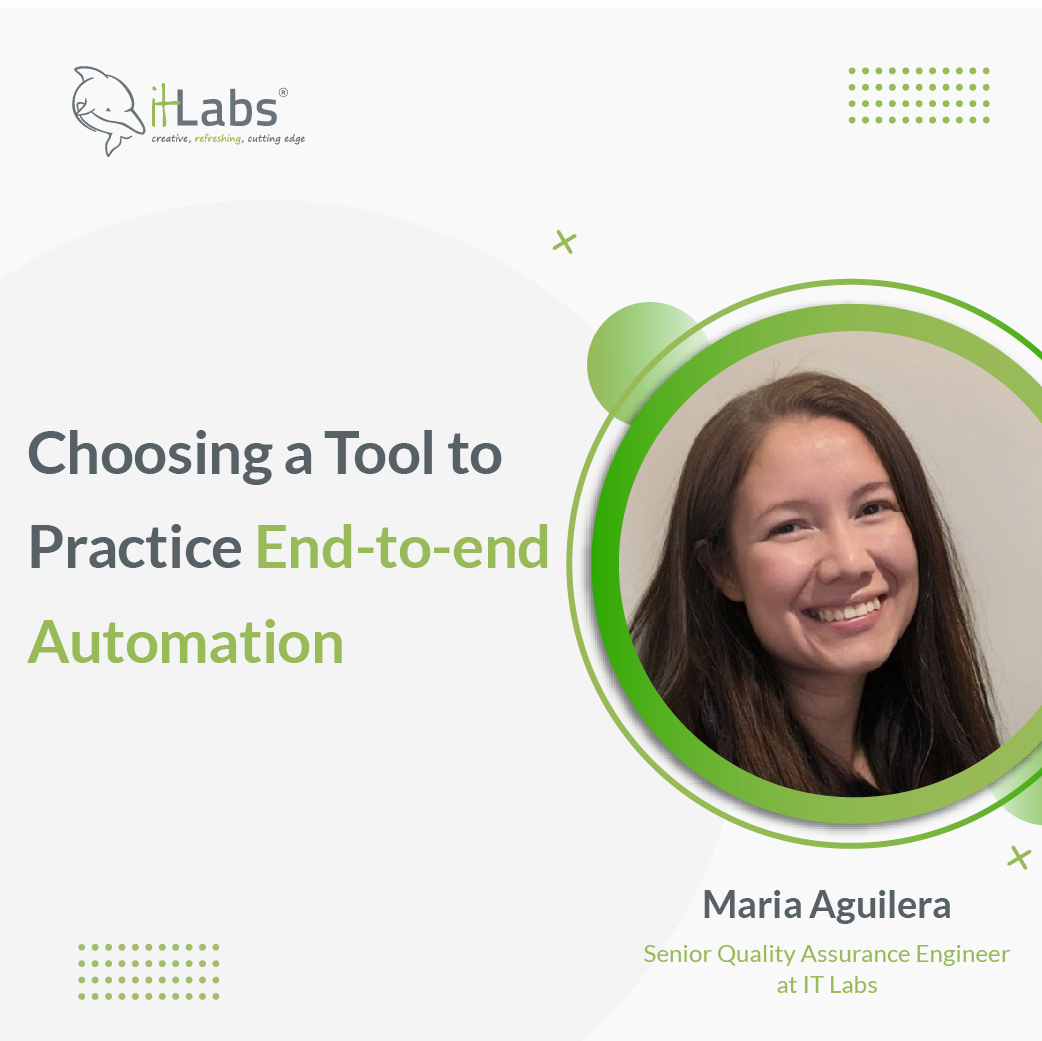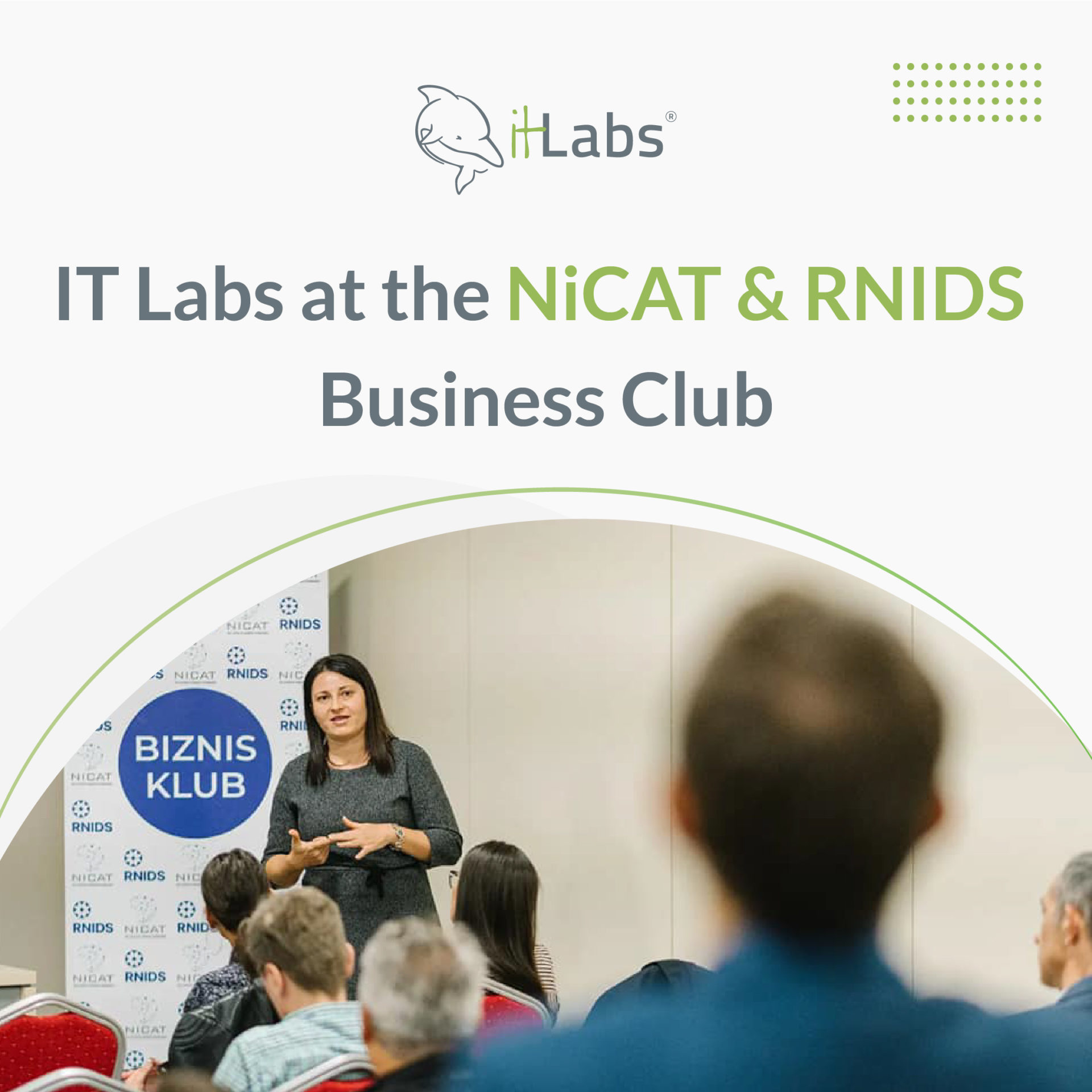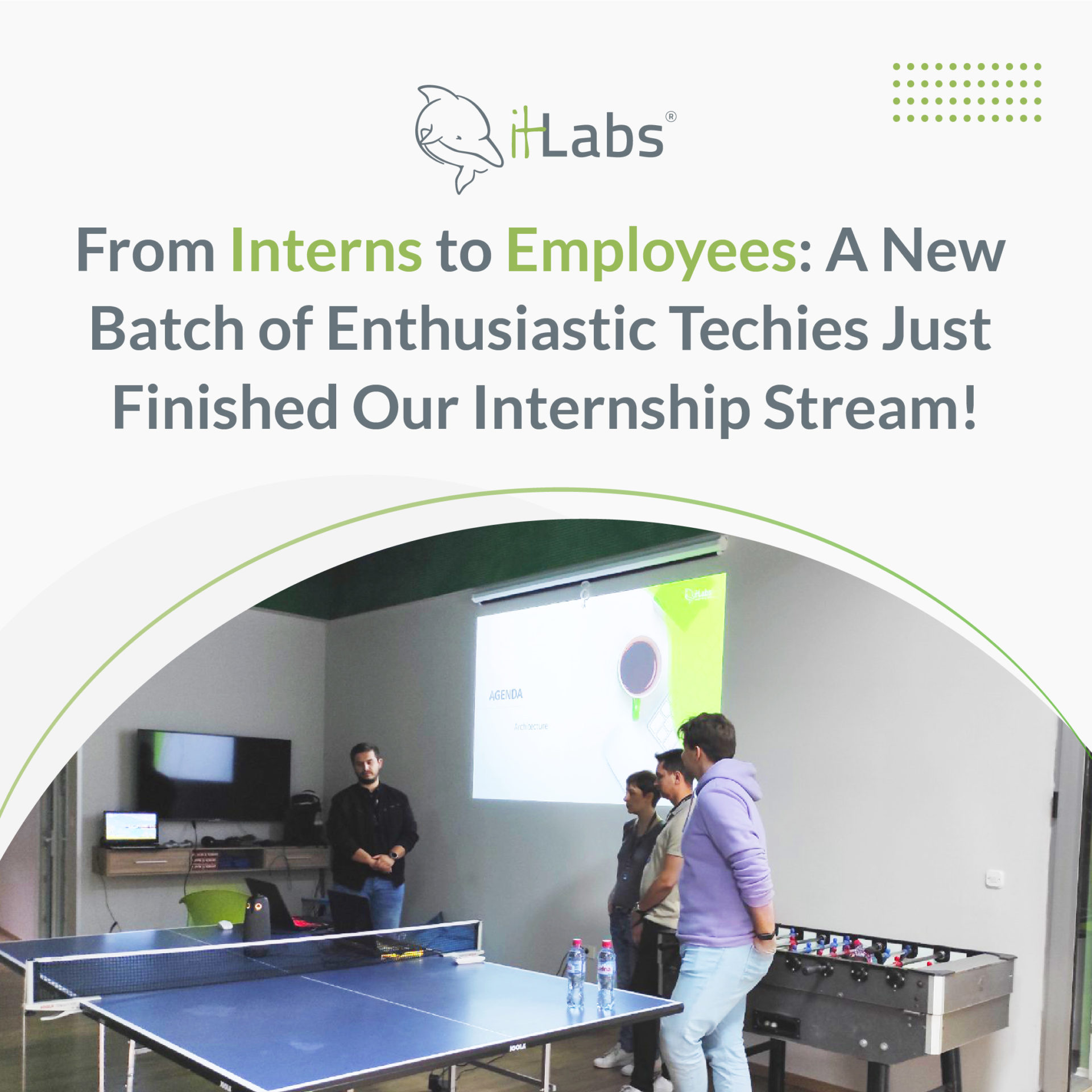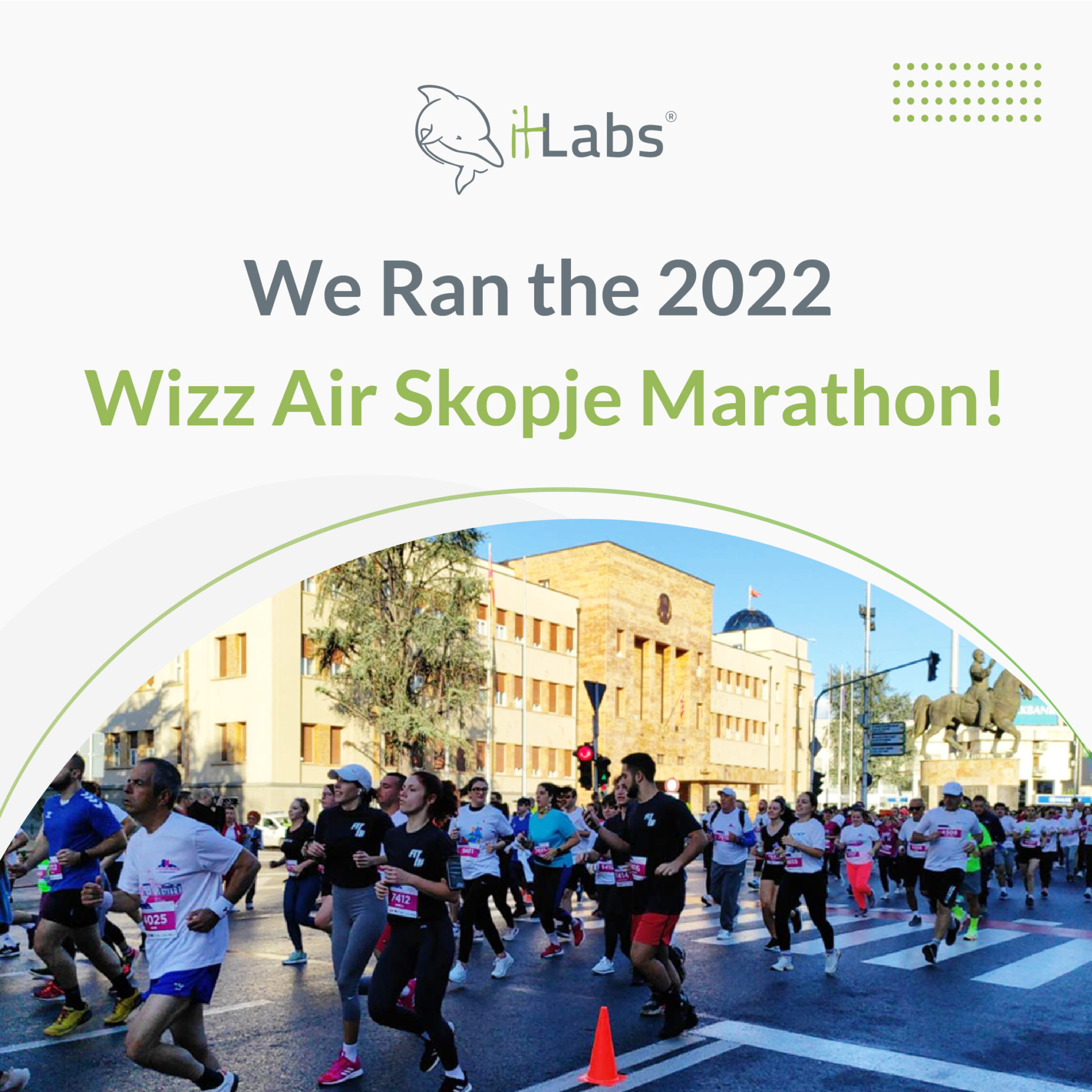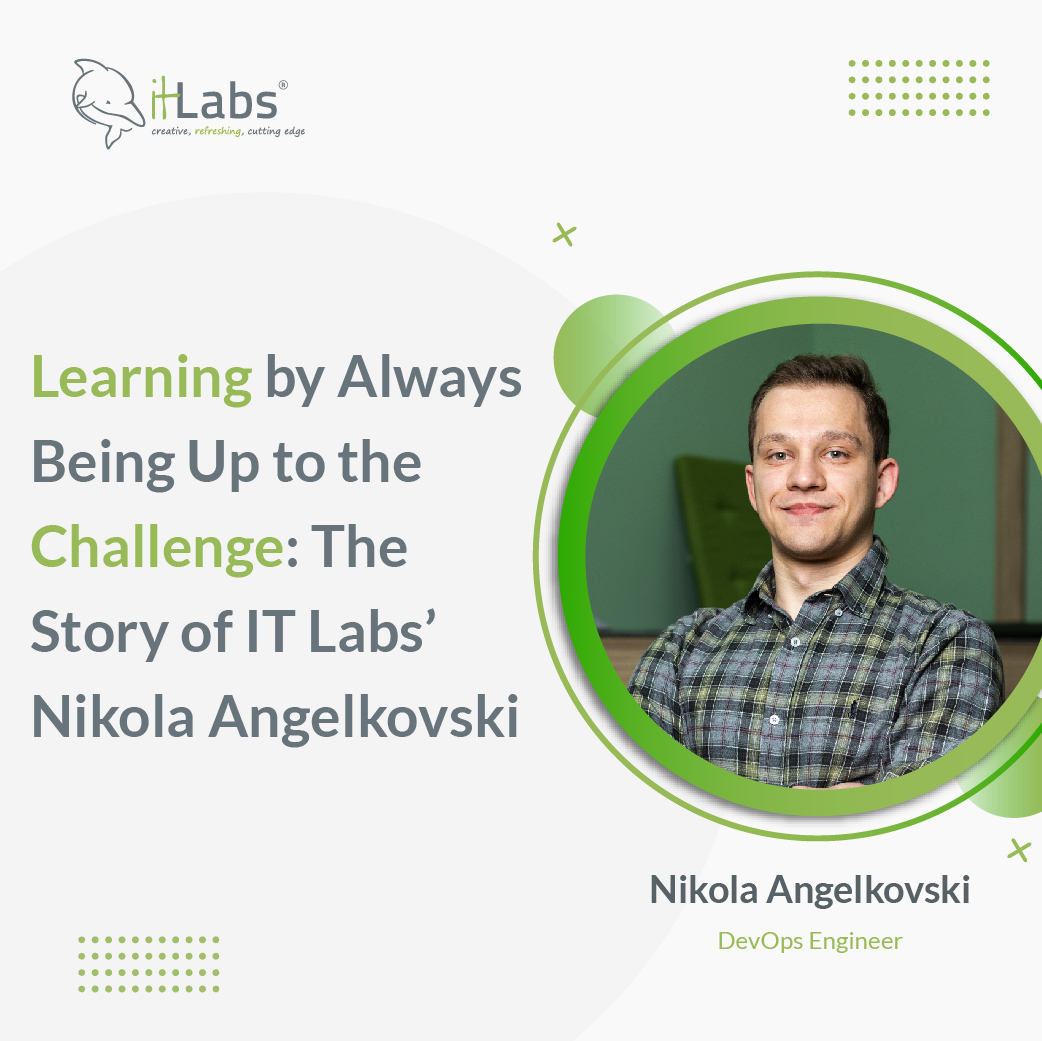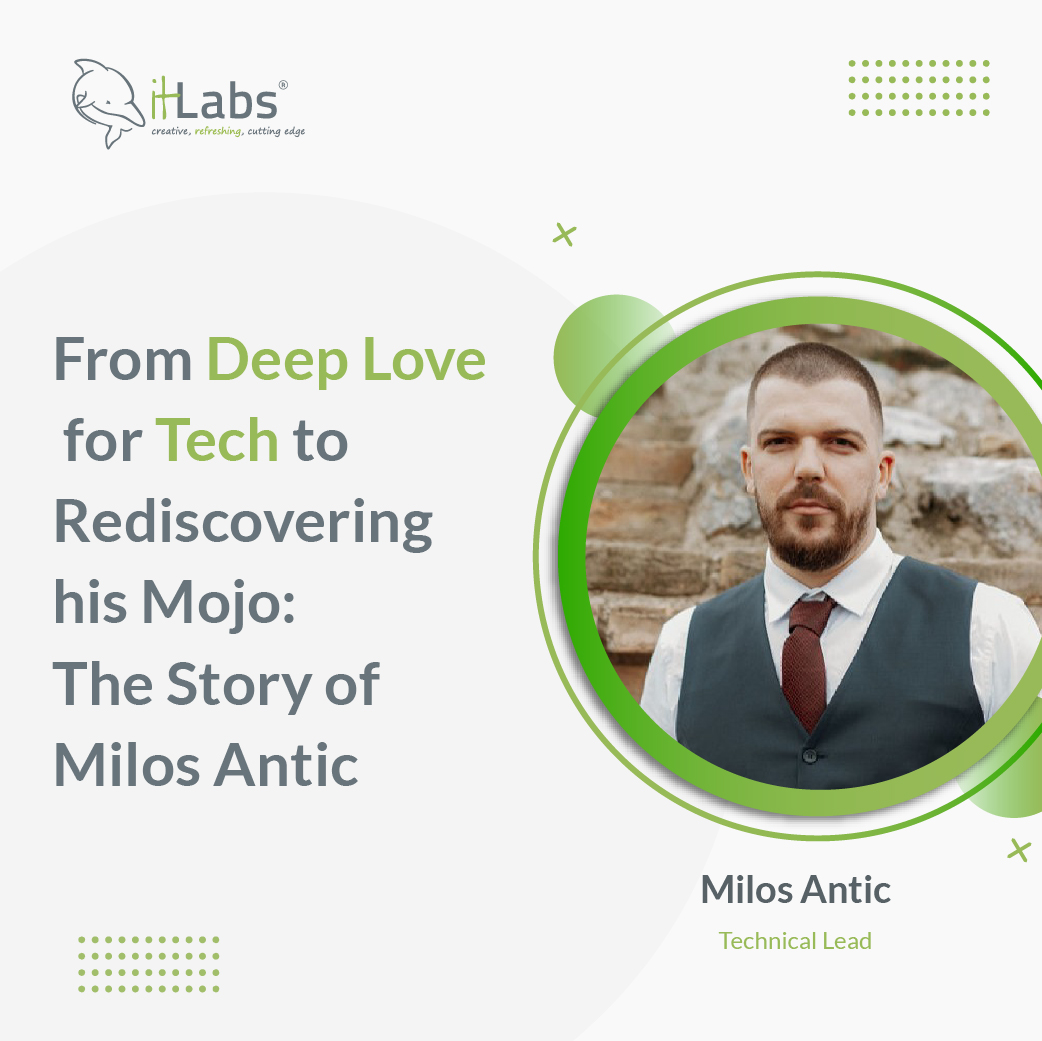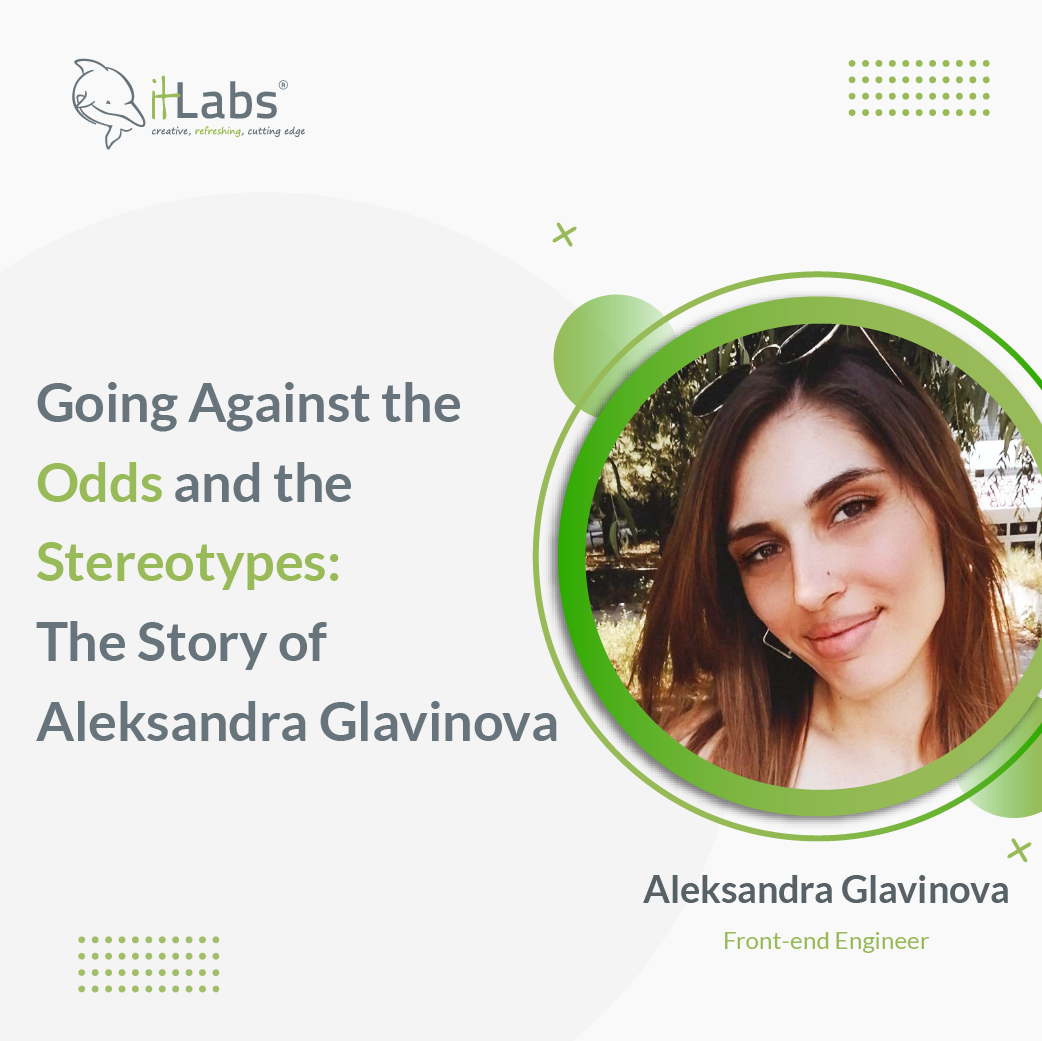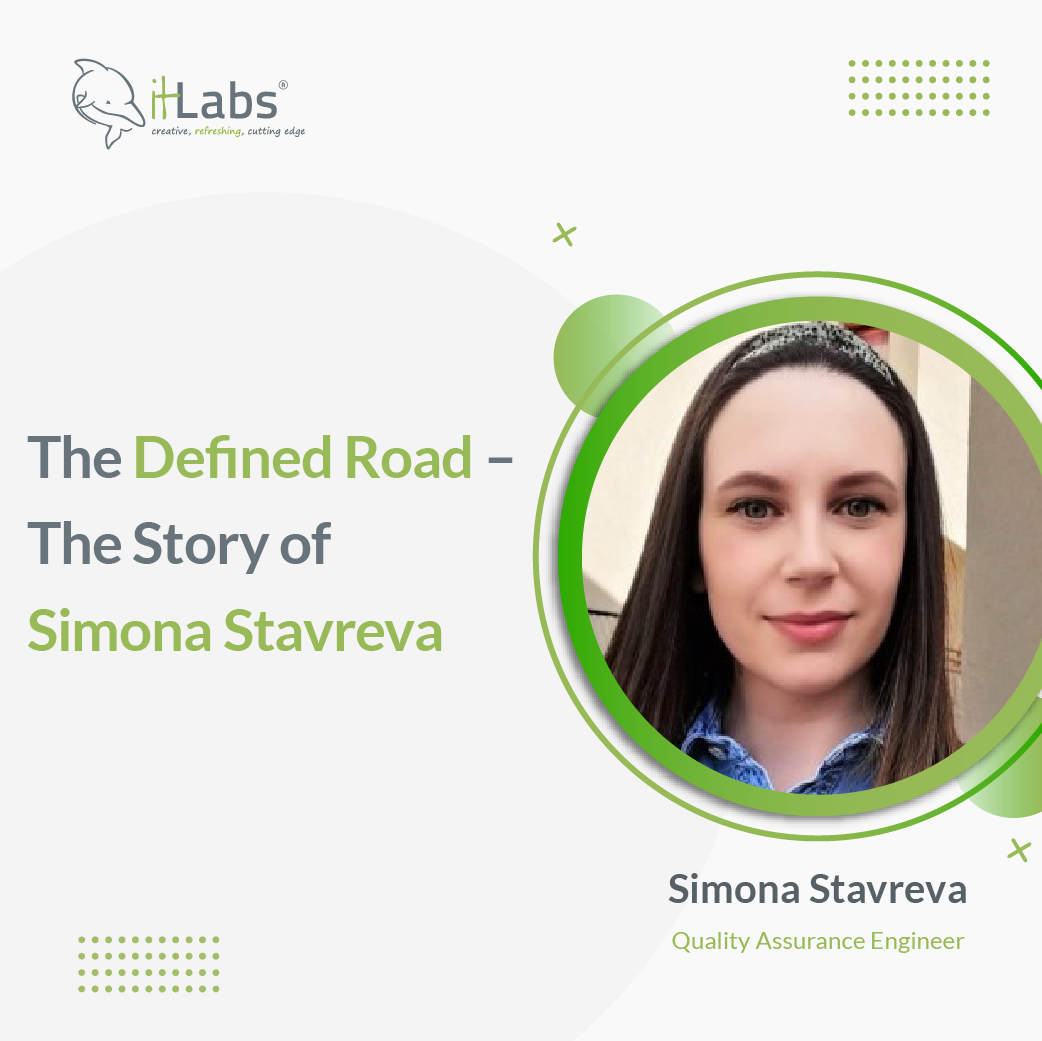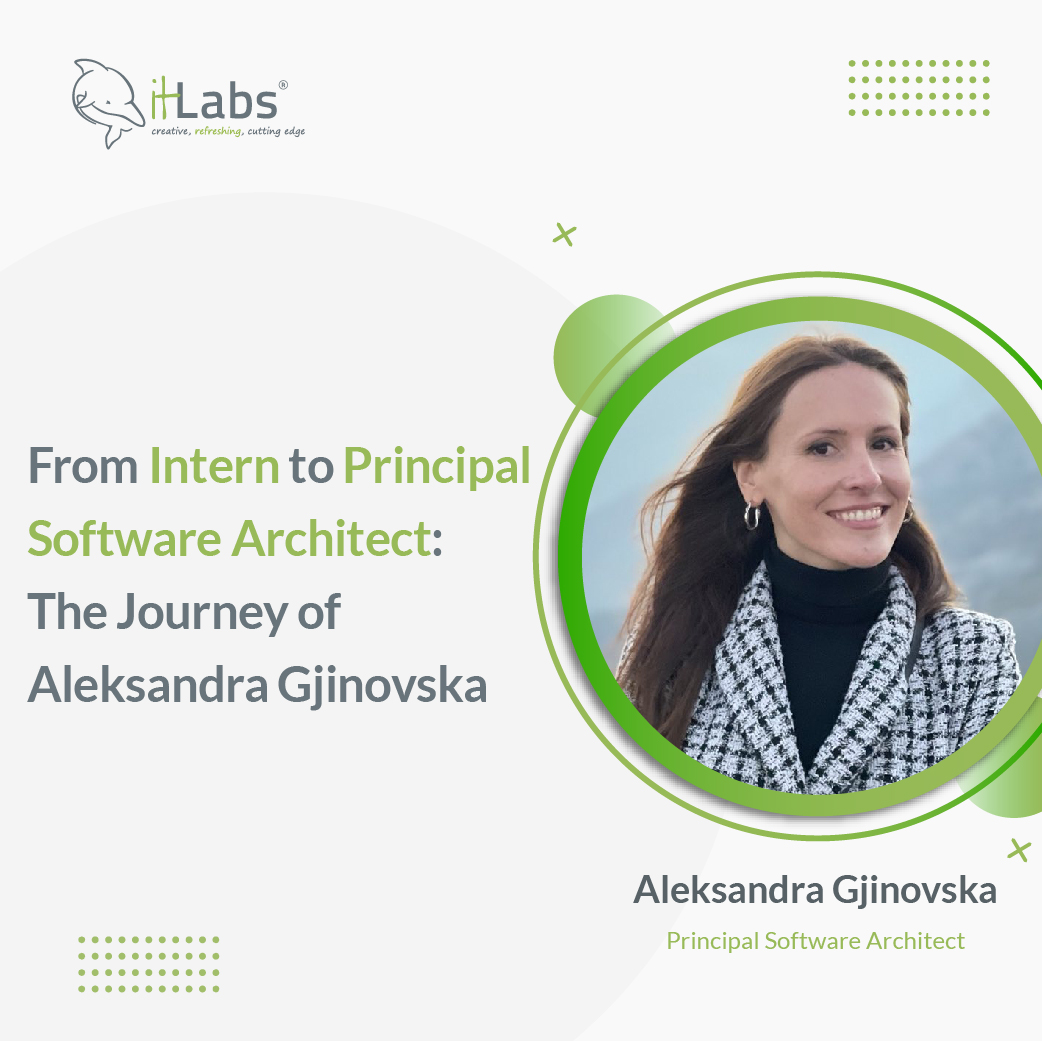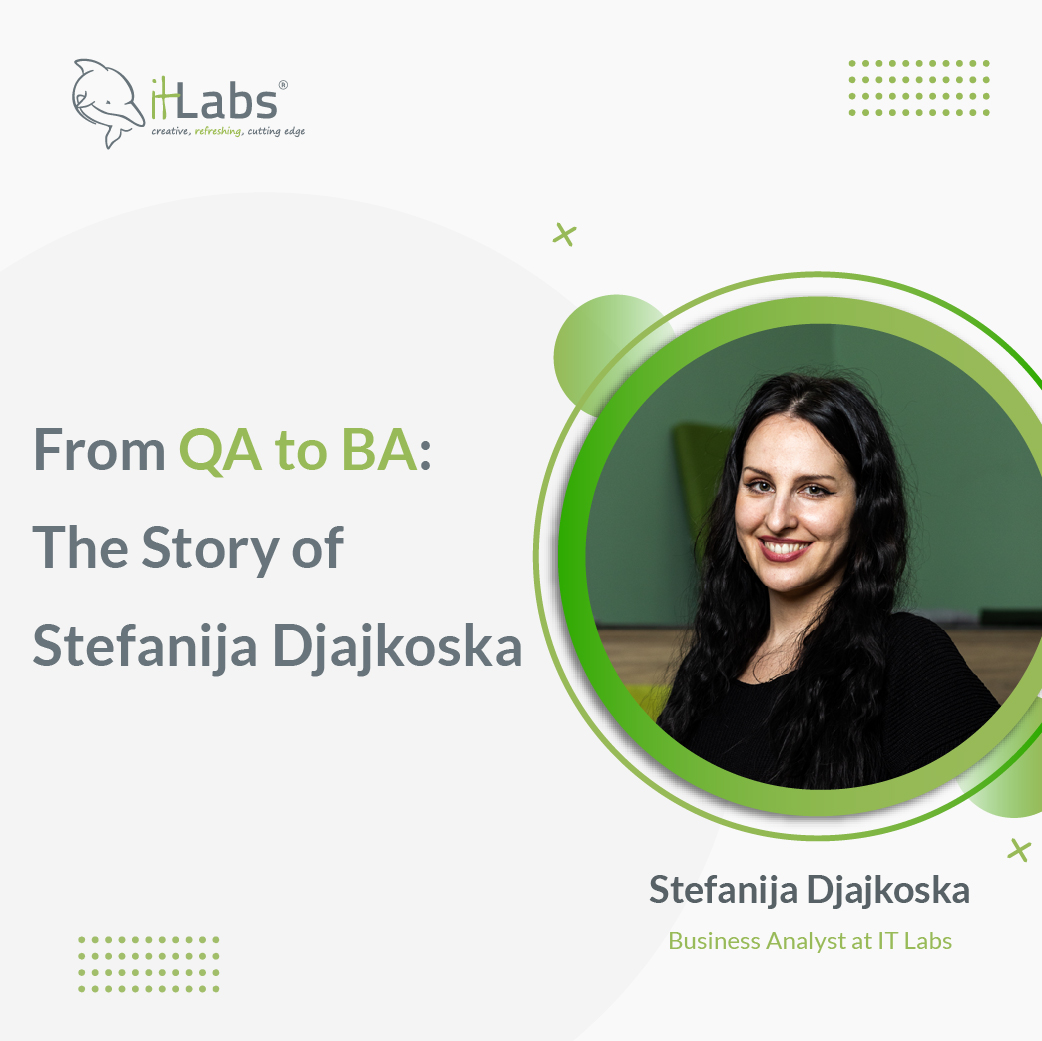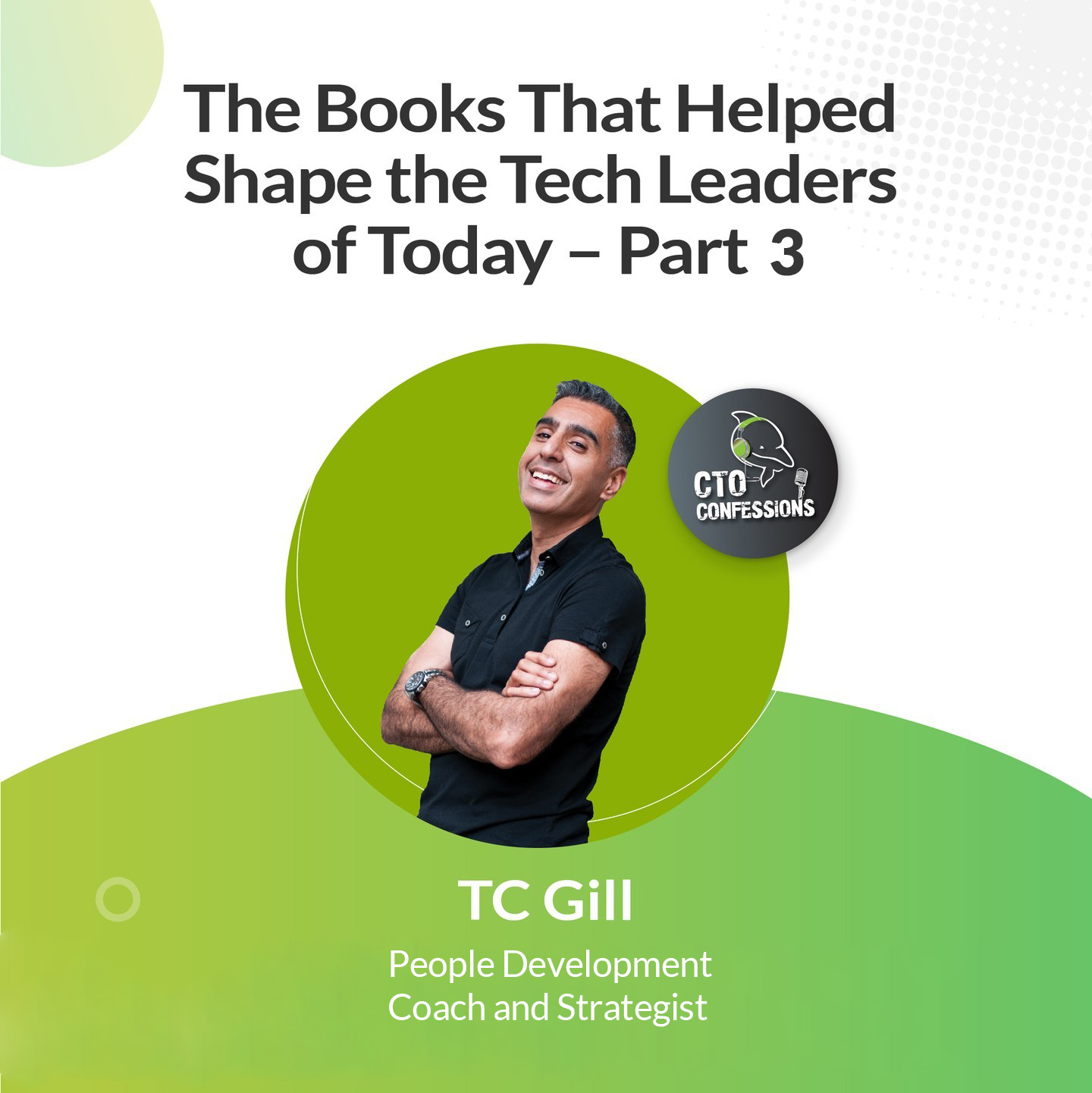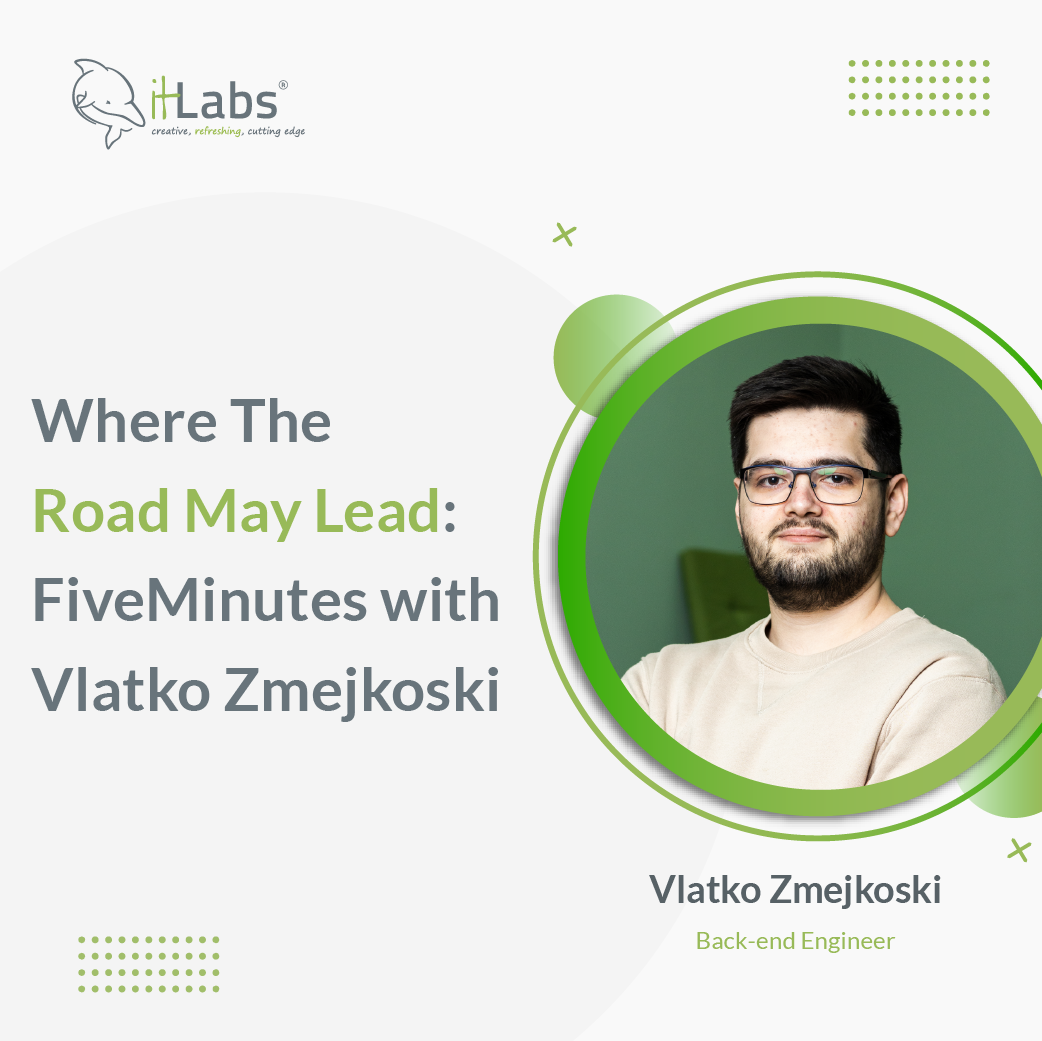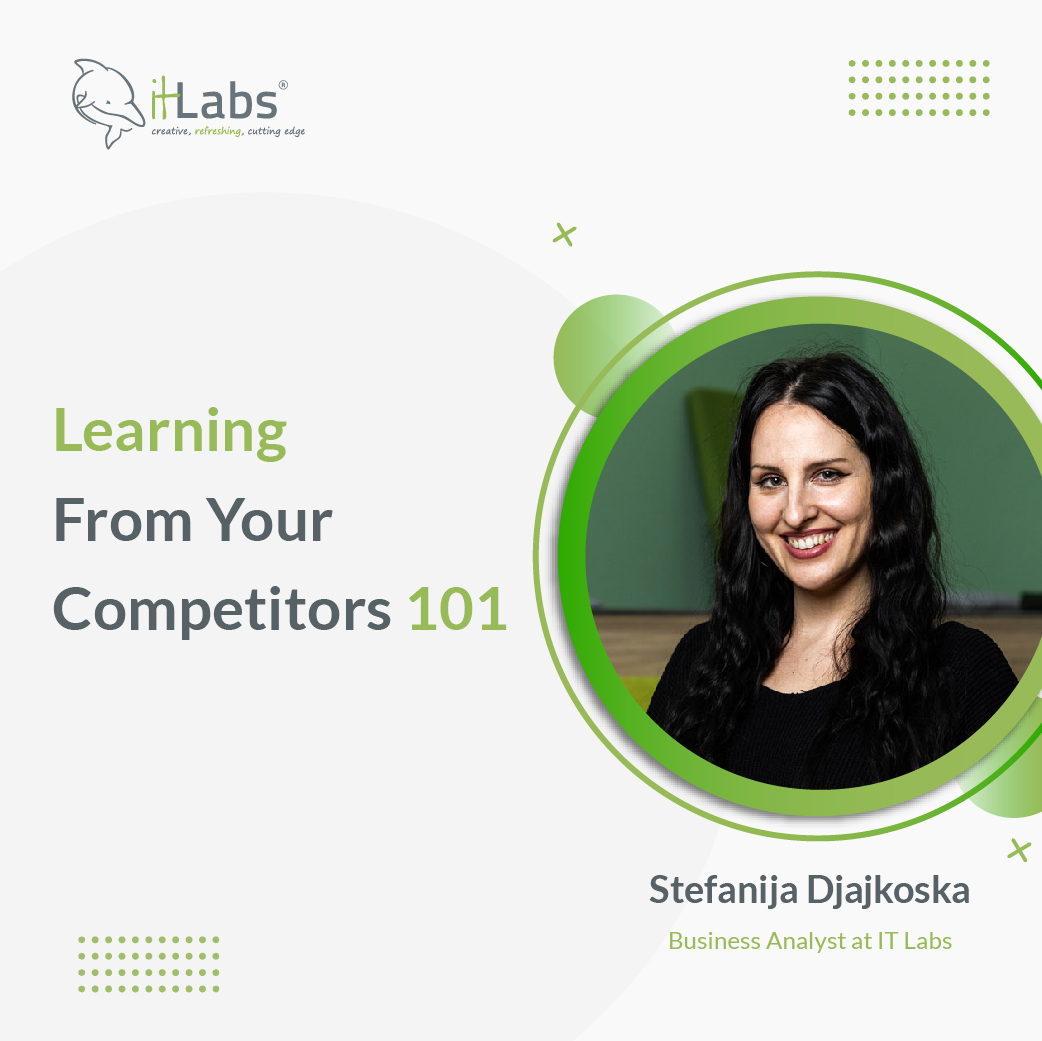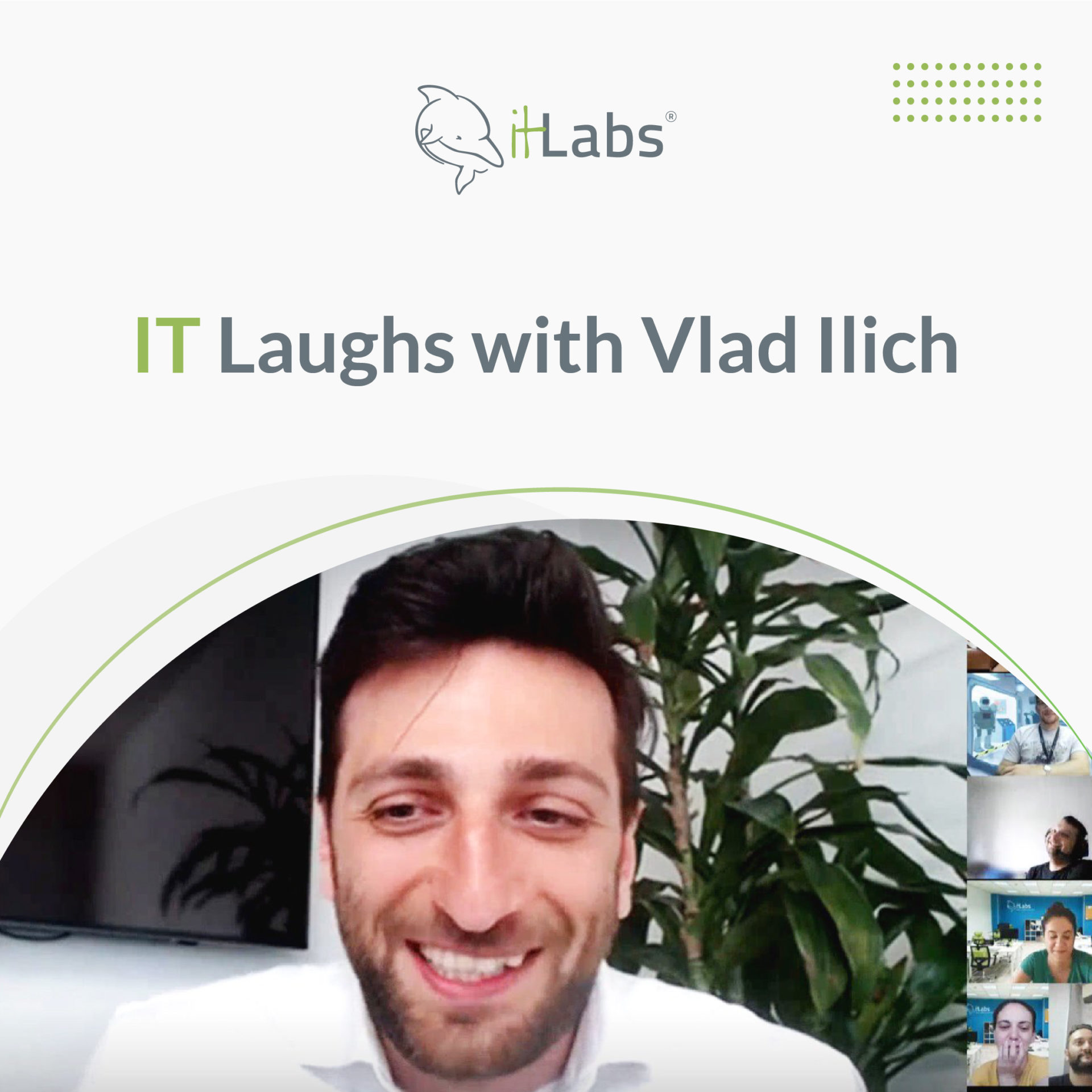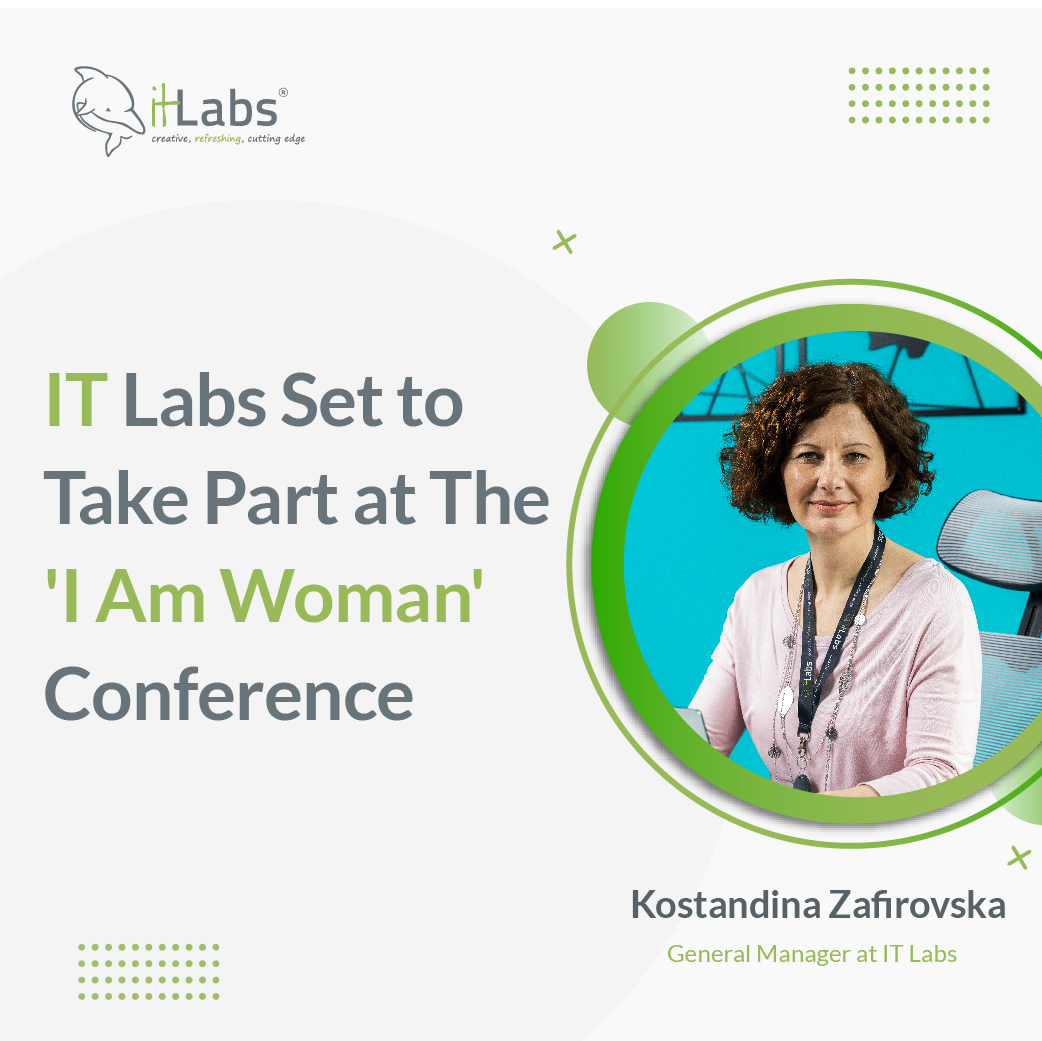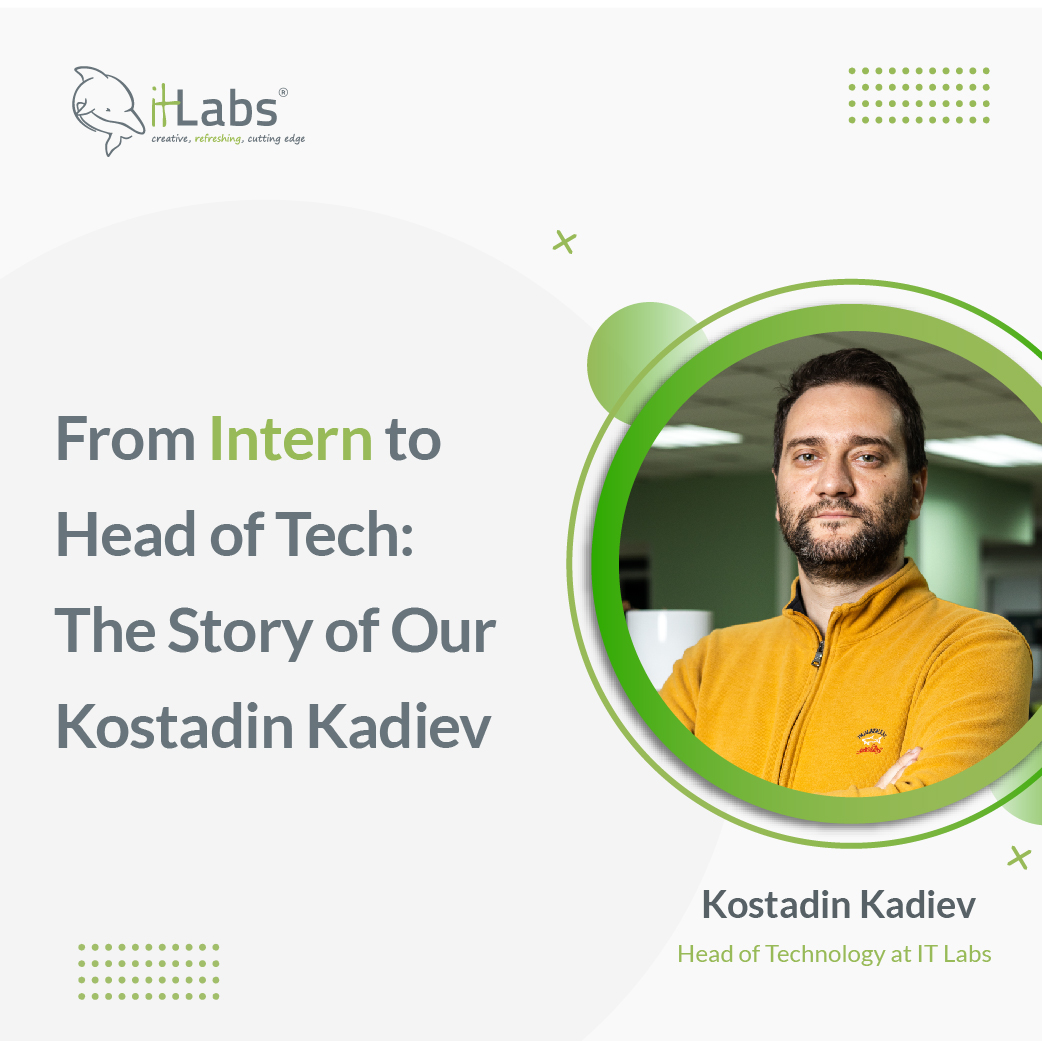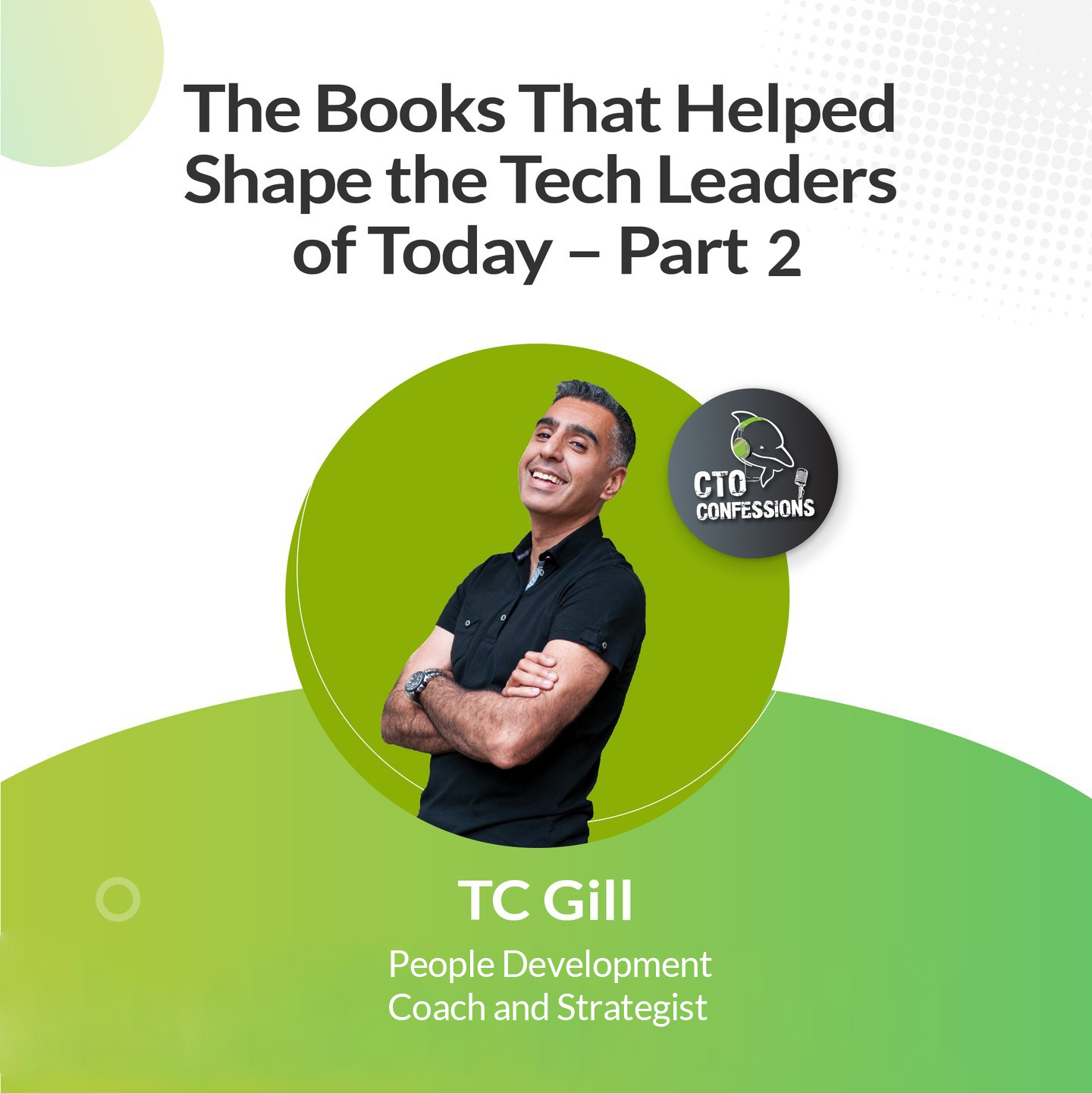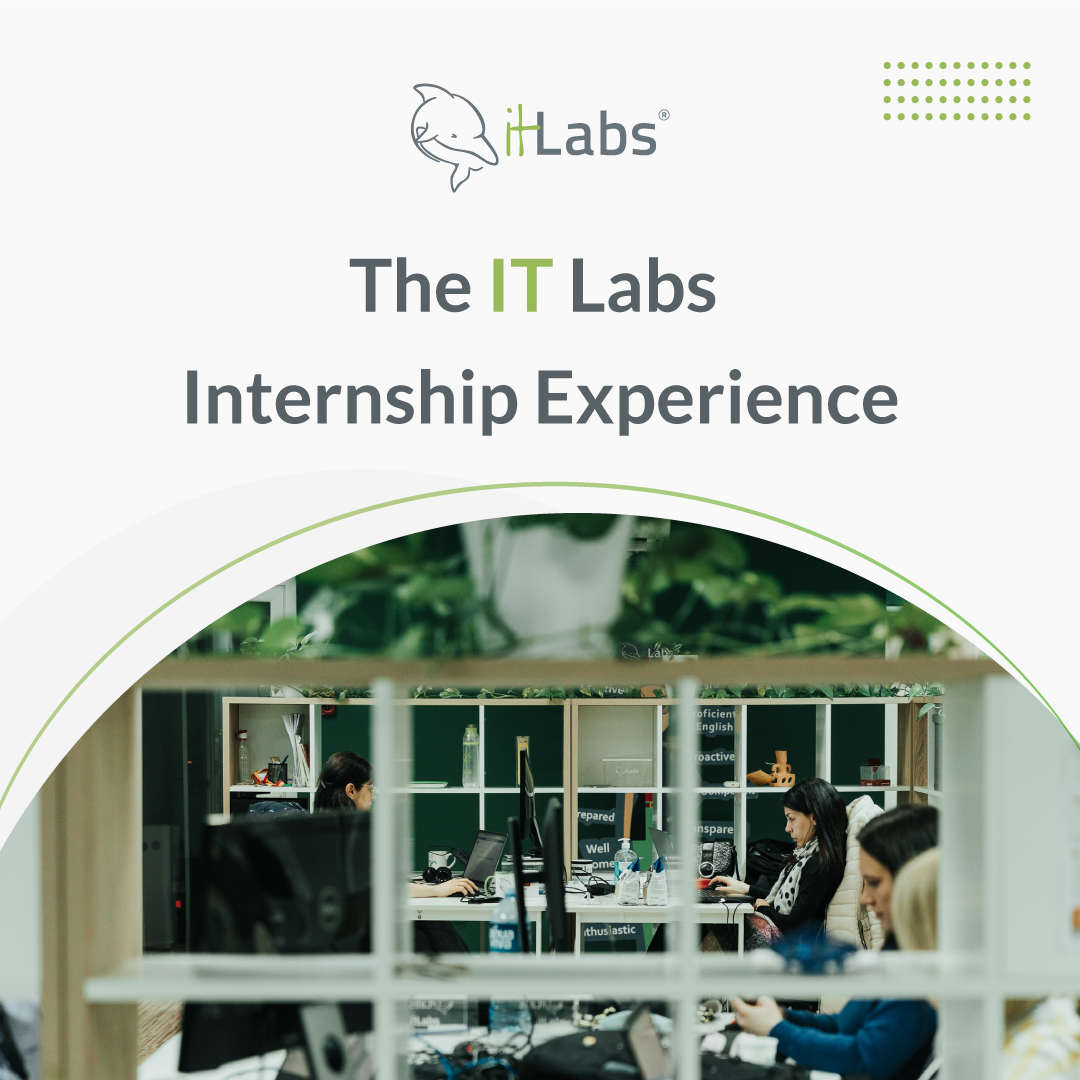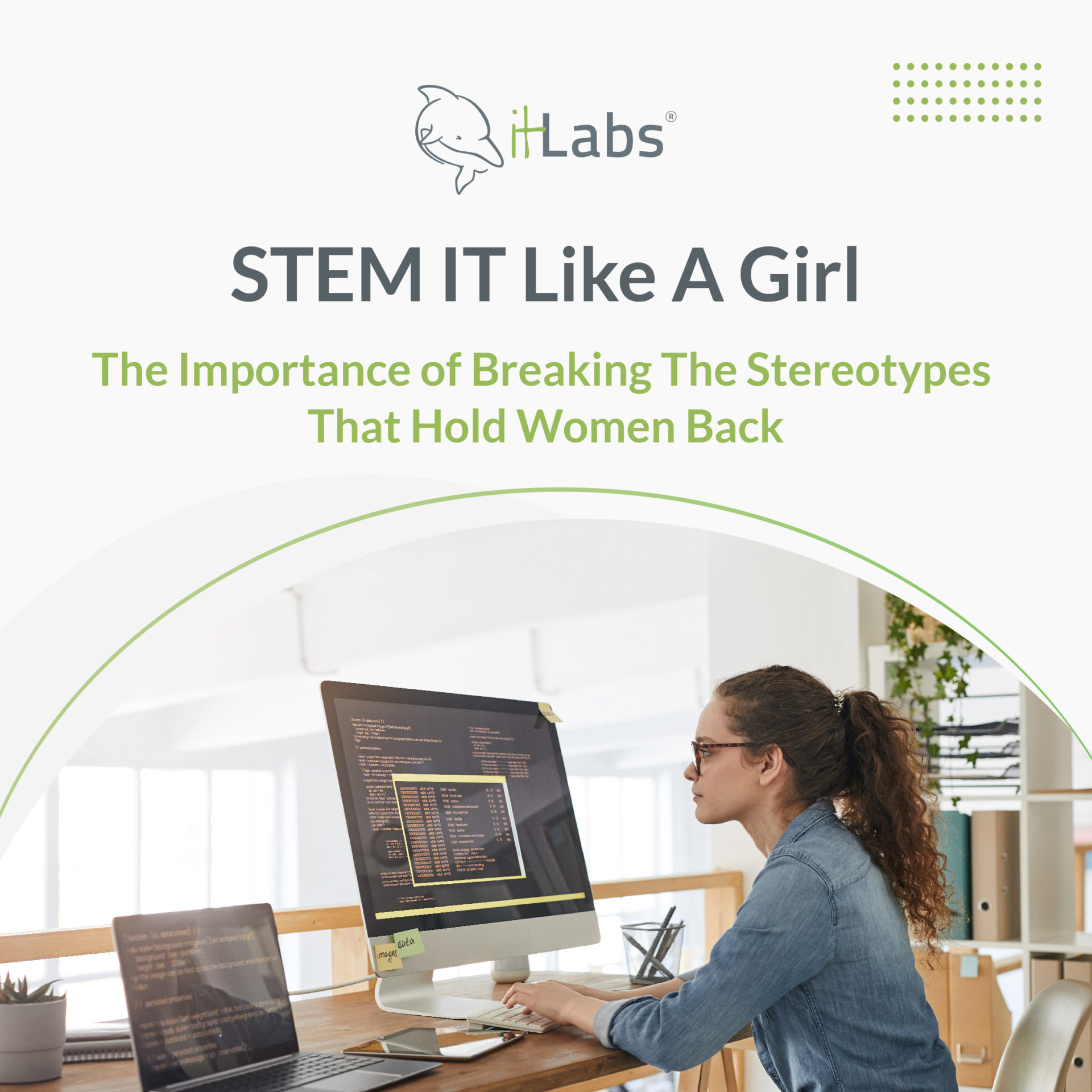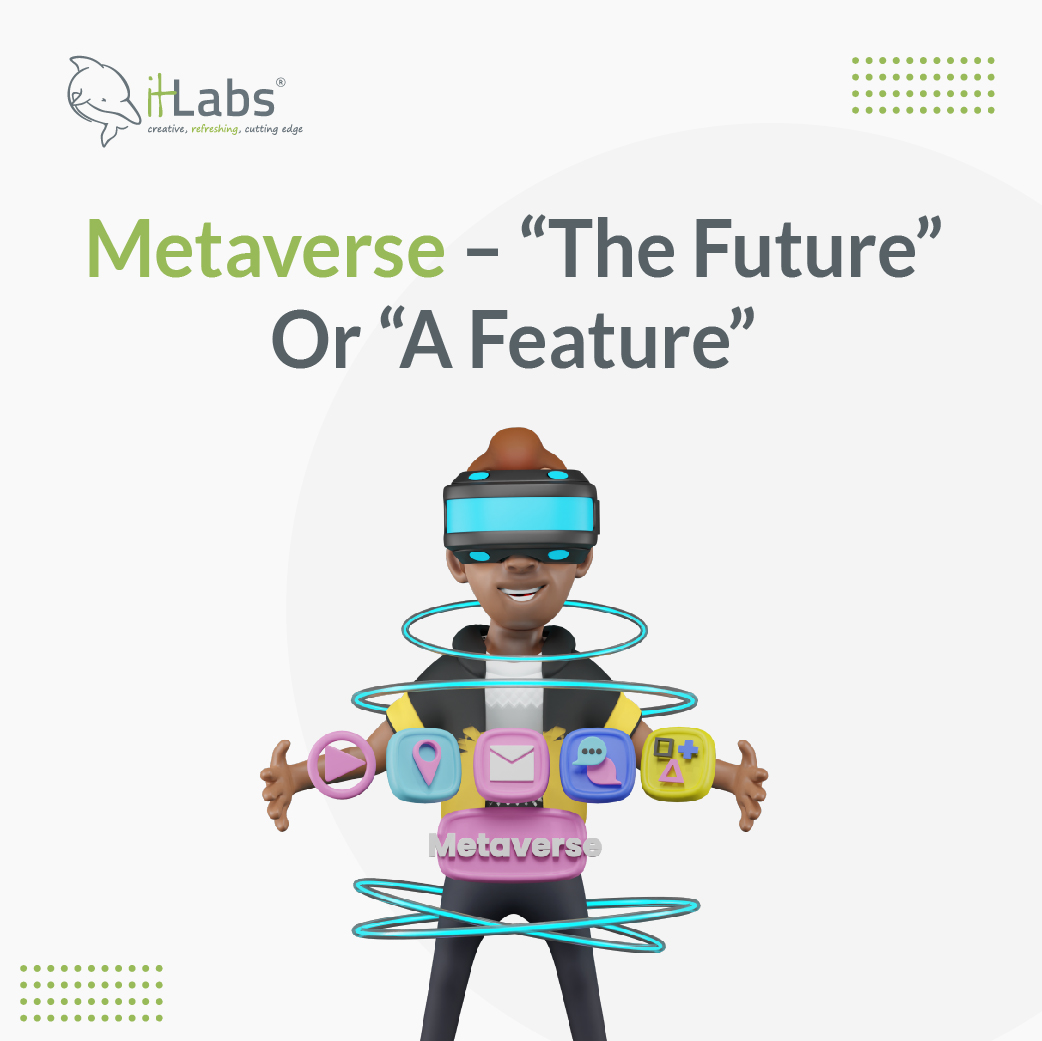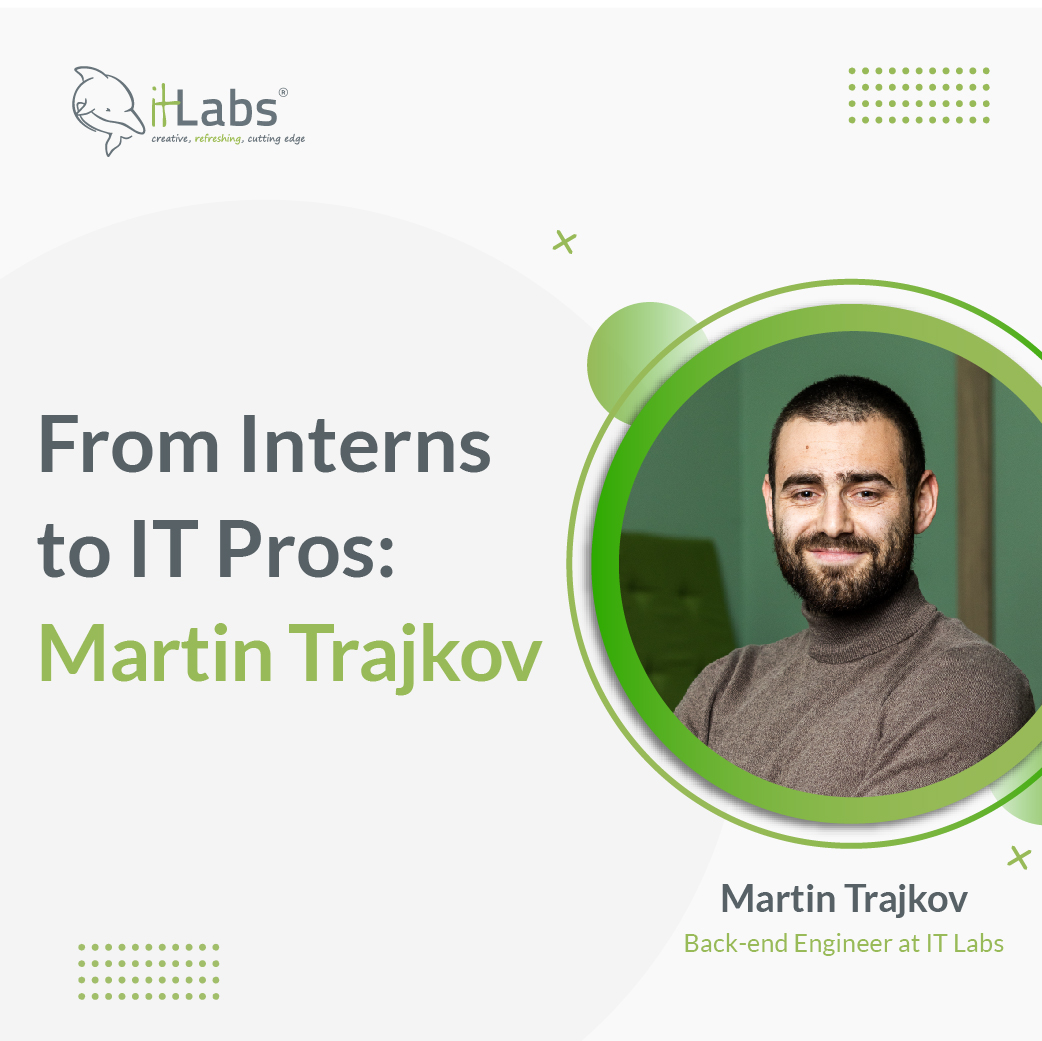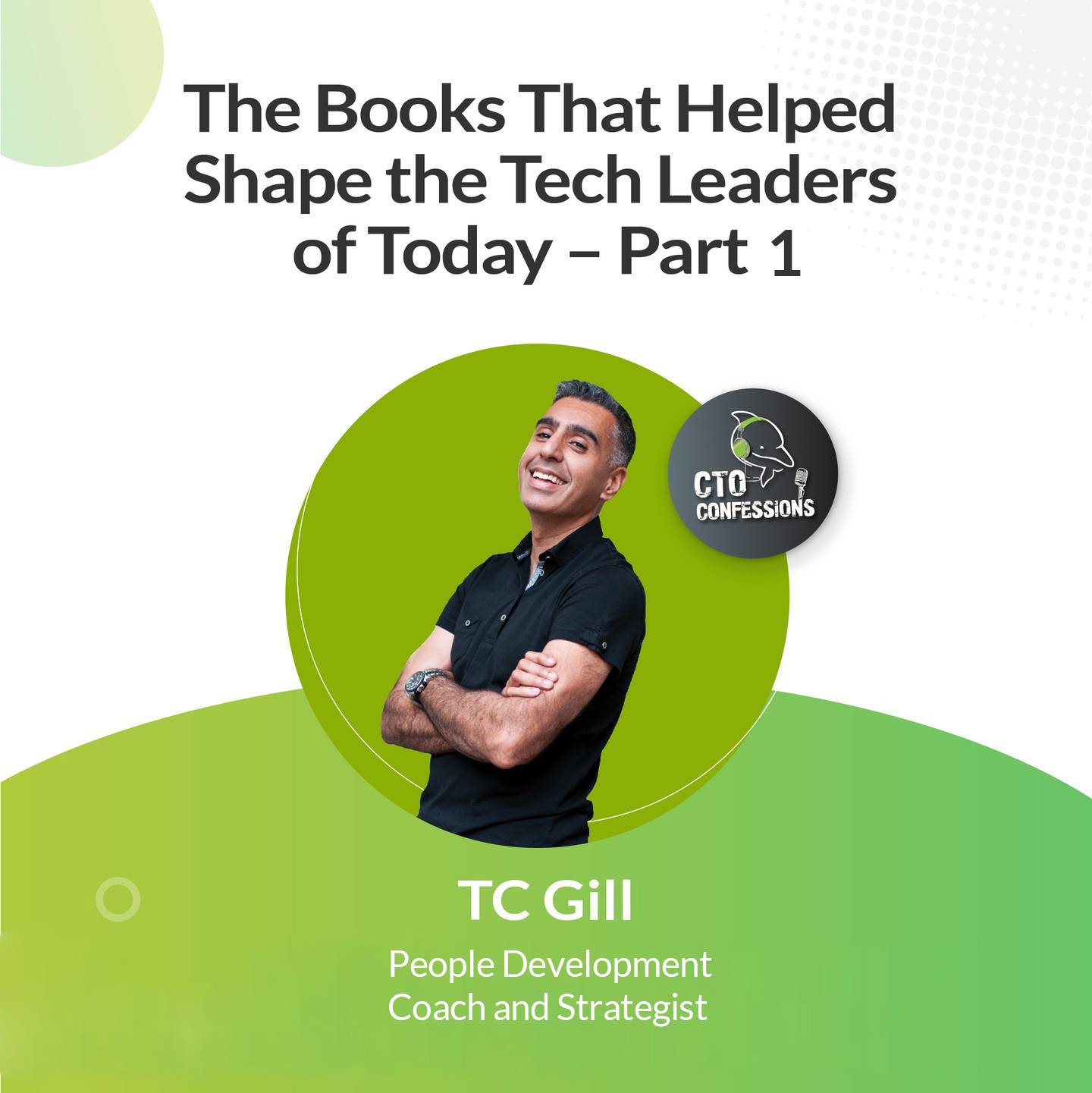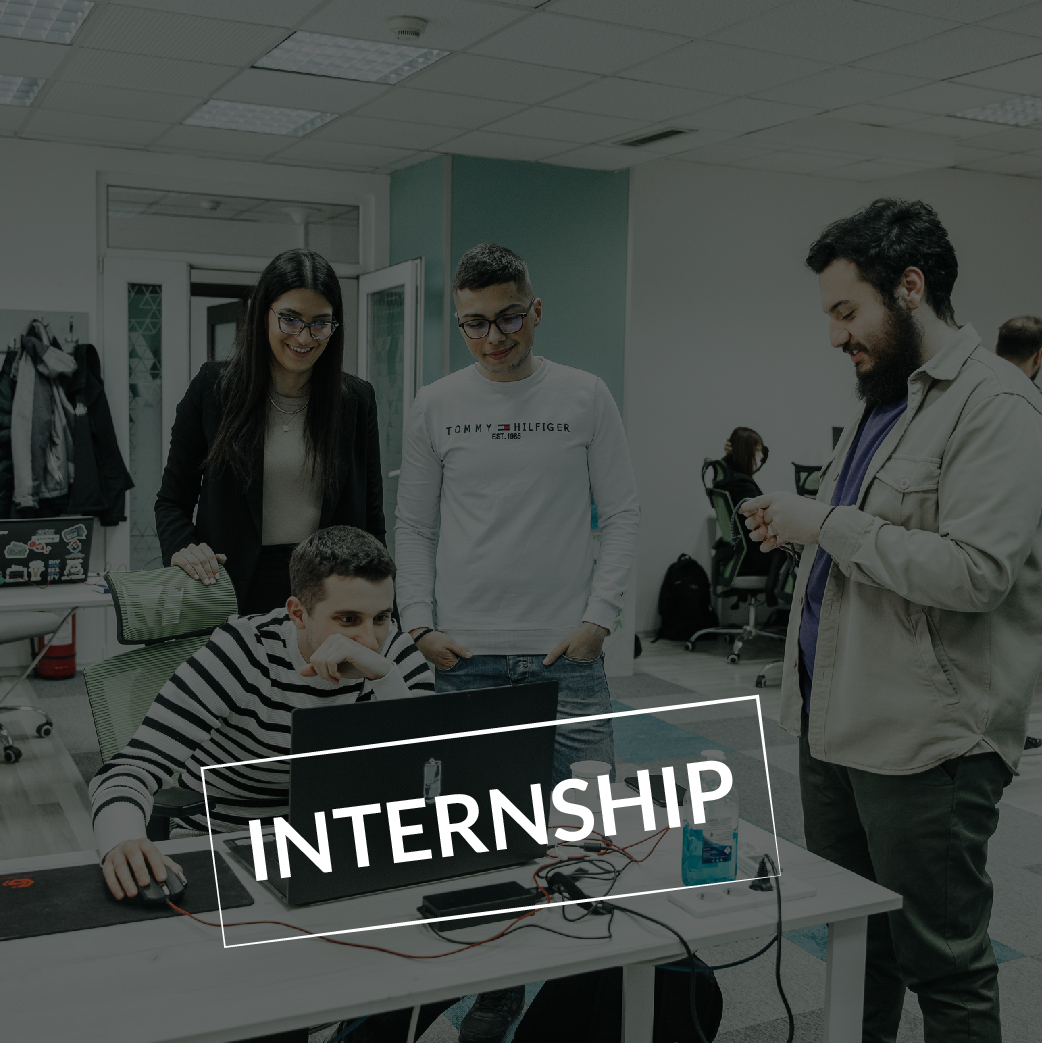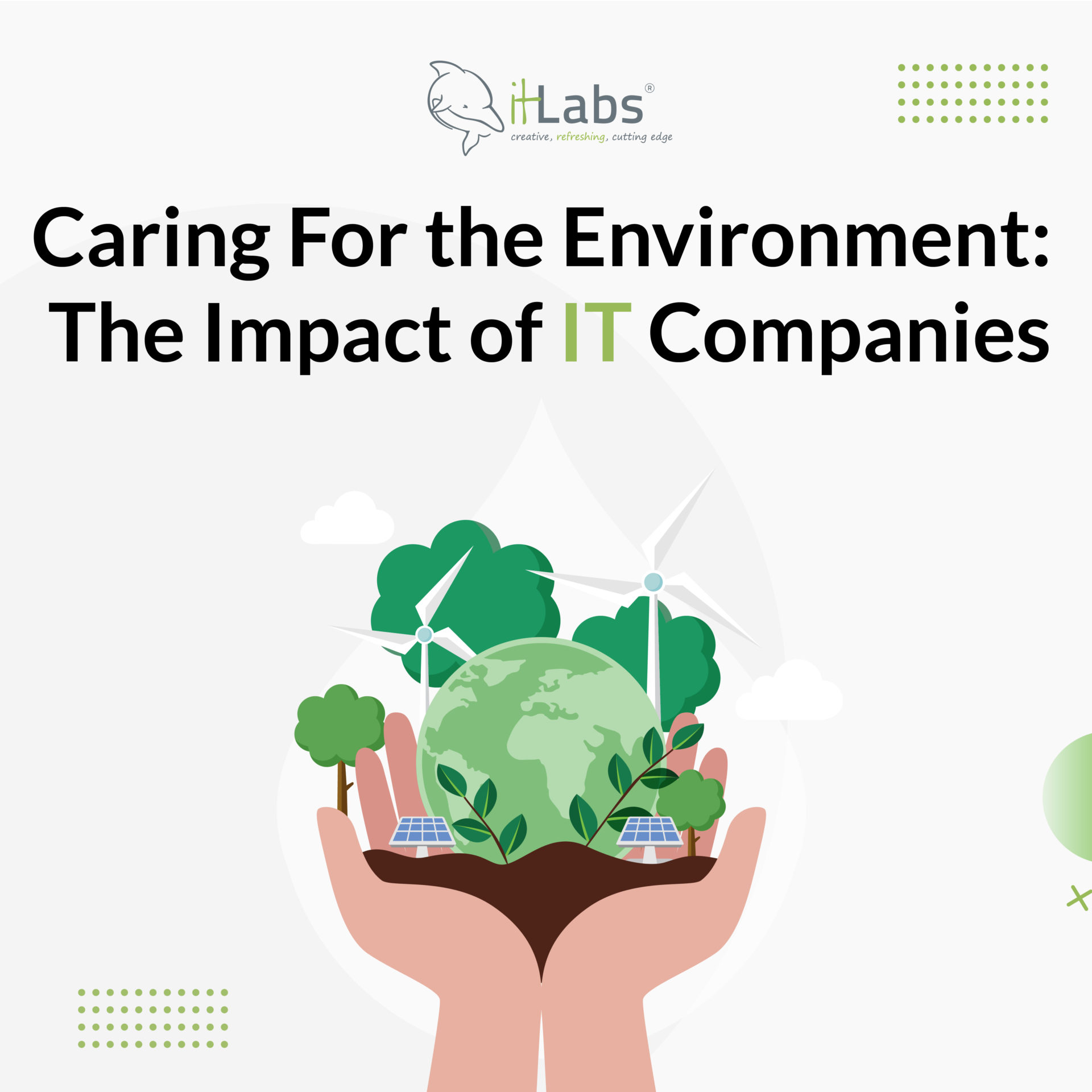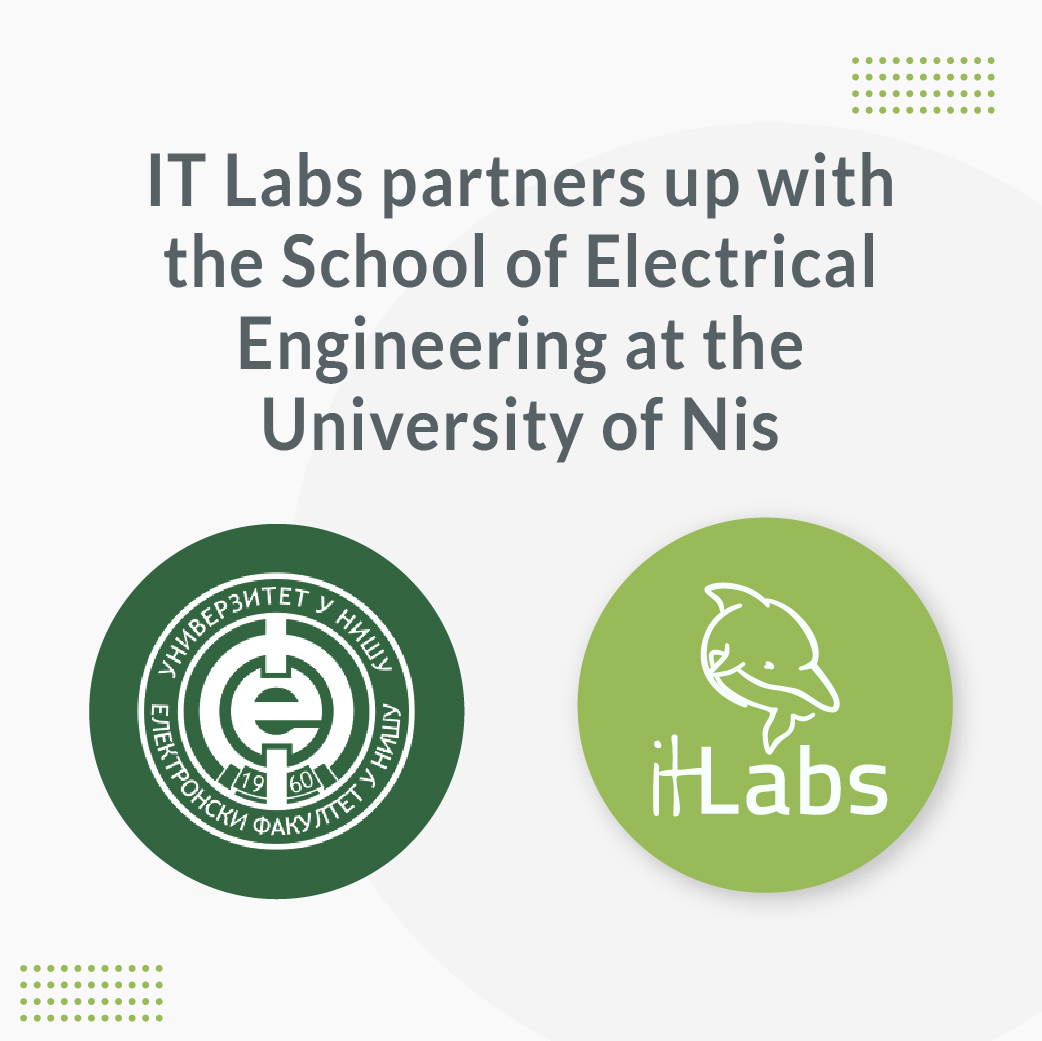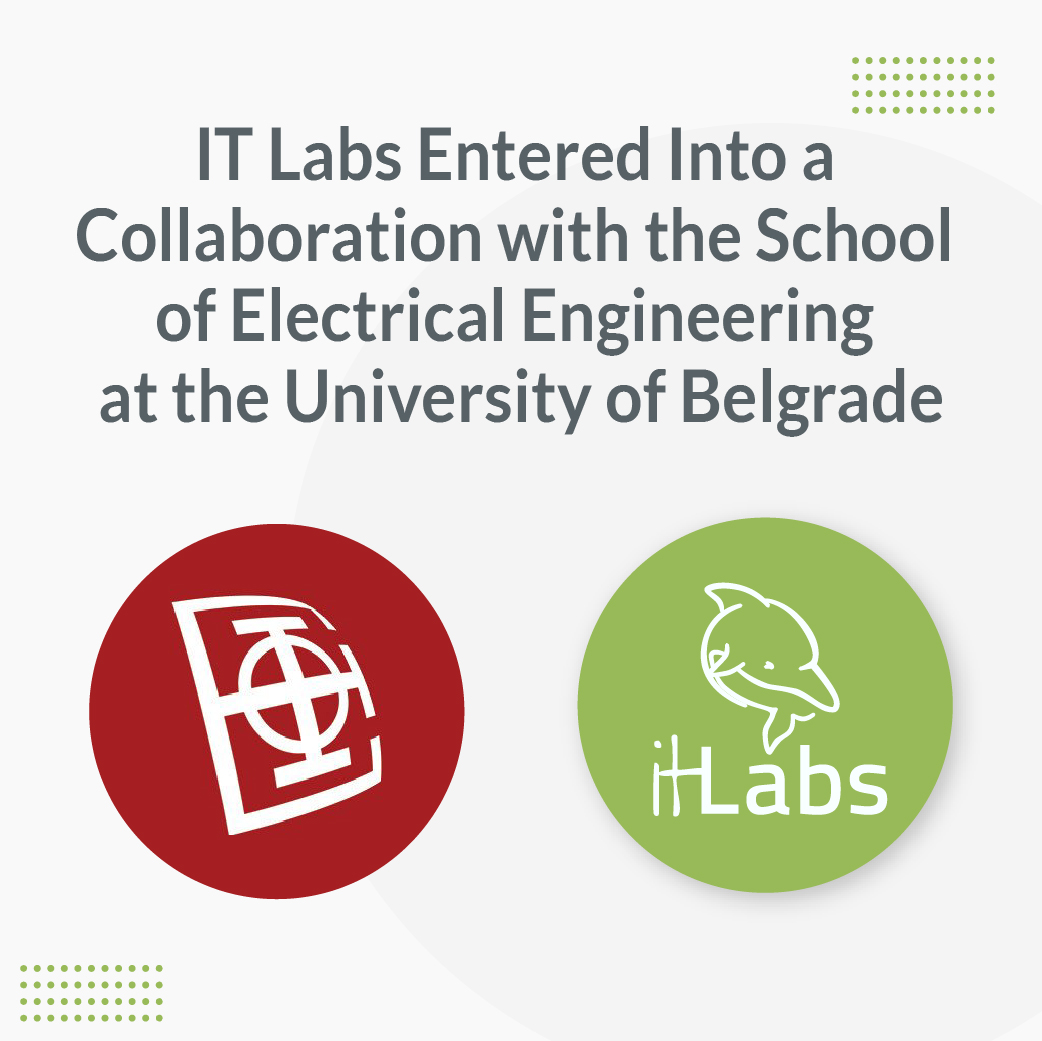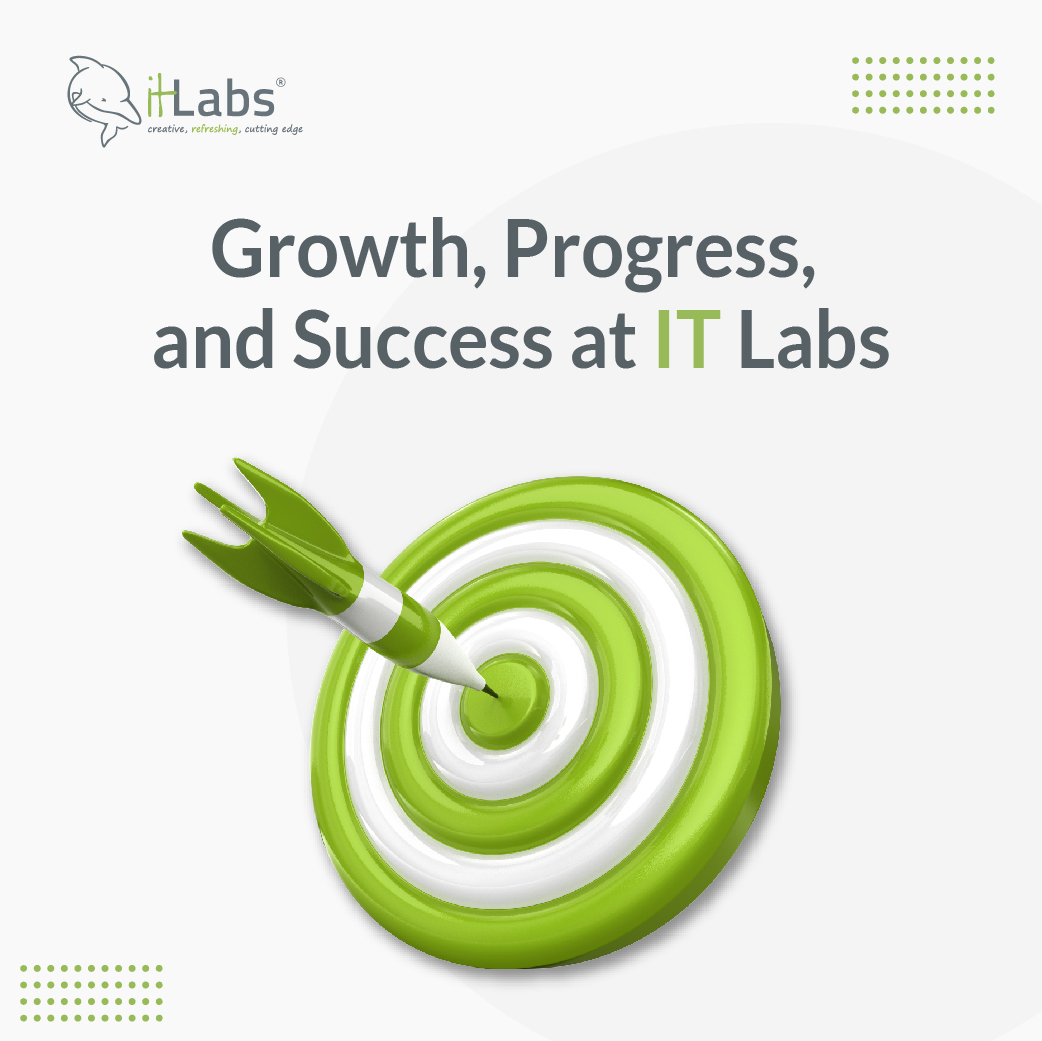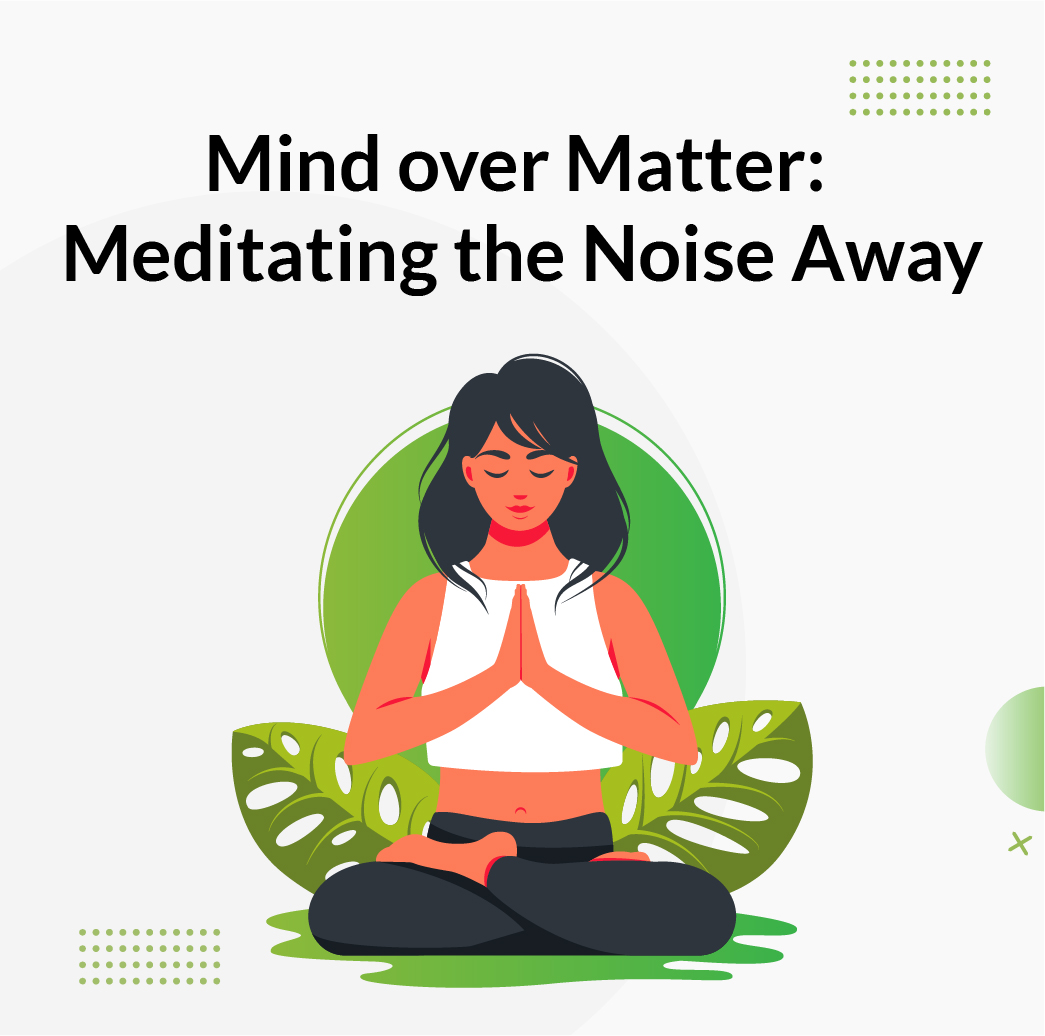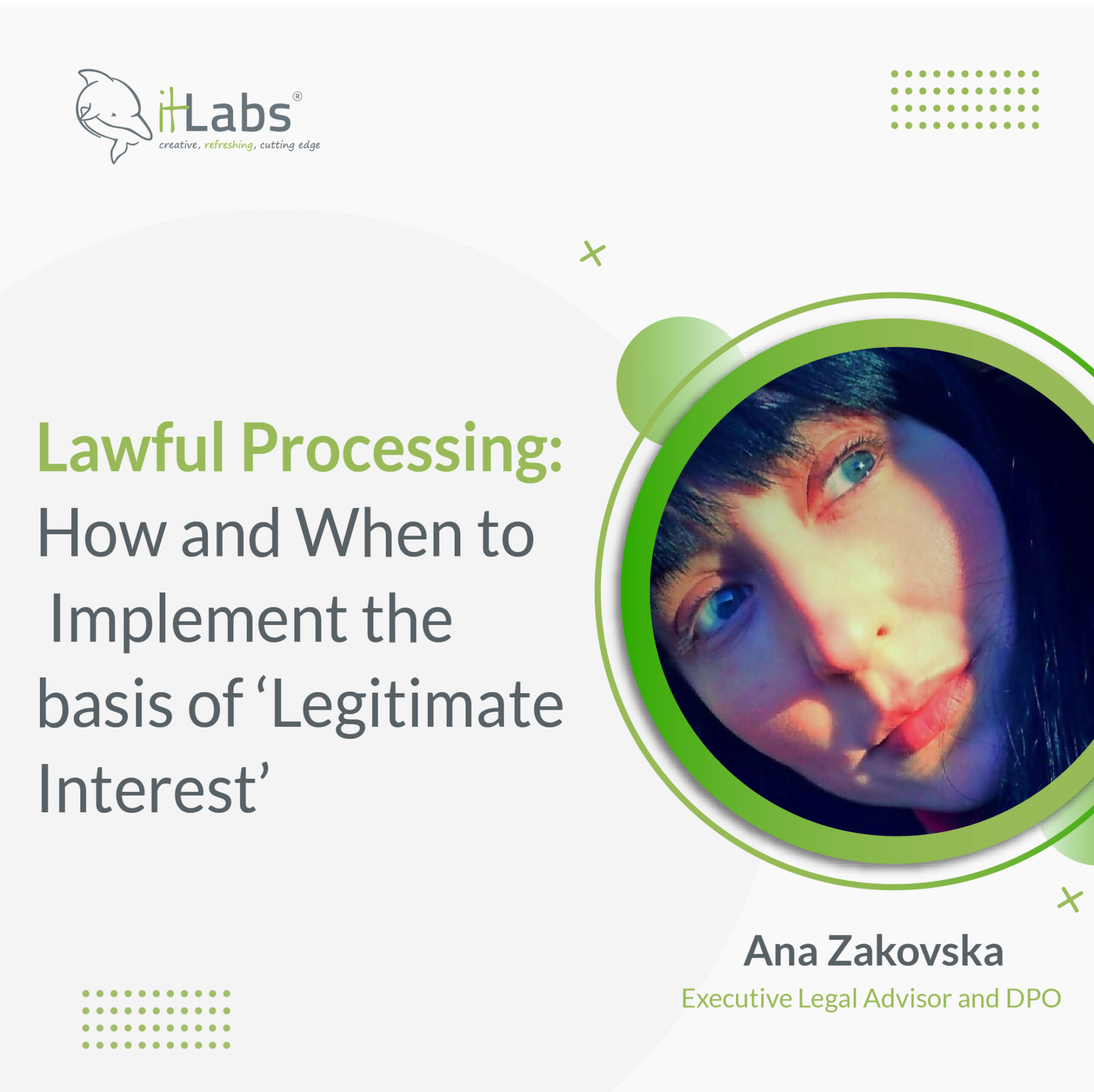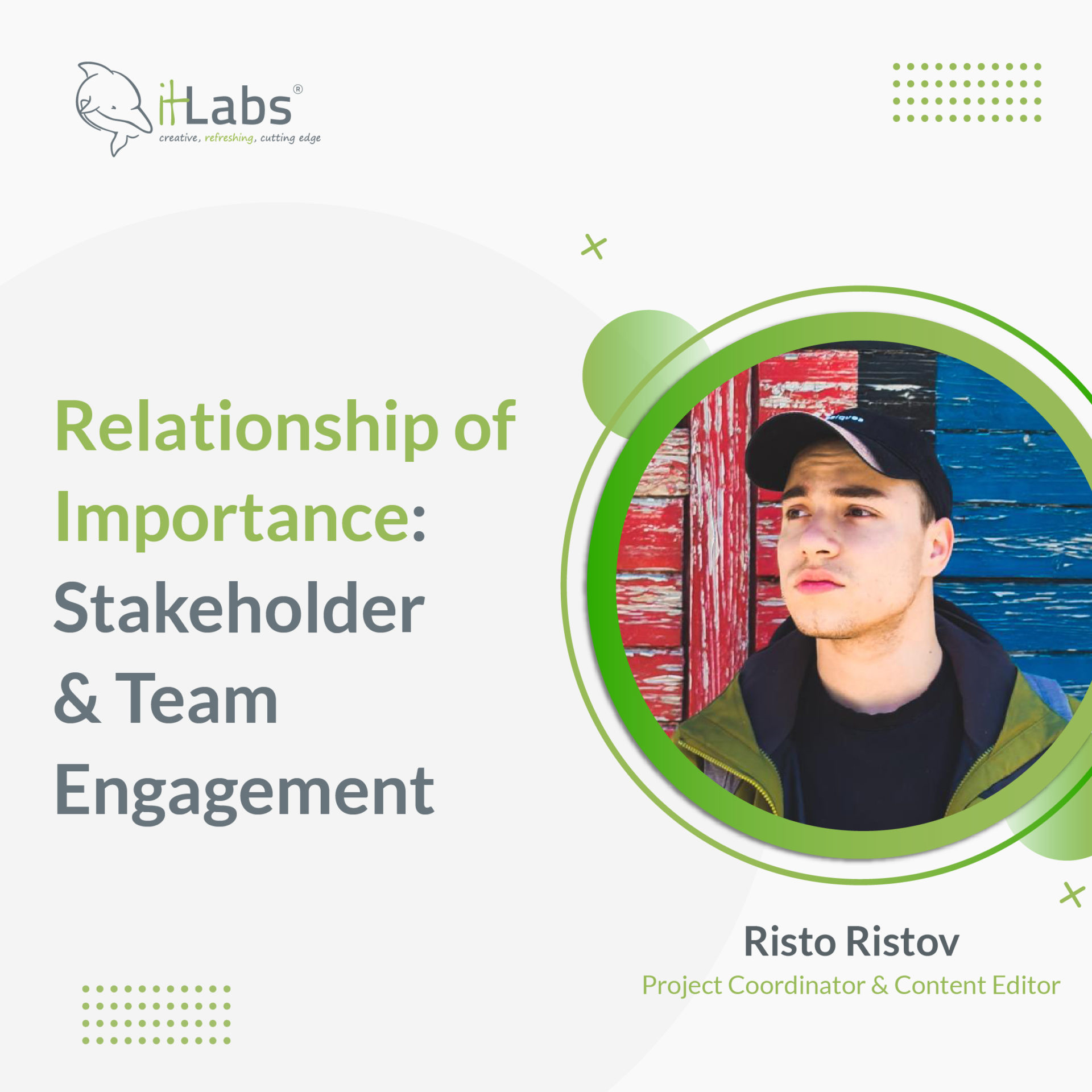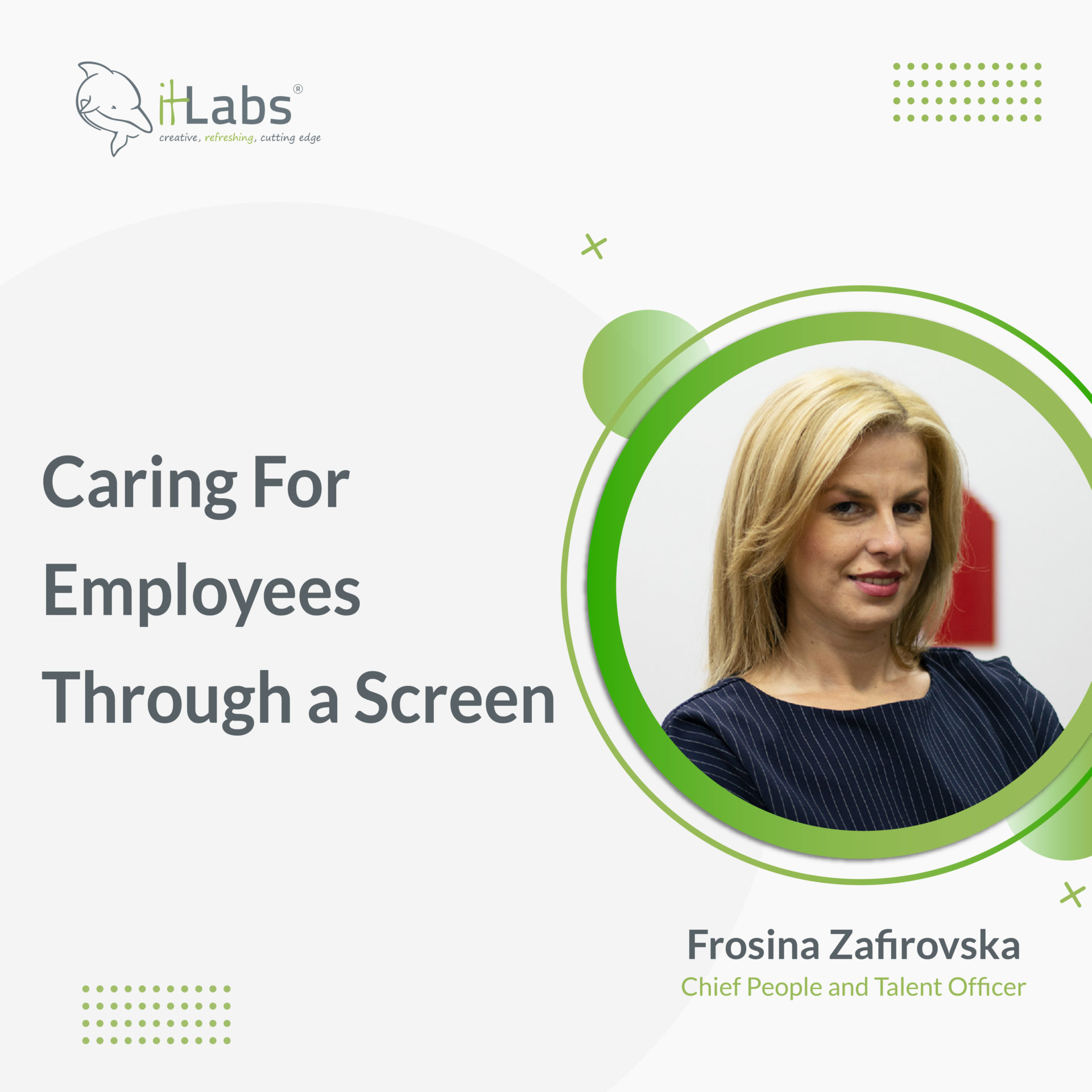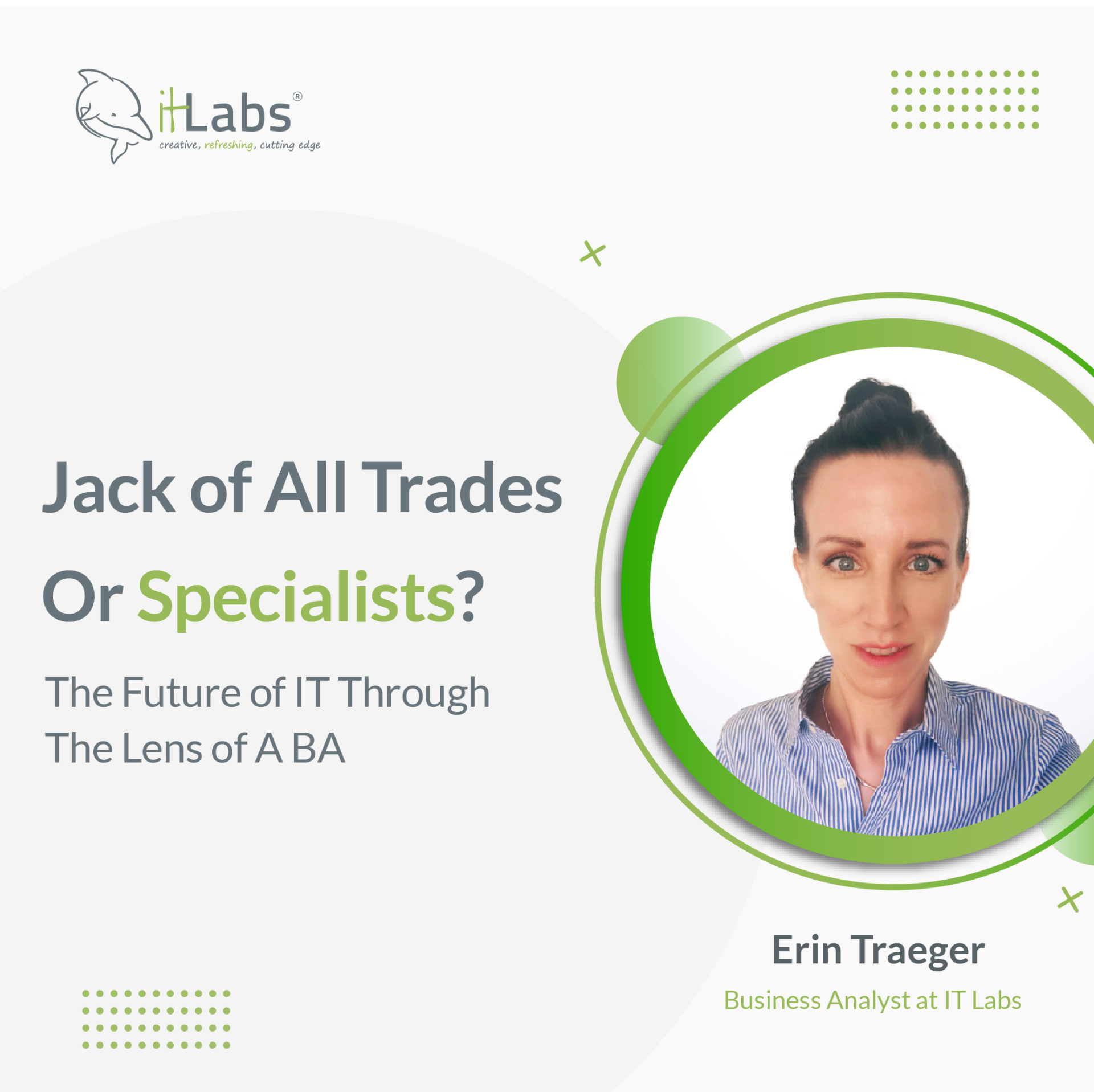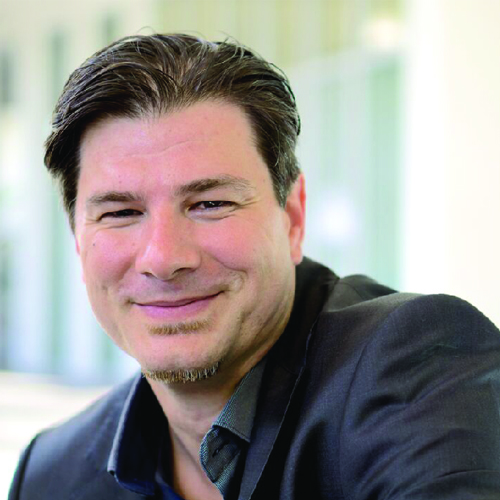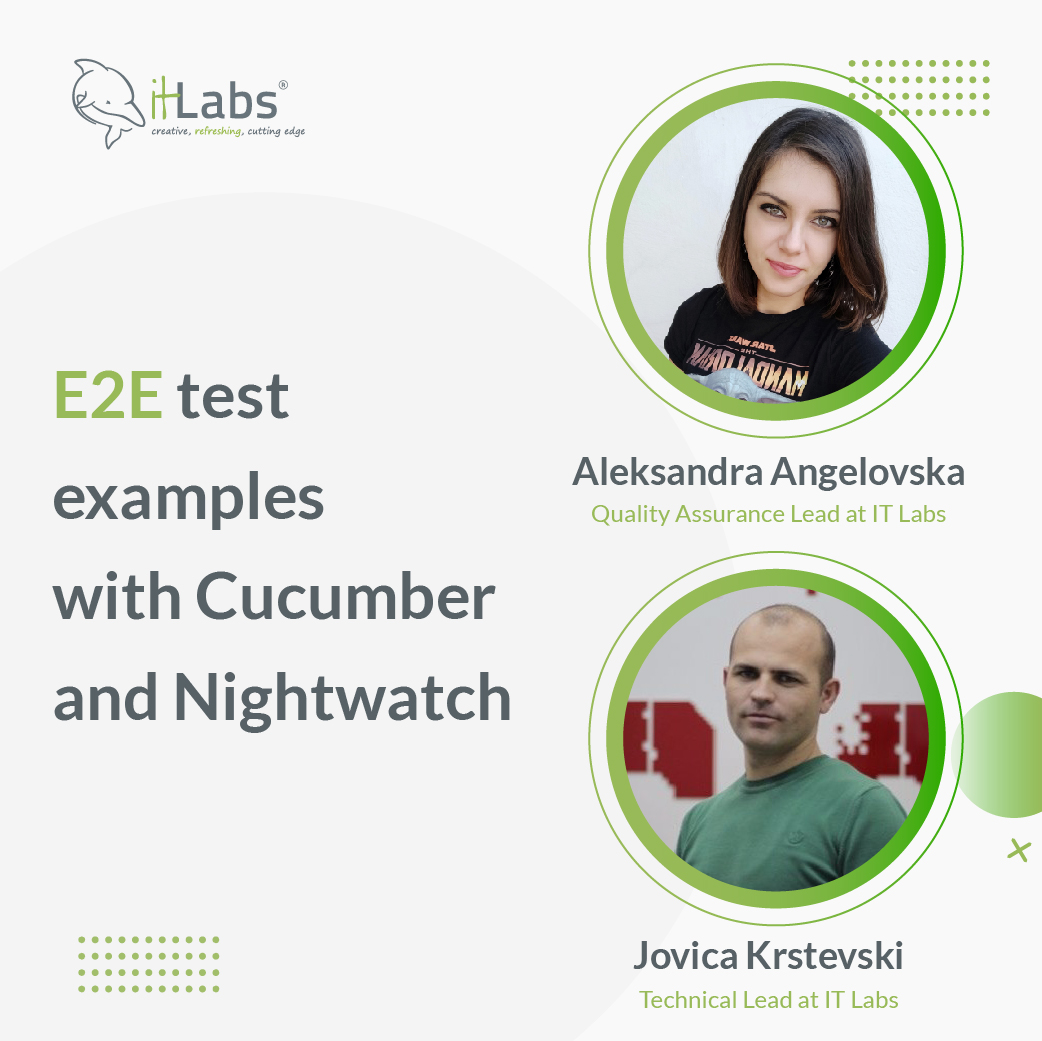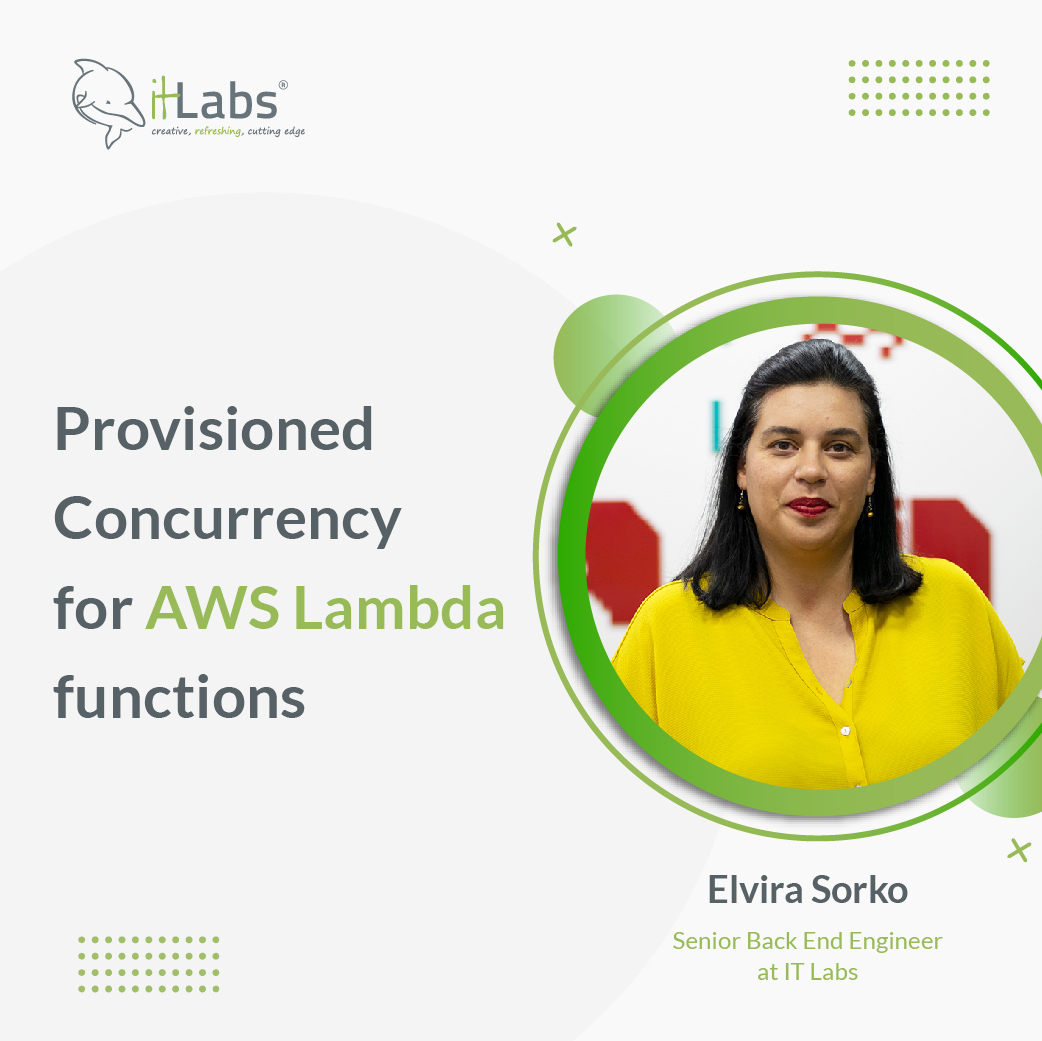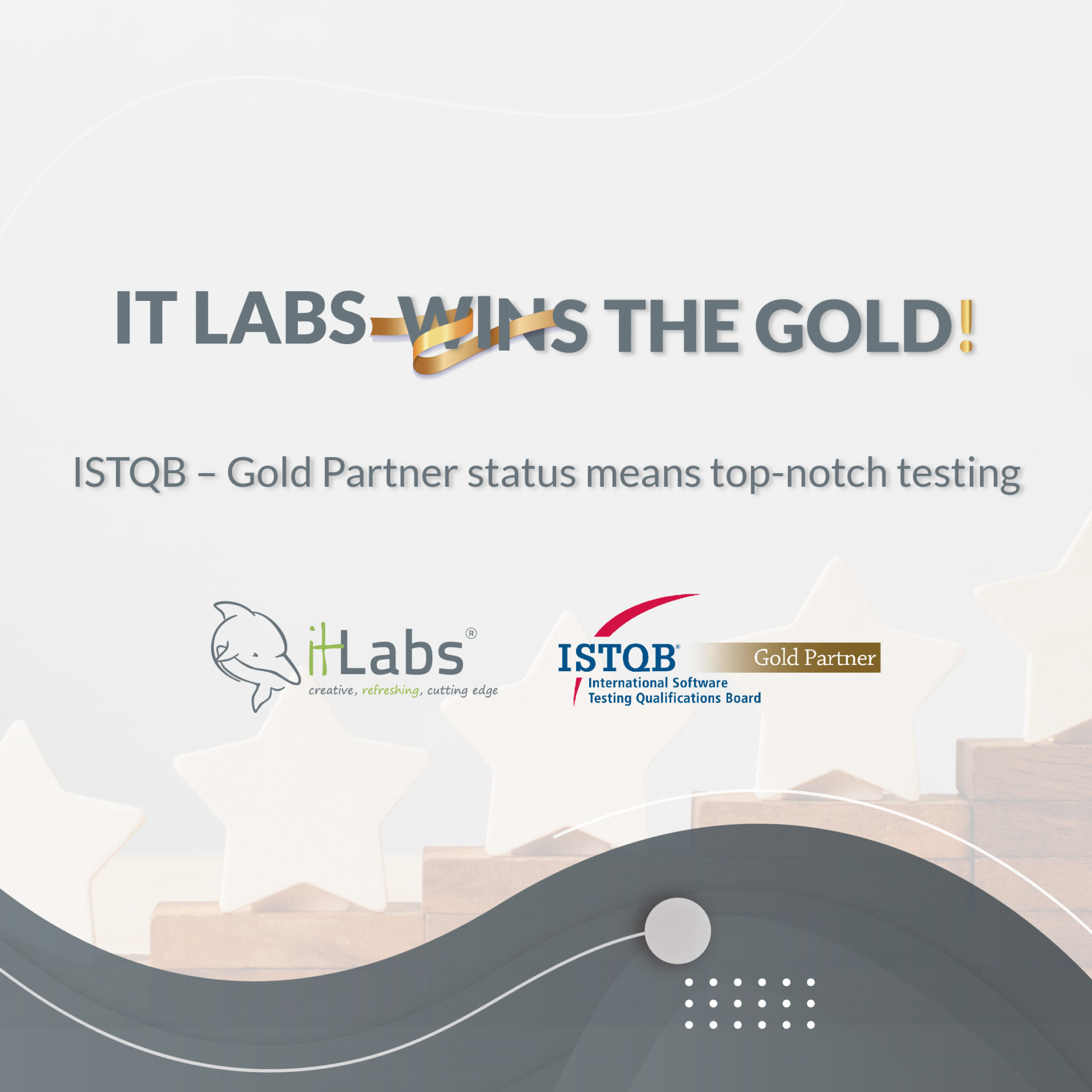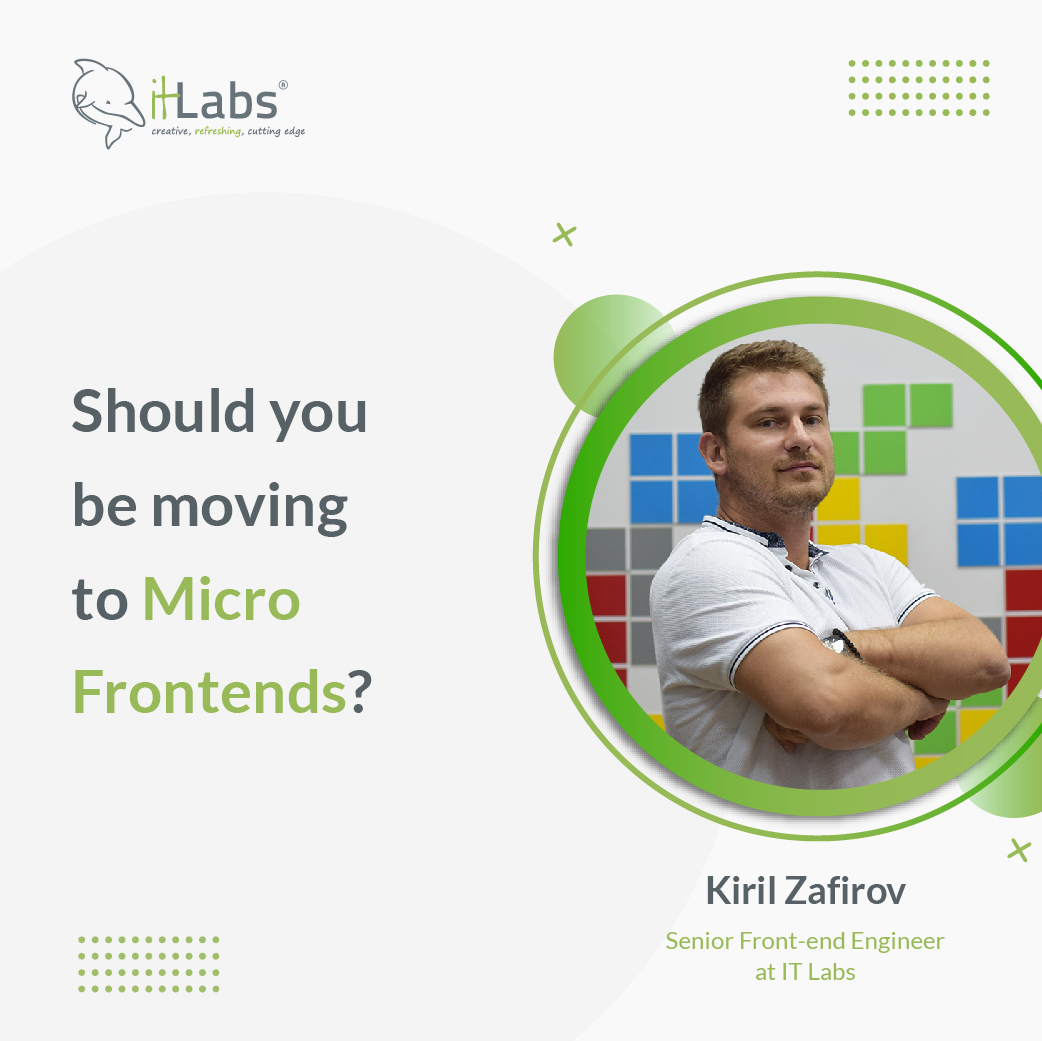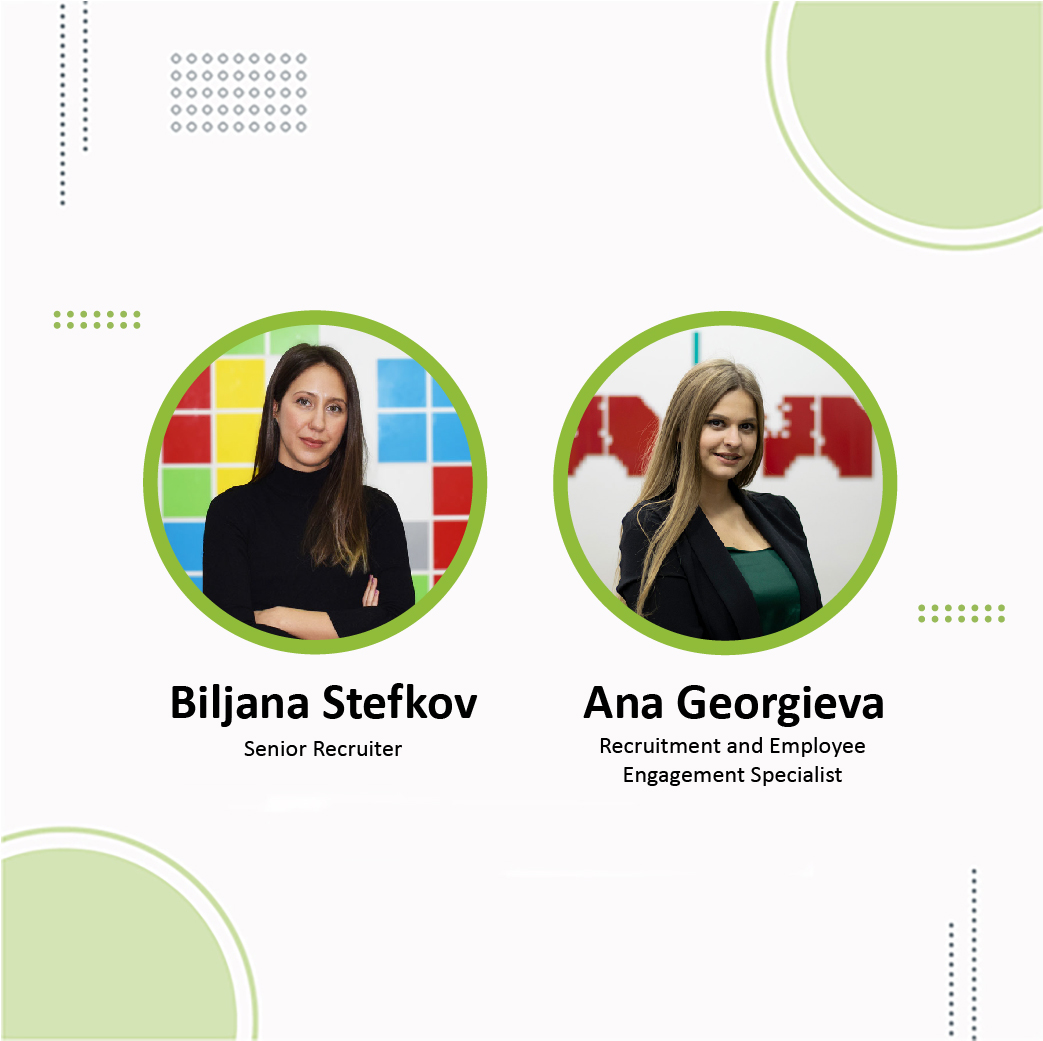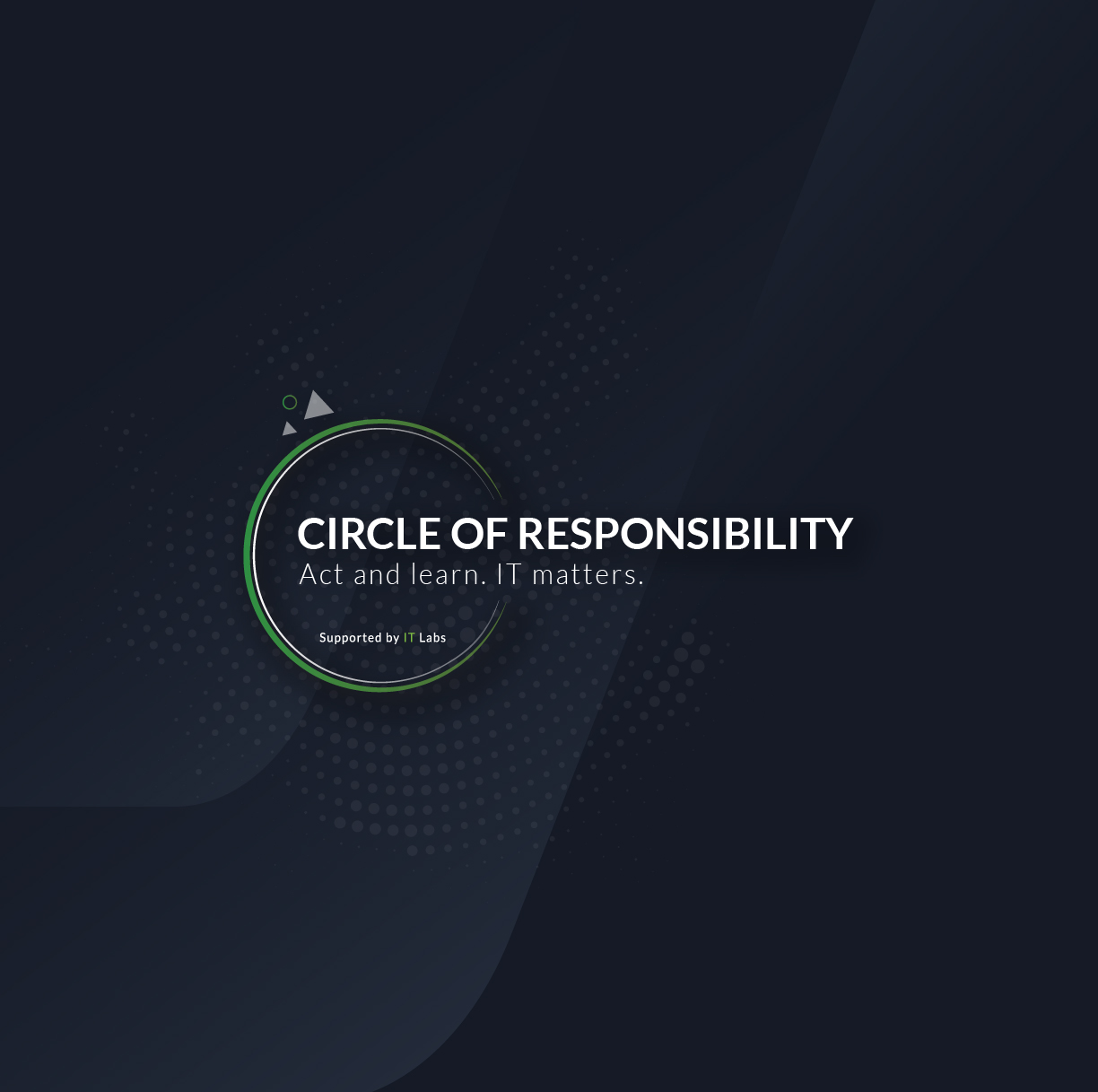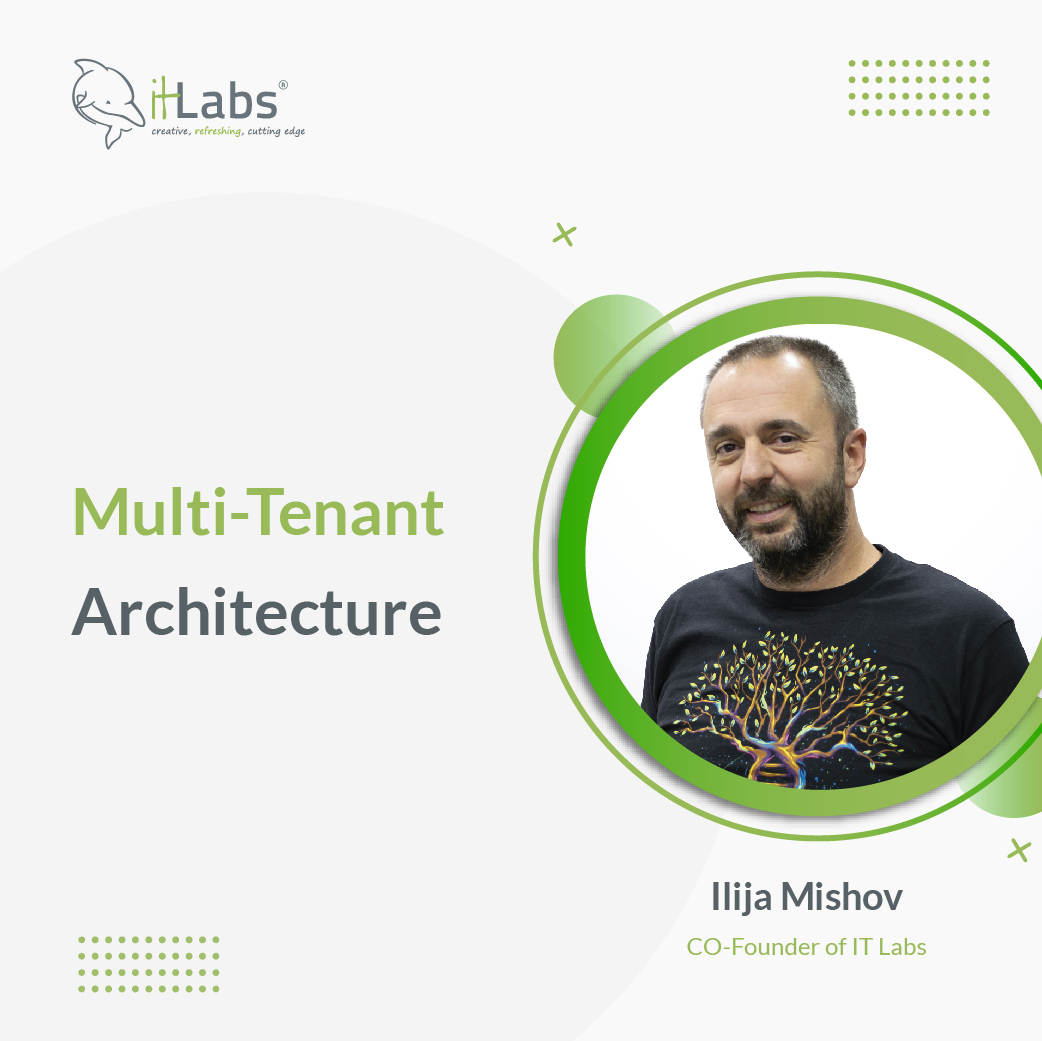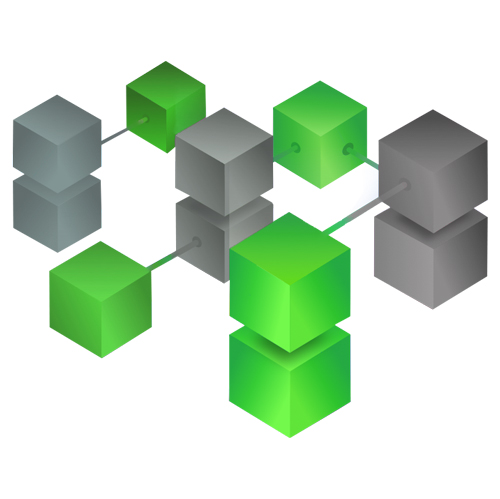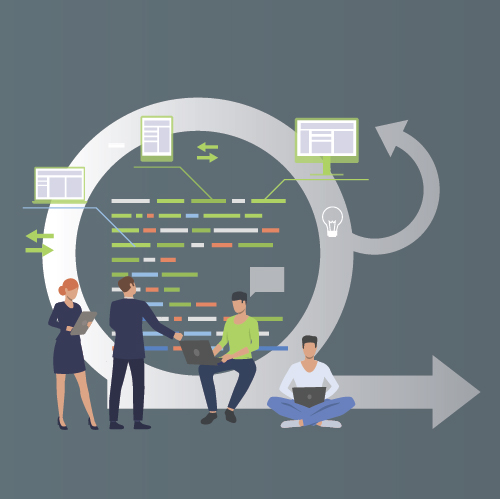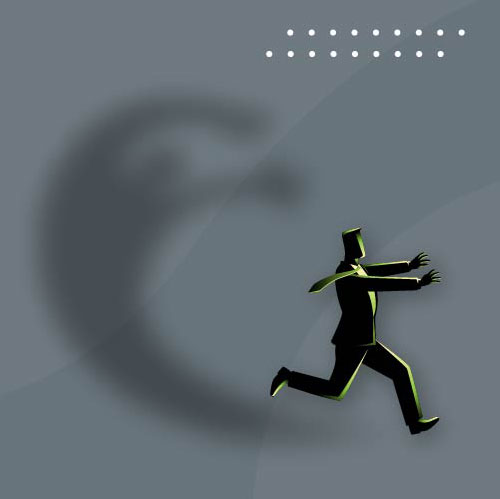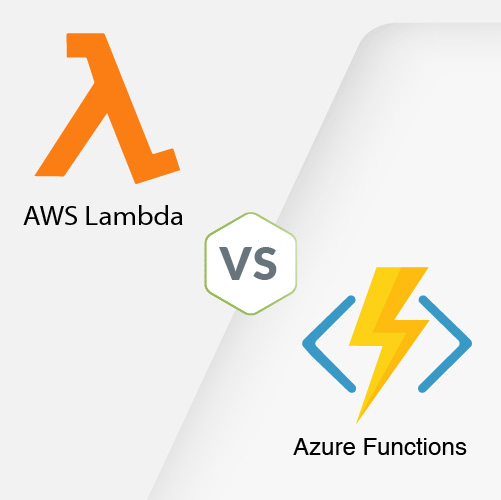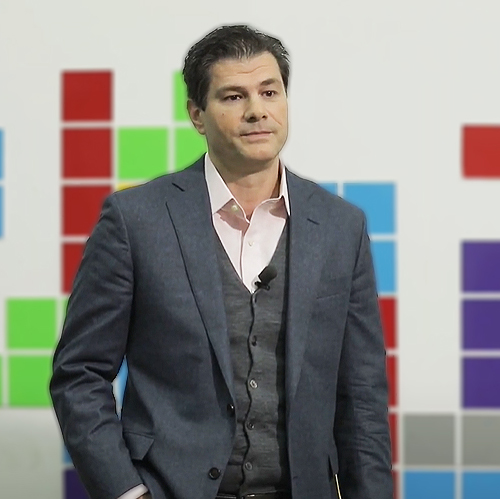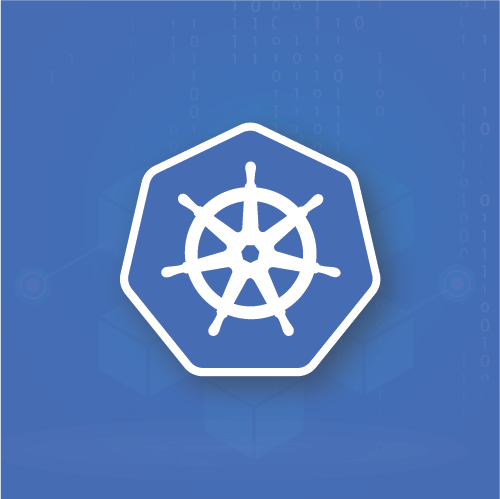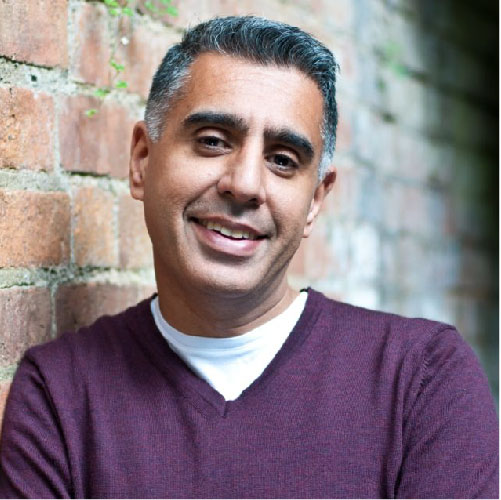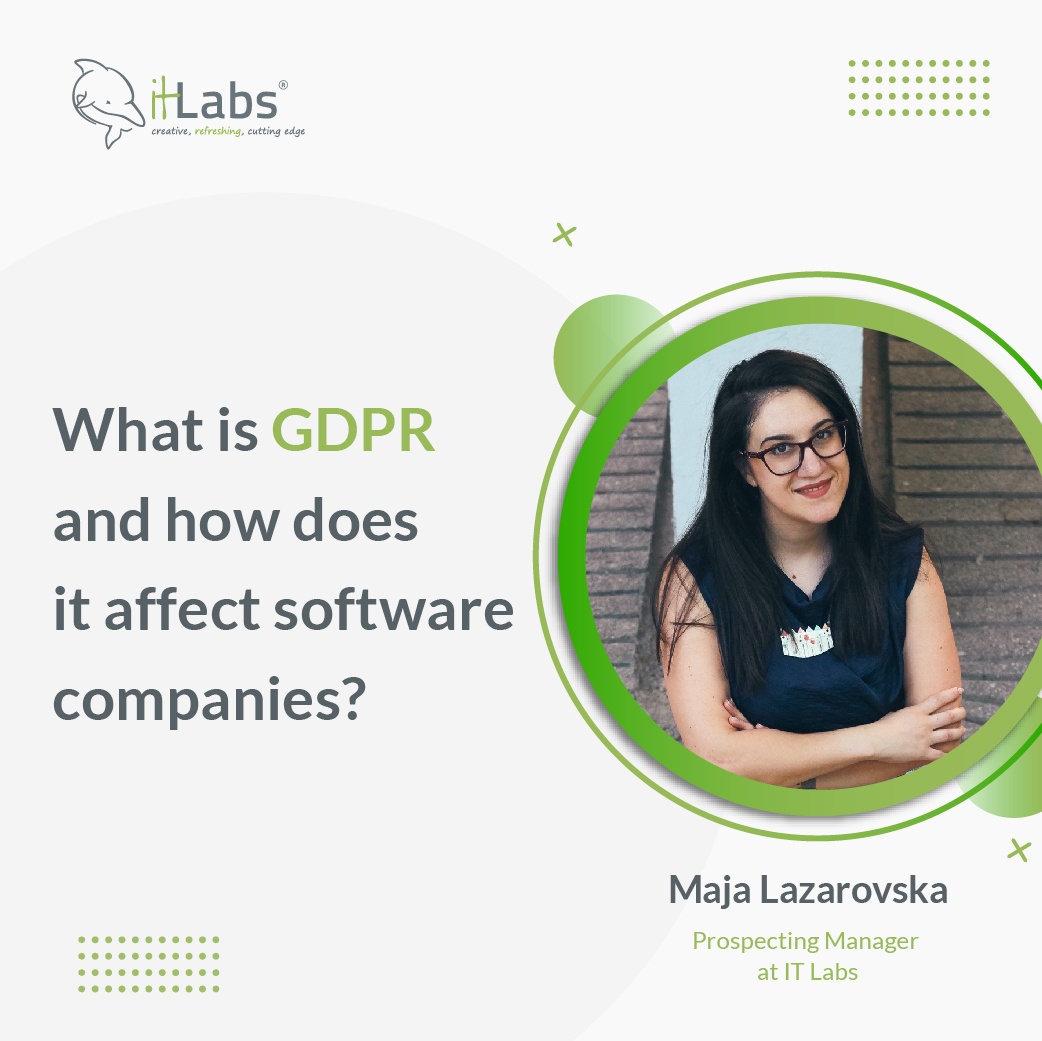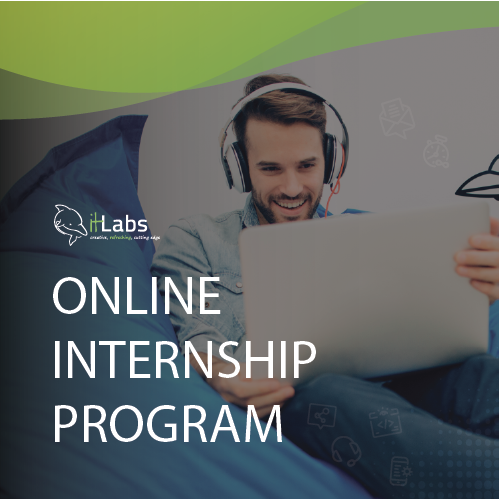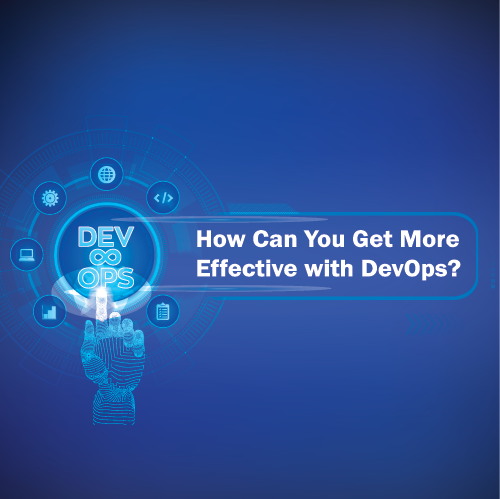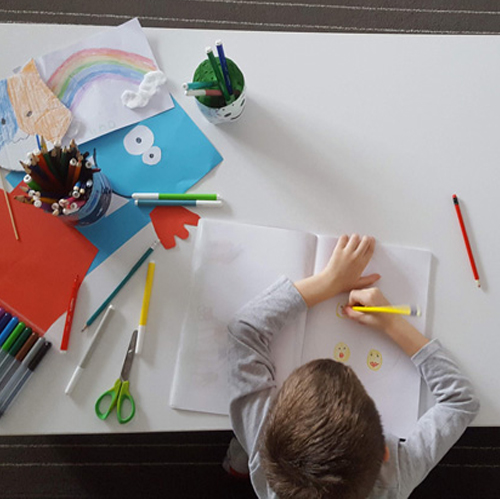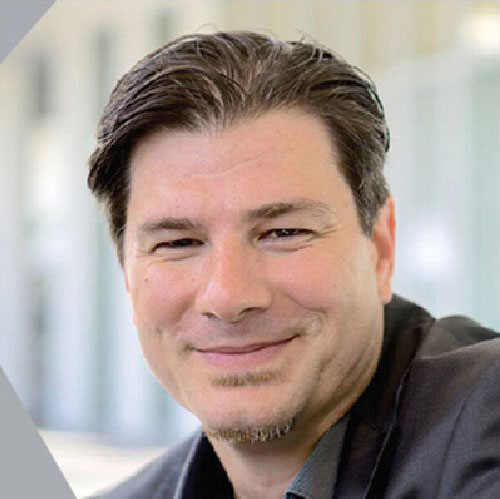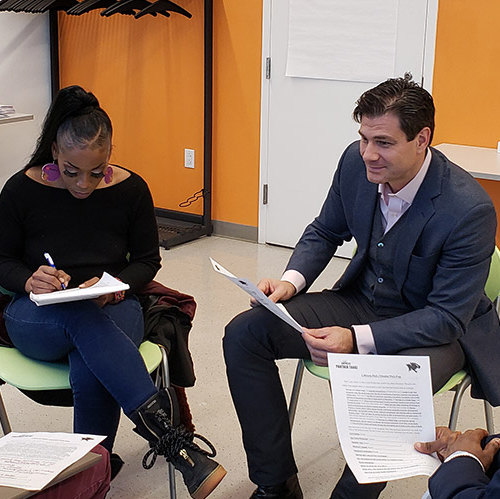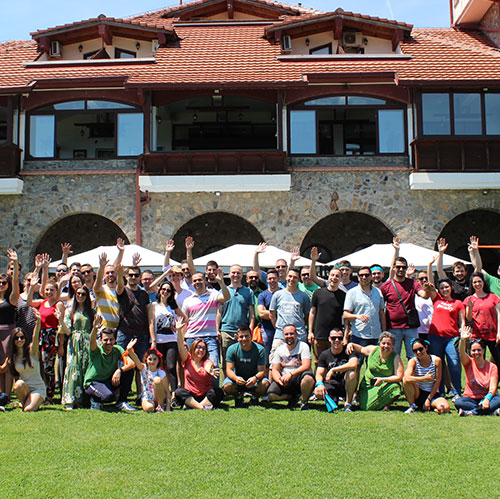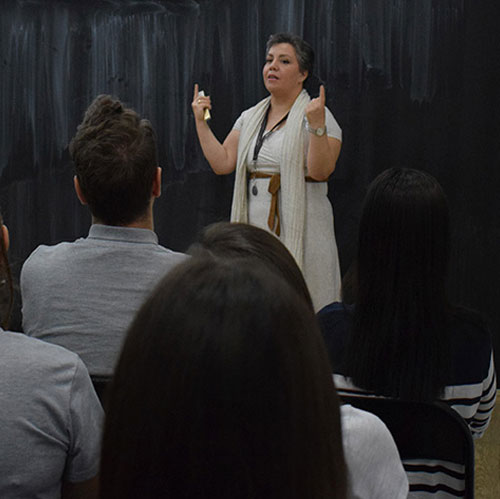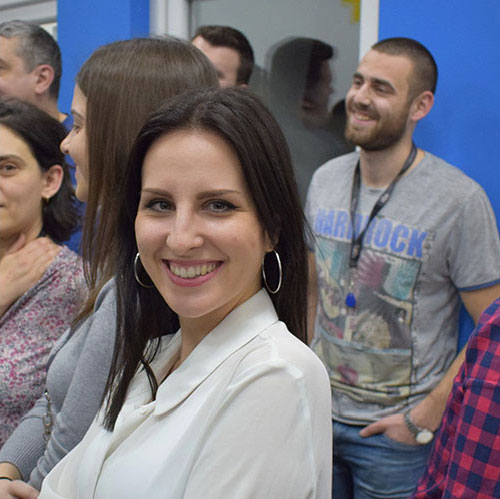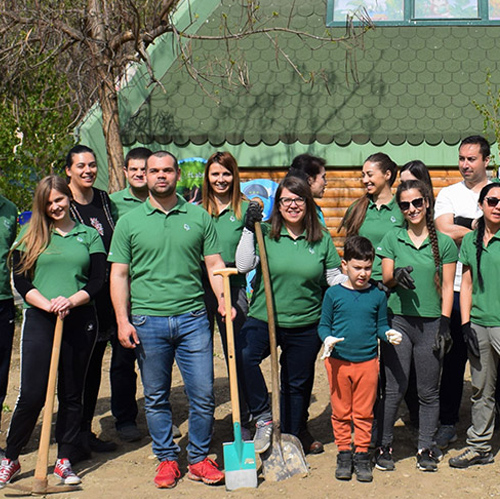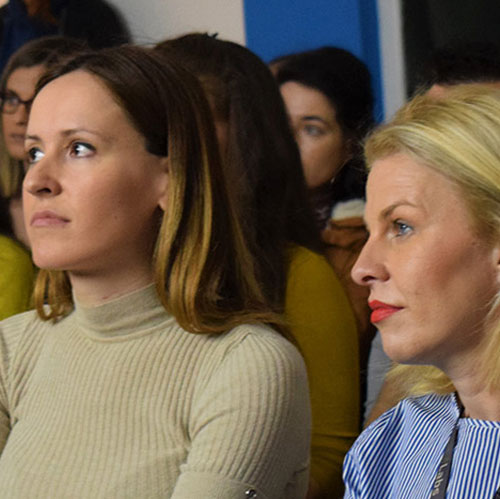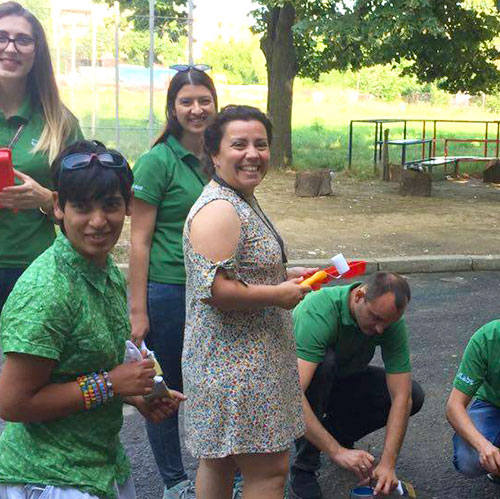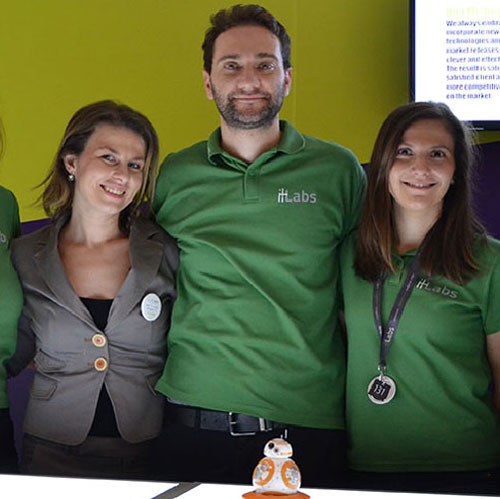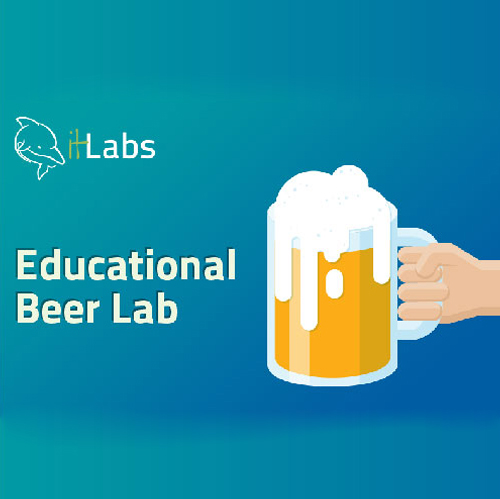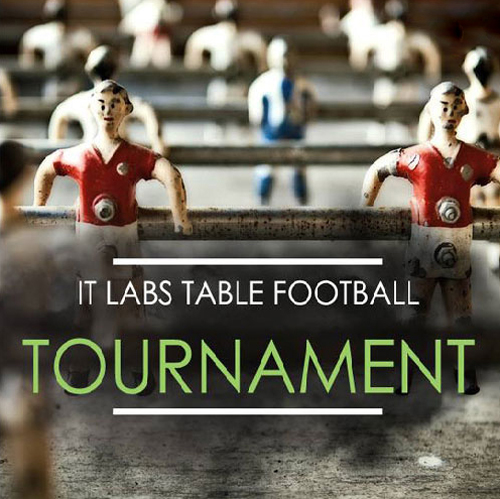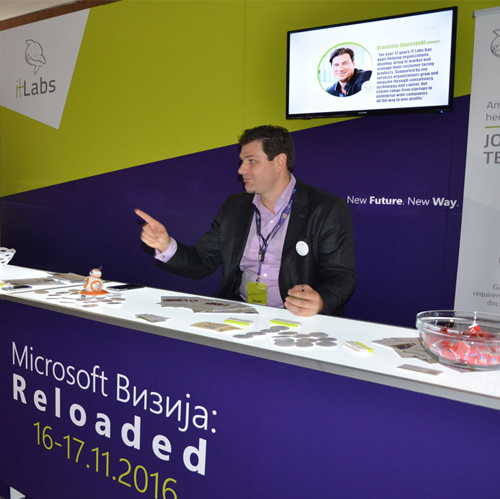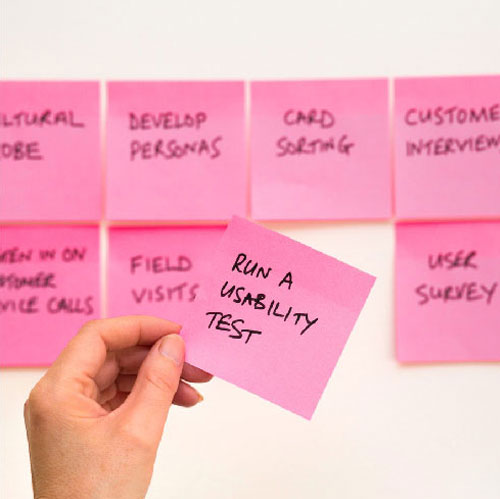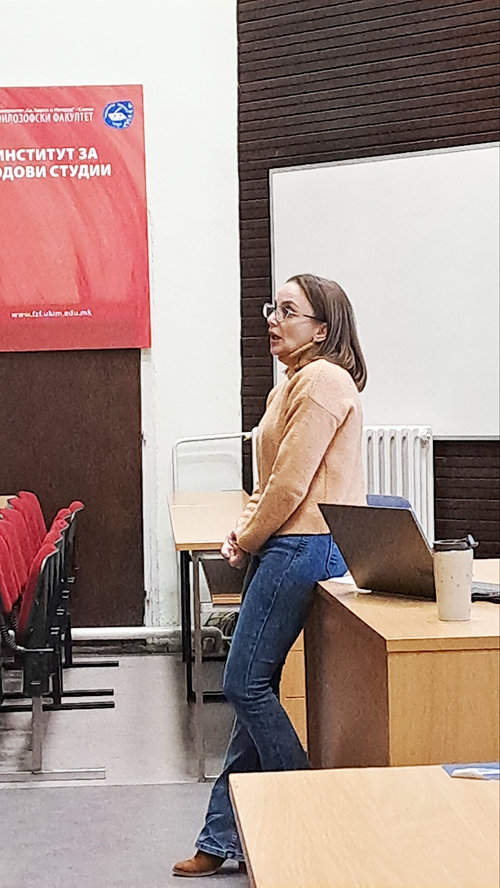
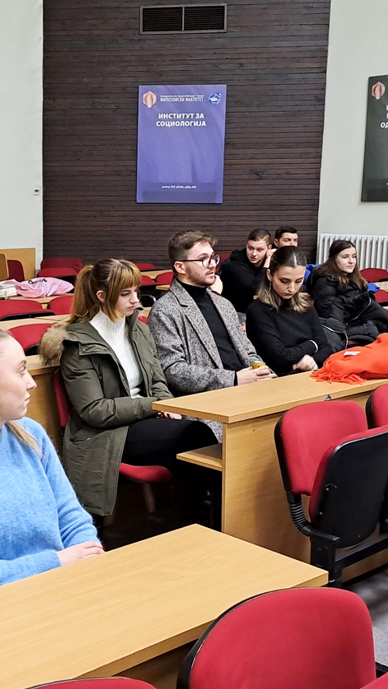
Many of us have been through interviews and have seen the entire process by being part of it, but is the recruitment process the same on both sides of the fence? Is it the same for interviewee and the interviewer? How does the process look like for the recruiters? I answered all these questions and many more, as part of the Re:Imagine Session I held at the Faculty of Philosophy – Skopje.
The point of the session was for aspiring recruiters and people who will jump into the labor market to better understand what’s happening on both sides of the fence, as a way for both applicants and recruiters to find the job/candidate they want.
The Five Phases of The Selection Process
The whole recruitment process, or better said, the work of a recruiter includes networking, screening, interviews, presenting the company, preparing, connecting applicants and candidates with managers and technical personnel – just a myriad of tasks and responsibilities, all important for the recruitment process, and crucial for finding the right candidate for a position.
But better yet – we can divide this process in five phases:
- Preparing
- Sourcing
- Interview
- Selection
- Hired
Each of the five phases is self-explanatory, and the hiring process seems like a straightforward job – you match people with criteria, education, and skills and find the right one – right?!
Well, the reality is much more complicated than that – as a variety of factors can influence the process and set us back a few steps, which can take a bit more time than initially expected.
Let’s dive in the five phases, and the potential issues that can come up.
Preparing
The first phase of the recruitment process is the most important, as it sets the pace for all the following phases. When a request to fill up a position comes in, the first step is to create a job ad, which will include all the information about the position: requirements, qualifications, benefits, description of responsibilities – basically all the information a job seeker would need in order to decide if they’re a fit for it.
After creating the job ad, a strategy is developed to decide which channels and methods would be best to run the job ad. Social media? A newspaper ad? Maybe TV?
In this phase, the two steps described above can go smoothly only if the recruiter clearly understands what the “ideal candidate” looks like. This means they must acquaint themselves with the position, the requirements, the terminology, the industry – these are all time-consuming but crucial if we want to find the best candidate.
I’ve got just the example of how this can sometimes be difficult:
A while ago, while working for another company I got a request from management to look for a someone to lead the financial department. First, up until that point, I was a recruiter whose experience was all around people who work in tech – developers, QAs, BAs, project managers – and industrial workers. I had zero experience recruiting someone from finance, let alone understand the skills and qualifications a person should have to lead a financial department.
So, me and other colleagues from my team started from scratch – I contacted some of the people in the financial department, talked with them in length to get a better picture and better visualize the person that would need to carry out the responsibilities would come with the position. After knowing all about the position, we set about publishing the job ad – and the first thing we did was decide that we won’t use traditional ways and just publish that we have an open position and wait for applicants. Instead, we used LinkedIn and searched for the candidate – meaning we shortened our search by ensuring that we would target the people with the niche qualities and skills we were looking for – and avoid a pile of potentially underqualified applicants.
Understanding the position, the responsibilities that come with it, will help you immensely in figuring out what characteristics the perfect candidate for the position will have, and how to find them. It’s not the same to look for C-level executives and juniors – they spend their time on different social media platforms, their online habits differ, and different types of benefits and opportunities appeal to them.
Sourcing
Once we know the profile and the characteristics, we want our ideal candidate to have, we set about with sourcing. We’re looking through existing profiles and candidates, but also new ones, and we set about seeing how they applied – are they referrals? LinkedIn? Are they a candidate that has already applied previously for a similar position? These are all important because of the following:
- Referrals – candidates that have joined companies through a friend or an acquaintance tend to stay longer at companies than candidates who have joined companies through direct contact from recruiters or have applied by themselves – making this one of the best ways to recruit. Of course, it’s important to reward the employee while doing this, and ensure that their efforts are appreciated.
- LinkedIn and/or other online platforms – the platforms and the profiles of the people who apply are important, as you can see their network and see who they associate with, gauge their interest and engagement with important players from the industry – these metrics can help you in understanding the candidate before an interview.
- Job Fairs – not only do you get the chance to present your company, but you can also see how your employer branding strategy is performing based on the kind of people interested in your company and see if your efforts are in the right place. Furthermore, you can consider this an interview before the interview – you can talk to those who show interest and see what they’re looking for and spread your network!
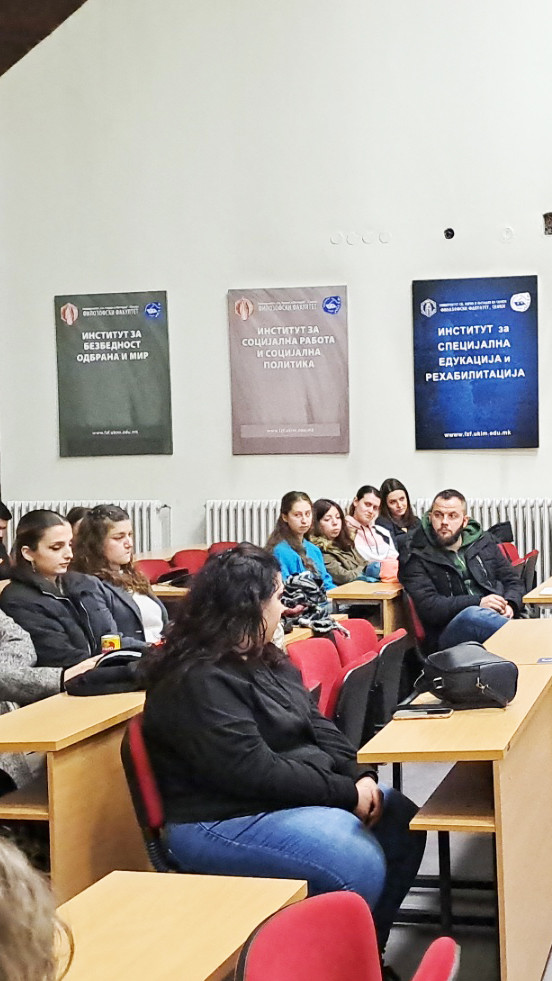
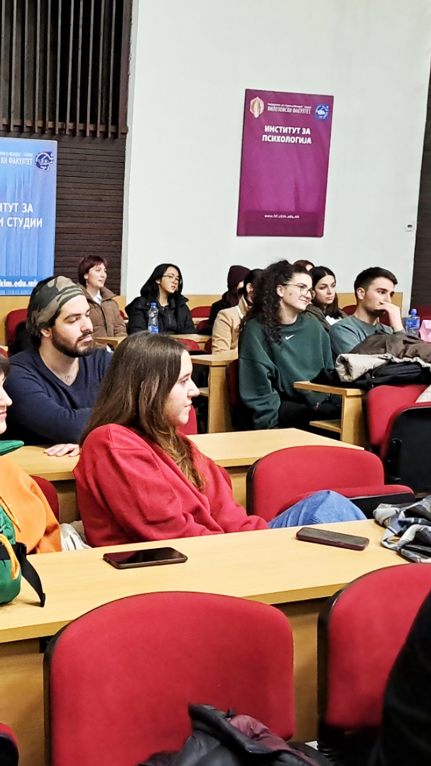
The Interview
Okay, so once we have our “ideal candidate” profile, and we’ve gathered a sizeable number of applications (or not), it’s time to get down to the interview!
Many things have changed about recruitment in recent years – for recruiters and for candidates, but the one thing that hasn’t changed is the interview. Of course, it has changed in some ways – the questions, the discussion, the relations – but it hasn’t changed in meaning. People still think of interviews as a make or break because an interview paints a picture of the candidate’s personality, but it’s also a method for recruiters to explain the position, the company, and to establish a relationship.
The interview can vary in the way it’s conducted – the number of people interviewing a candidate (one, two, even more!), the way to which channels are used (over the phone, online, in person), whether it’s structured or not – and sometimes it takes a few rounds of interviews. And while all of these play a key role in what recruiters learn about the candidate – it’s also the other way around. That’s why the interview process should have a sort of a structure, which will help both sides get better acquainted.
It should be something like this:
- The interviewer(s)/recruiter(s) introduce(s) themselves
- The candidate introduces themselves
- Question phase (behavioral, situational, technical)
- Presenting the company, the project, the position, the benefits
- Questions from the candidate
- Disclosing what the next steps of the process are
Remember, the interview is a chance for candidates to present themselves in the best way, but also a chance for you as a recruiter to present the company properly!
Selection Phase
The selection process begins once we as recruiters (also all involved in the recruitment process) have gathered enough information about the candidates, and we start to see which one is best aligned with what we’ve envisioned as the “perfect candidate” from all standpoints – skill-wise, experience, cultural fitting – all the aspects that we consider as important.
After we find the one, we start the negotiations process by offering them the role and discussing all aspects of his employment.
Hired and Onboarding!
Once the candidate has decided to join your job as a recruiter has been finished, right?
Well, yes and no – paying attention to how your recruits are doing, seeing how they fit in, and watching them grow and develop is one of the most rewarding and educational experiences one can have. So, I strongly recommend you all to do it – a check-up here and there, catching up, seeing how they do – and enjoy that you’ve helped someone!
Finishing Thoughts
Sure, the recruitment and job-seeking process is a lot more complex than what I’ve laid out here, but these are the essentials, and all the other elements depend on all the factors we can rarely control. Sometimes candidates will pick a position somewhere else, some even may turn you down, or you might even spend months before finding the right candidate. Still, in the end, it’s all about matchmaking – matching a person with their dream job, and a company with an employee that can grow, develop, and contribute to the company!
Stay tuned for the upcoming Re:imagine session on www.it-labs.com/events.


